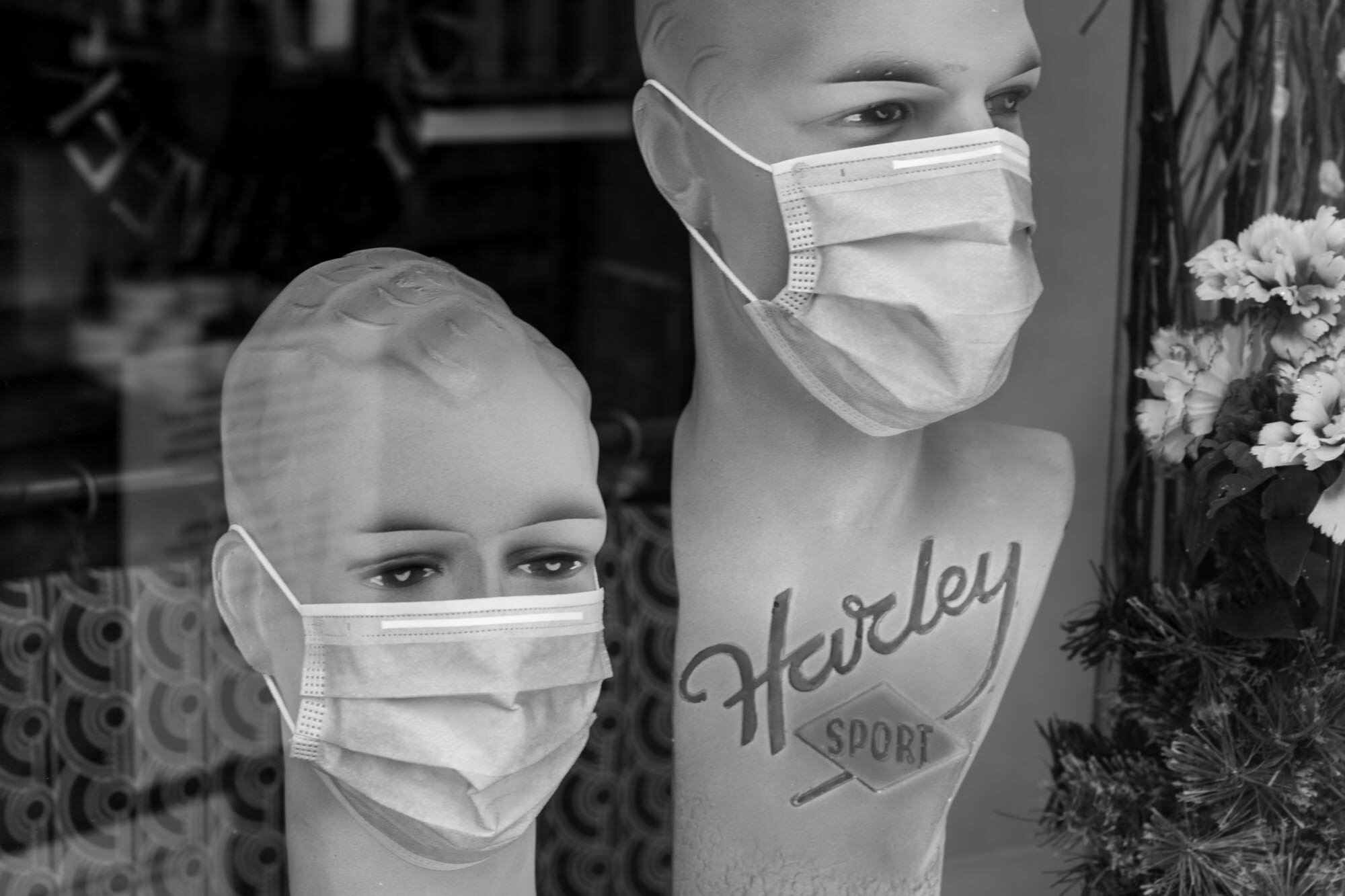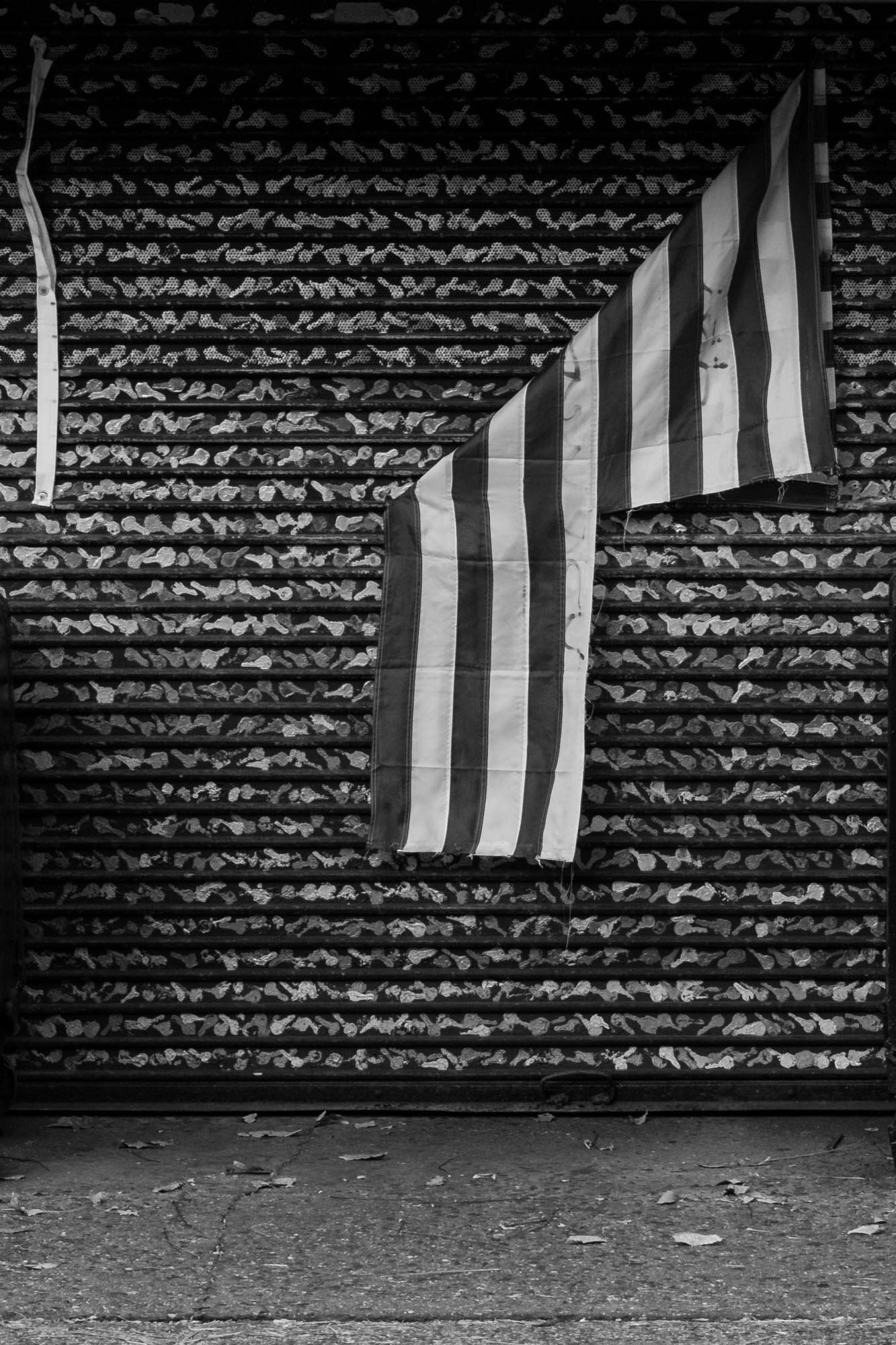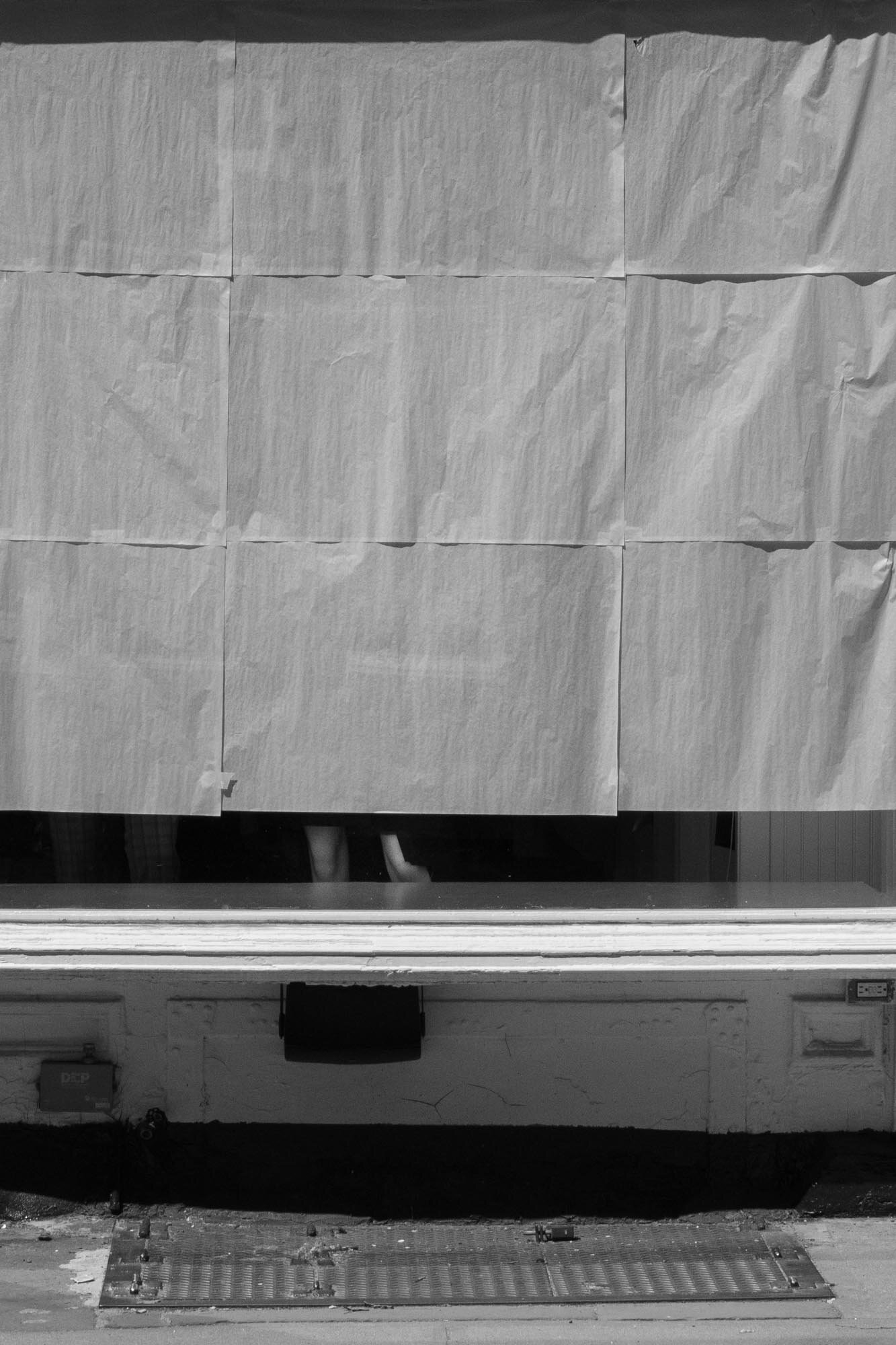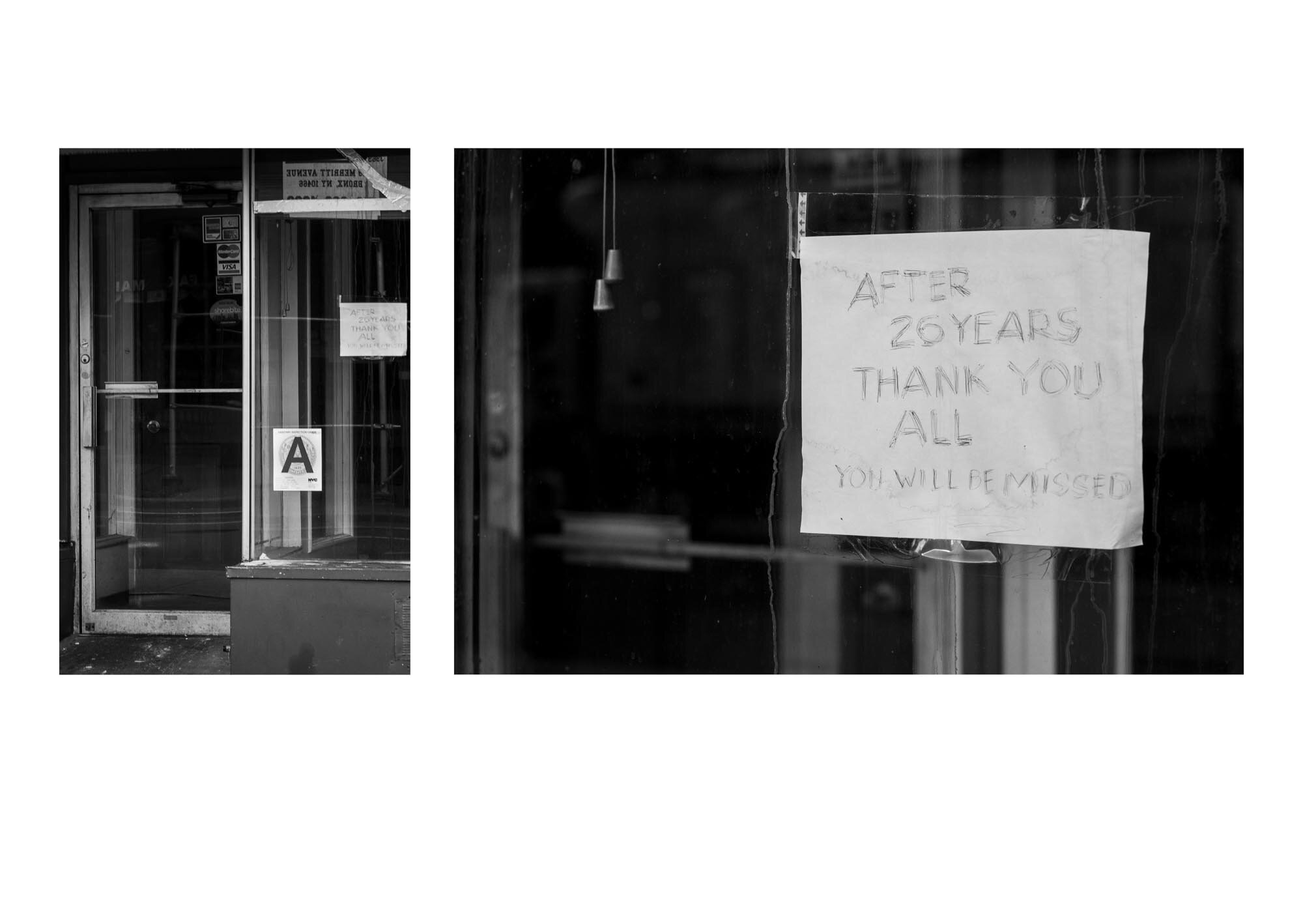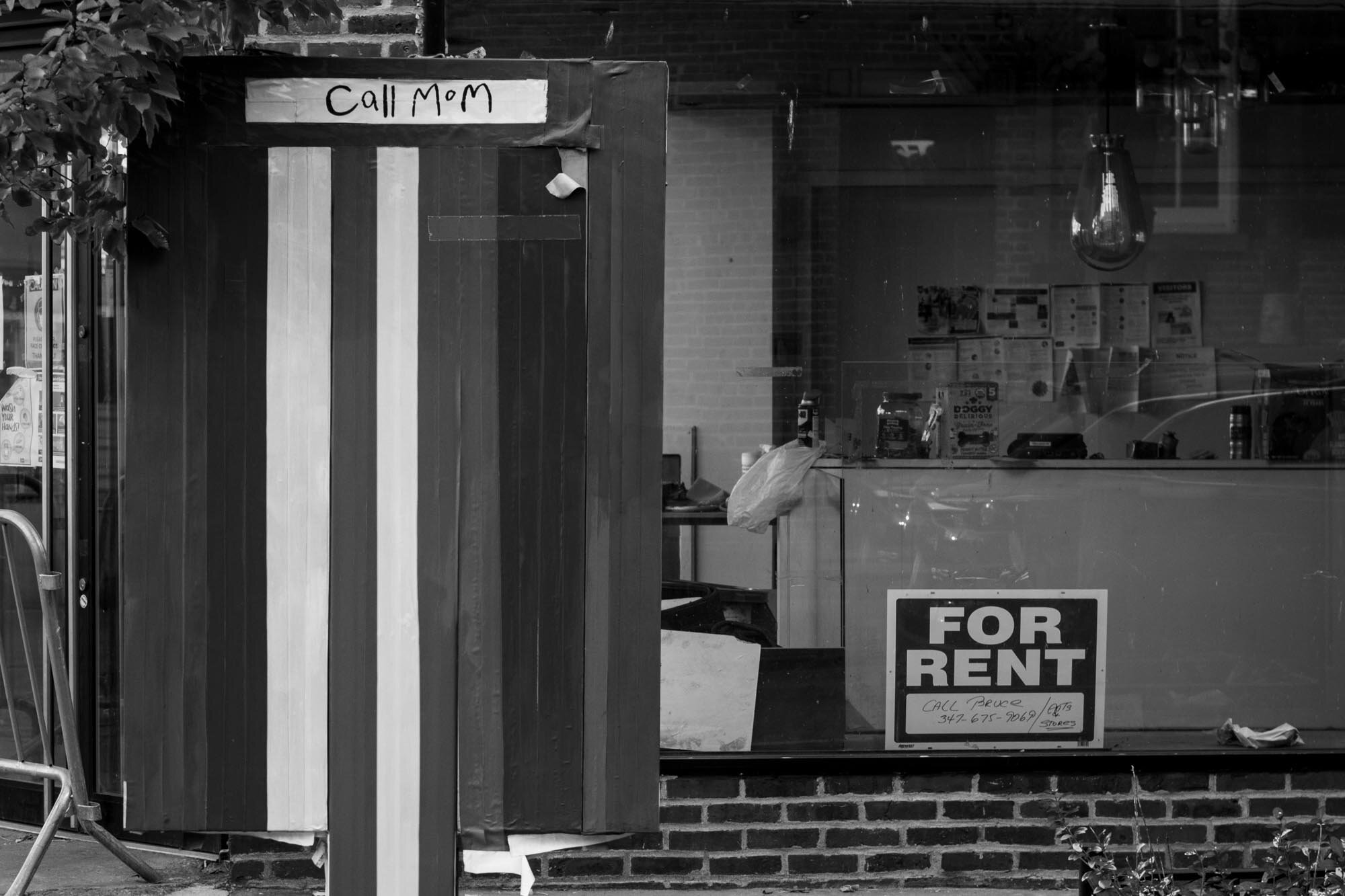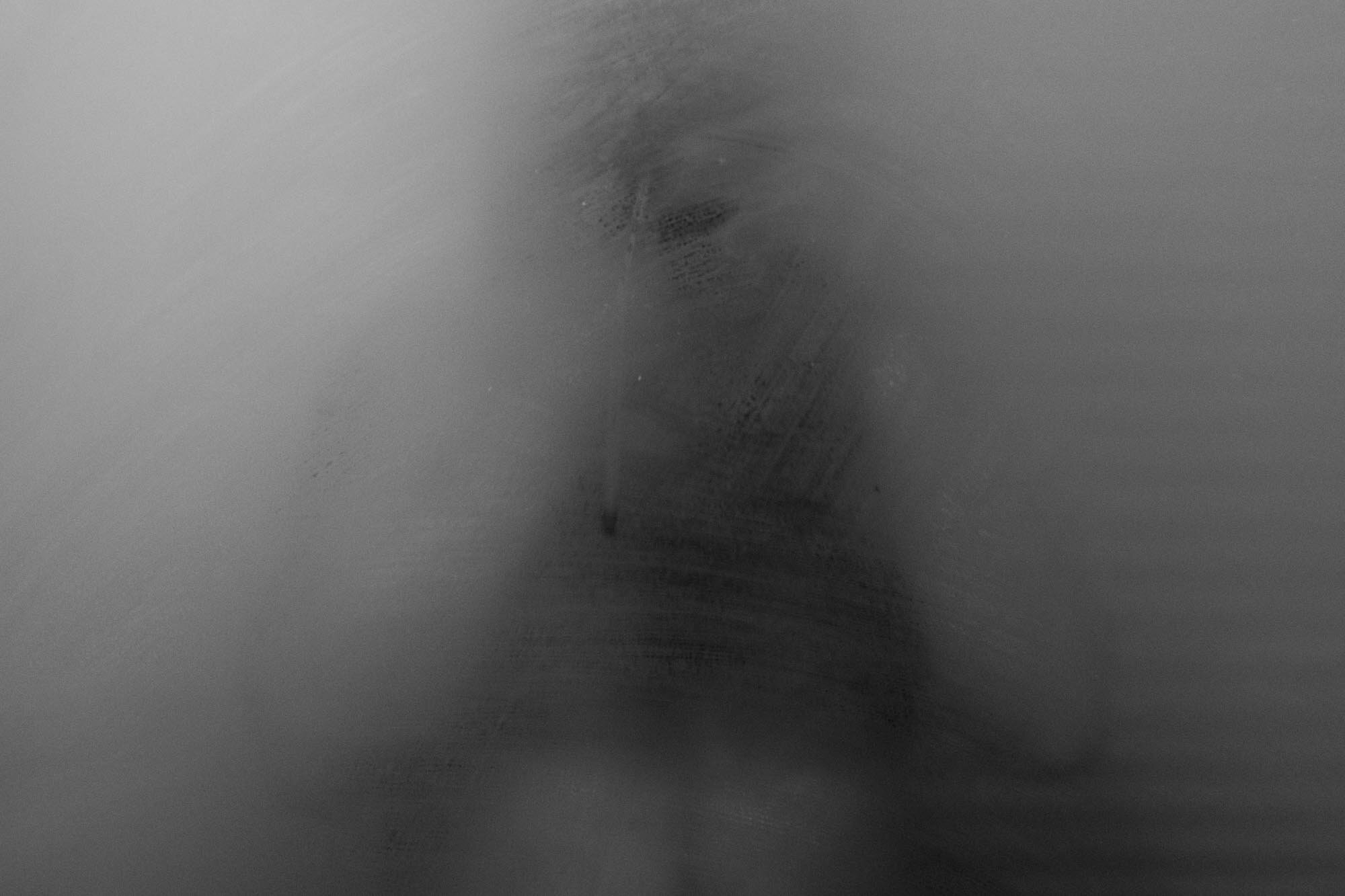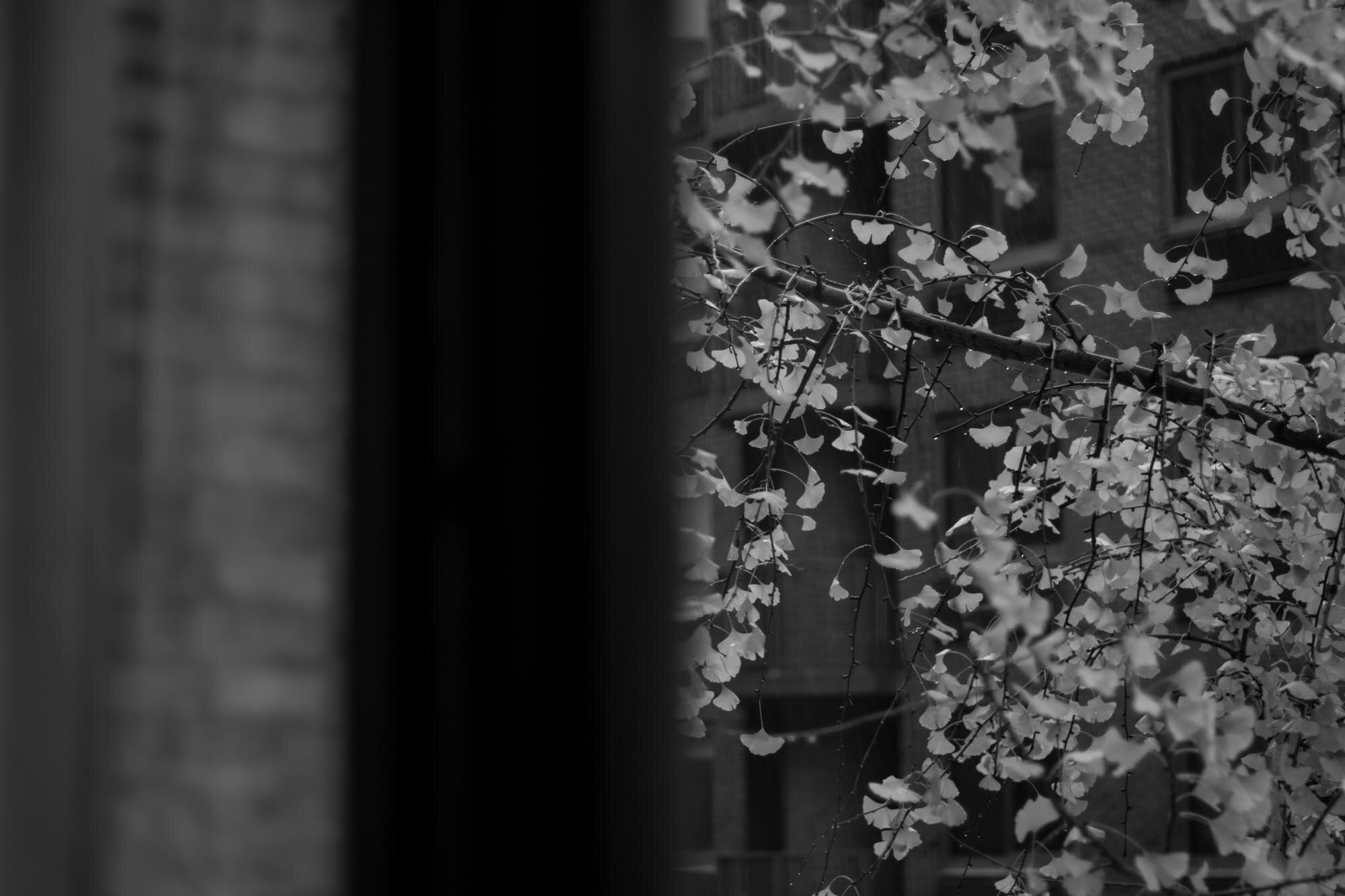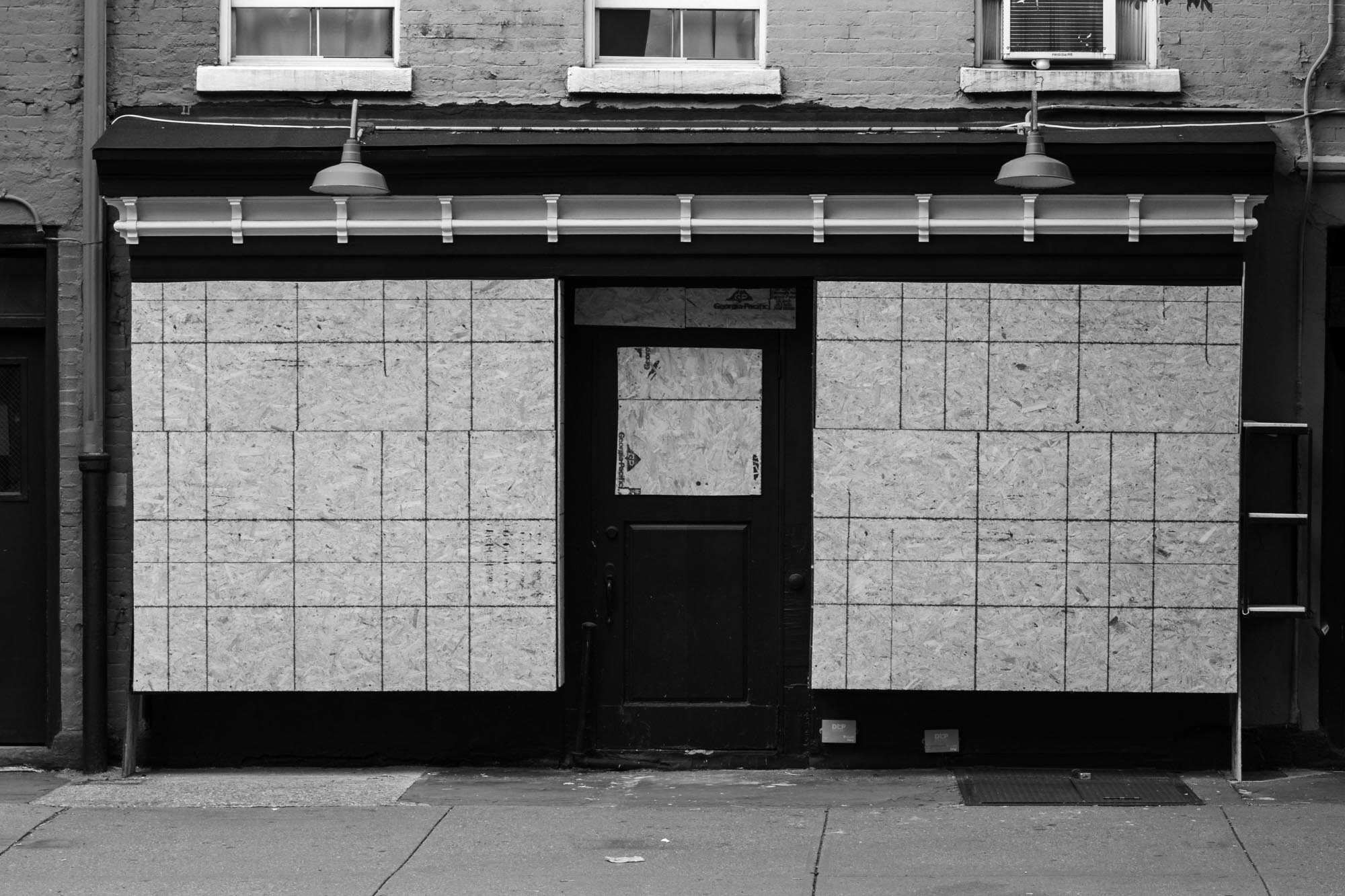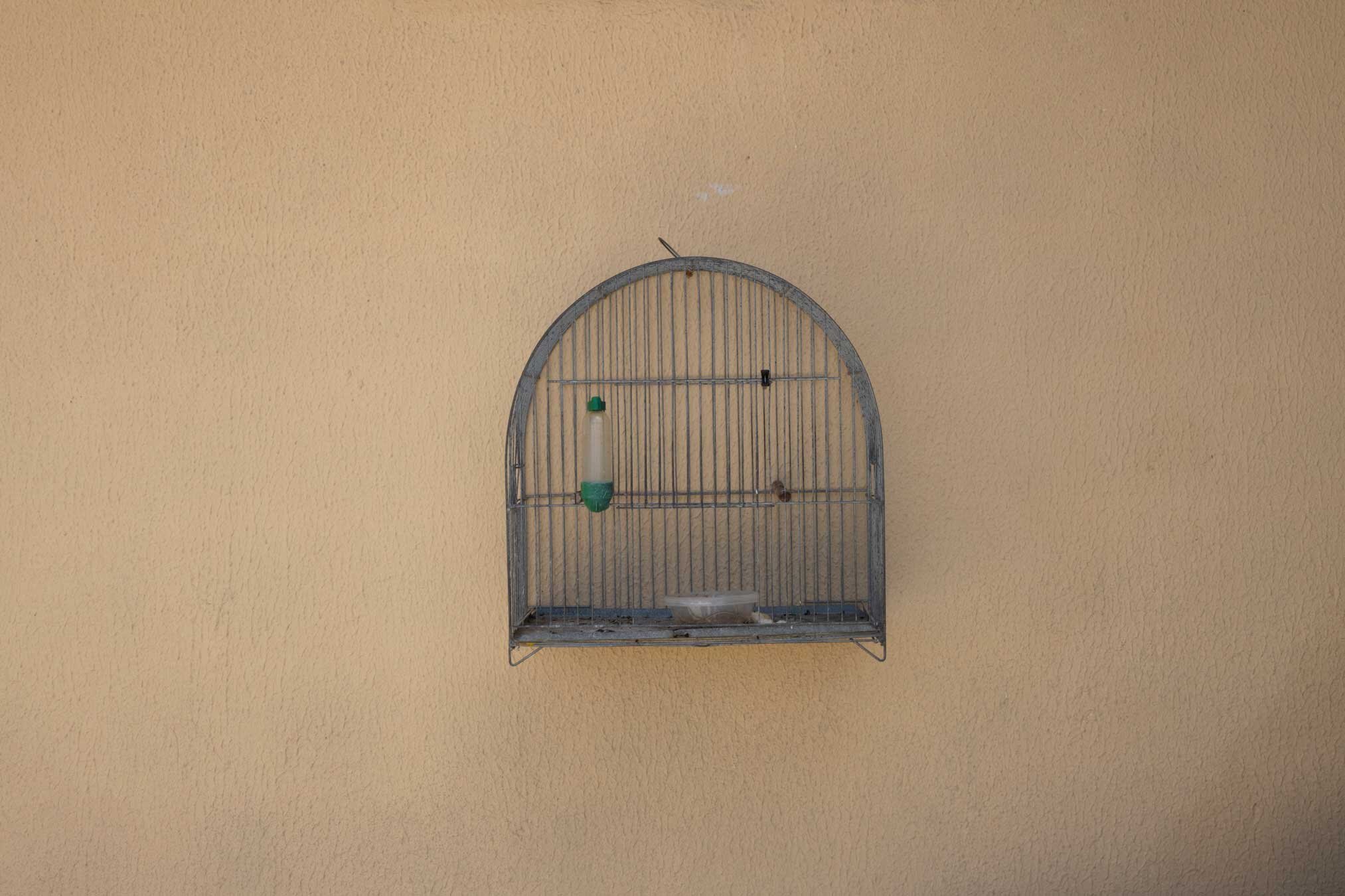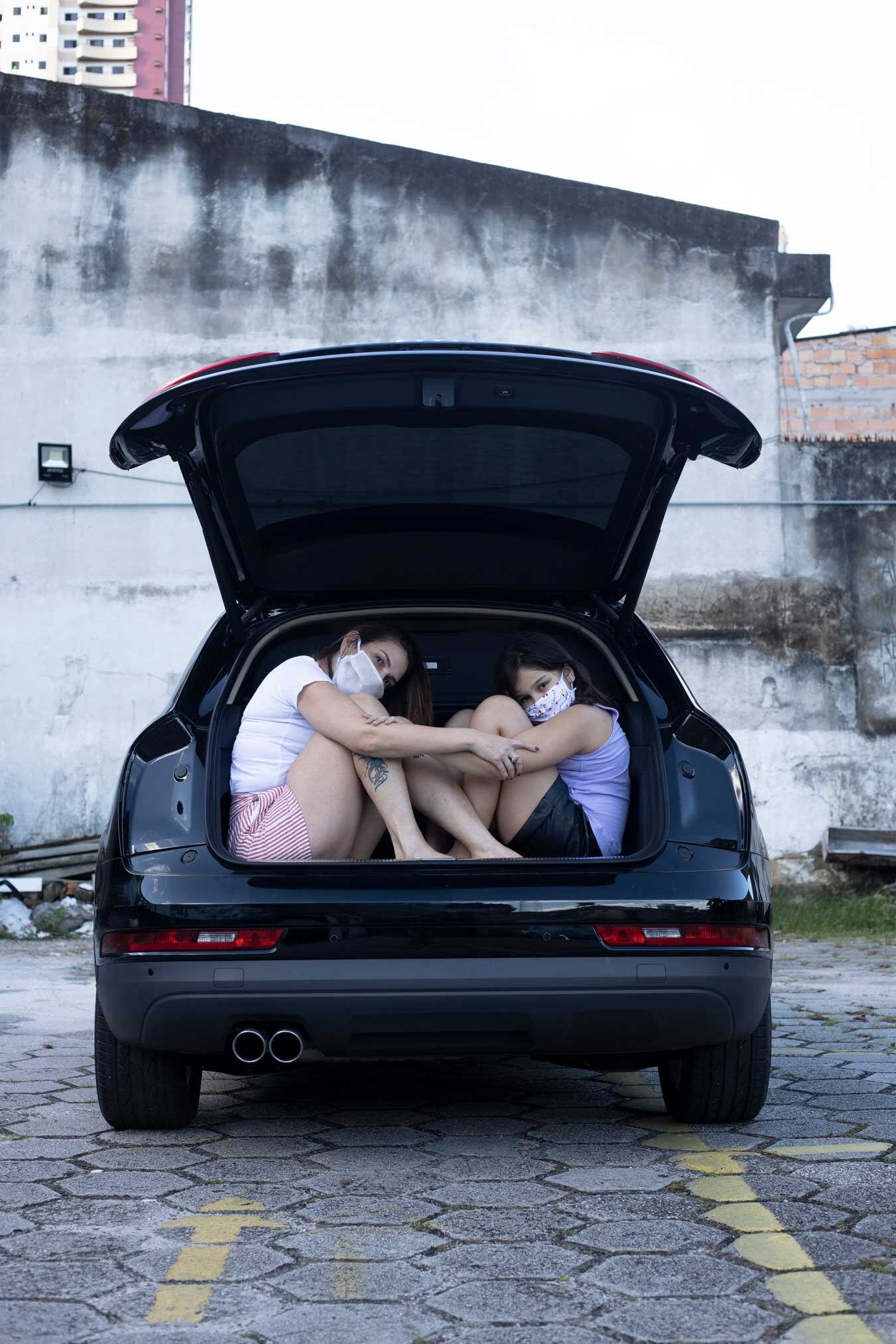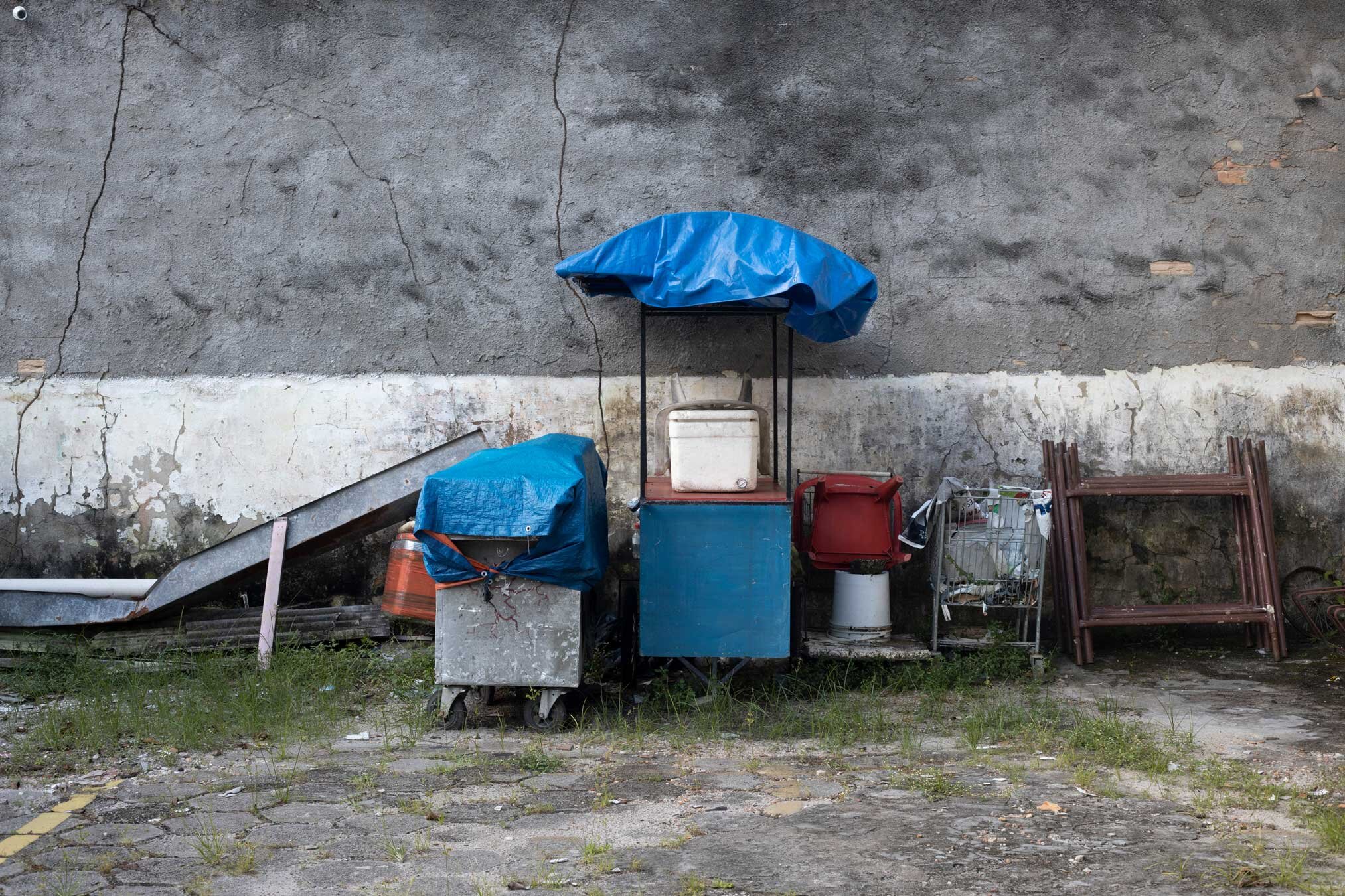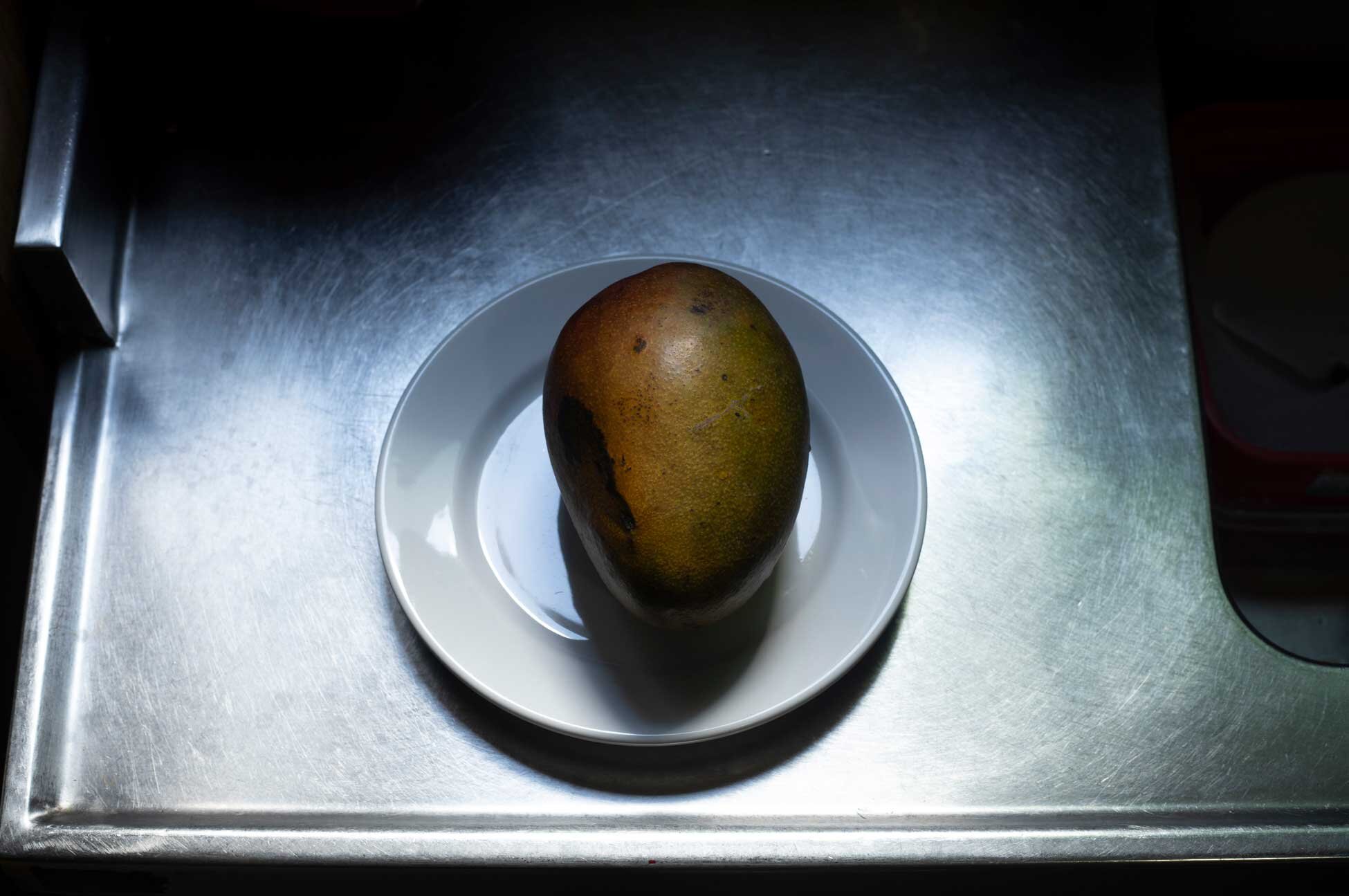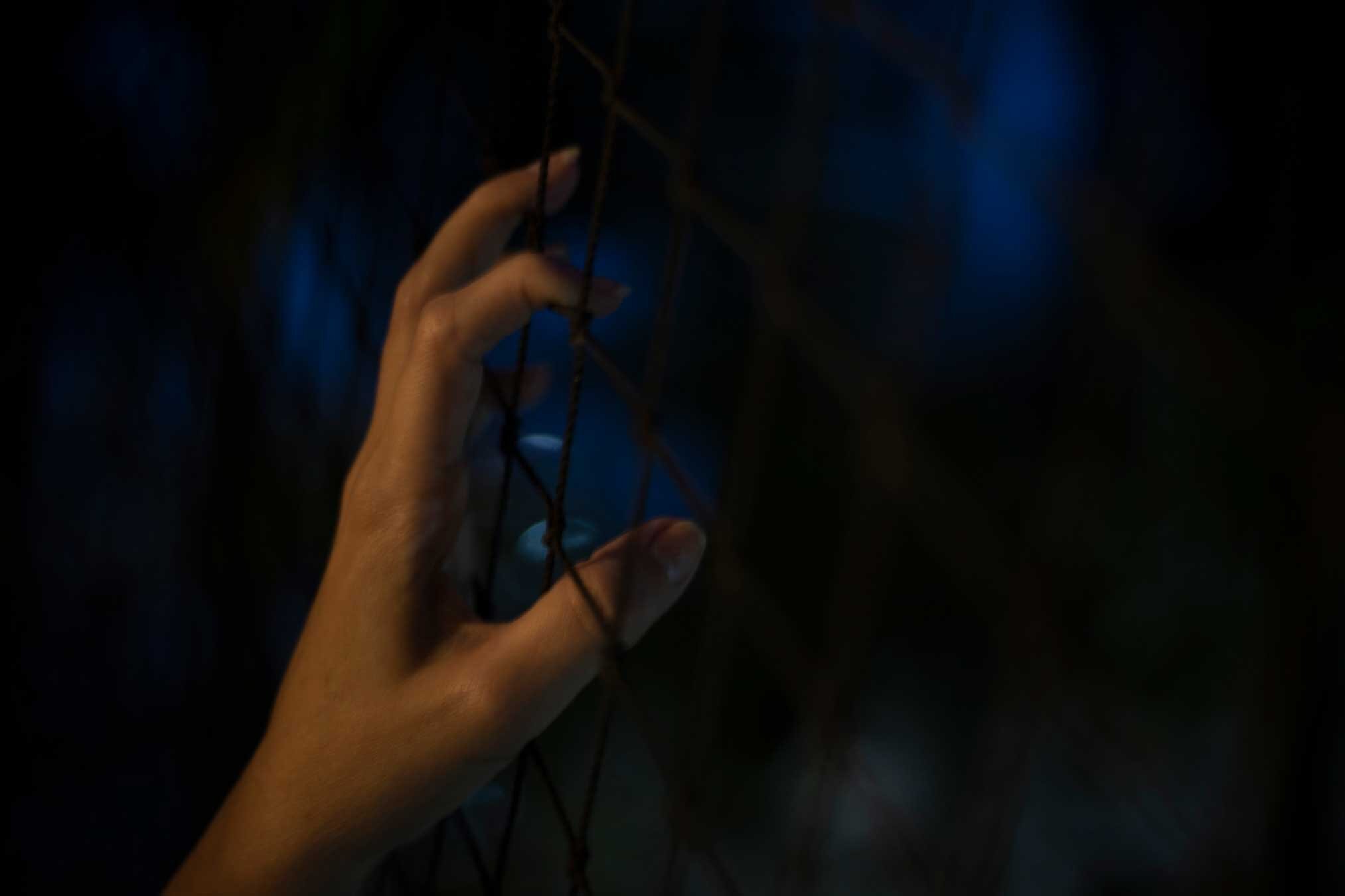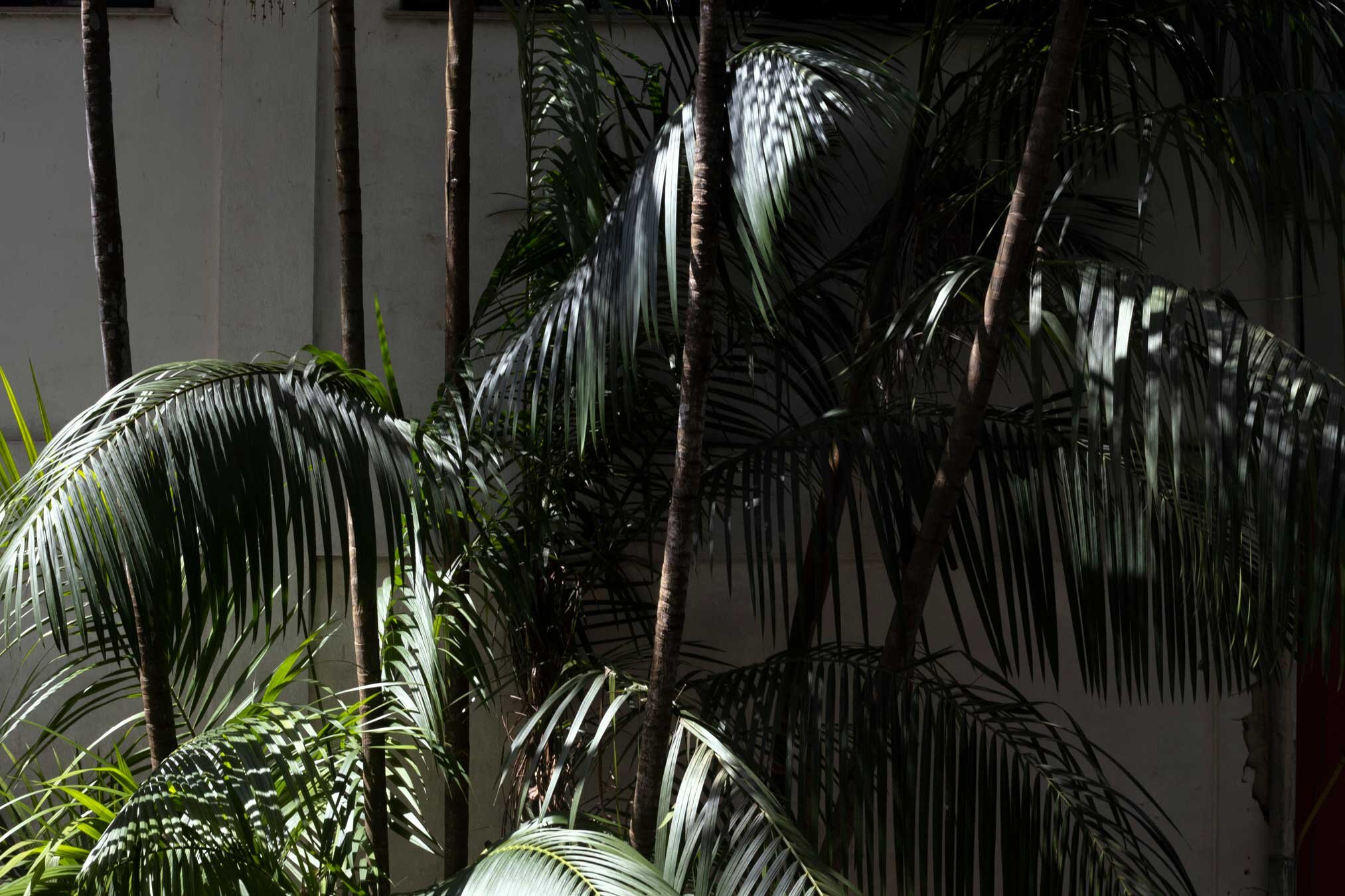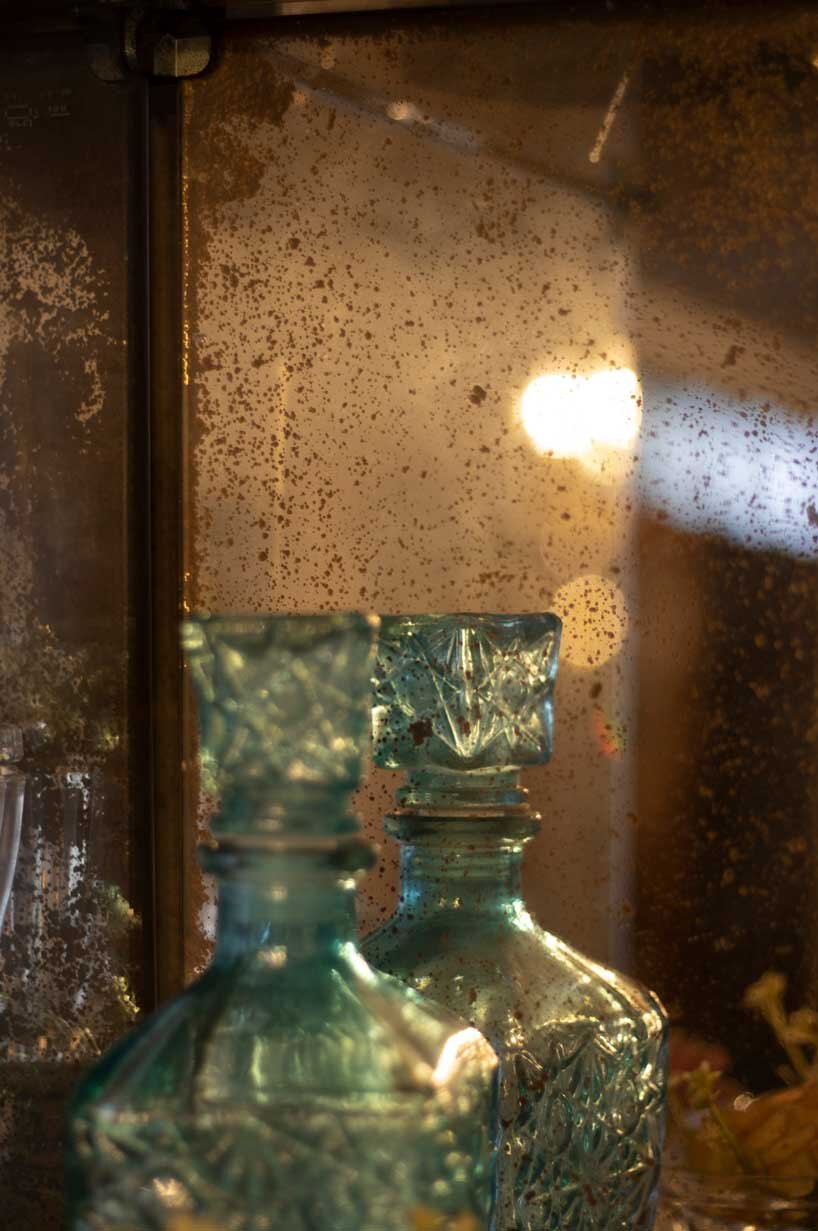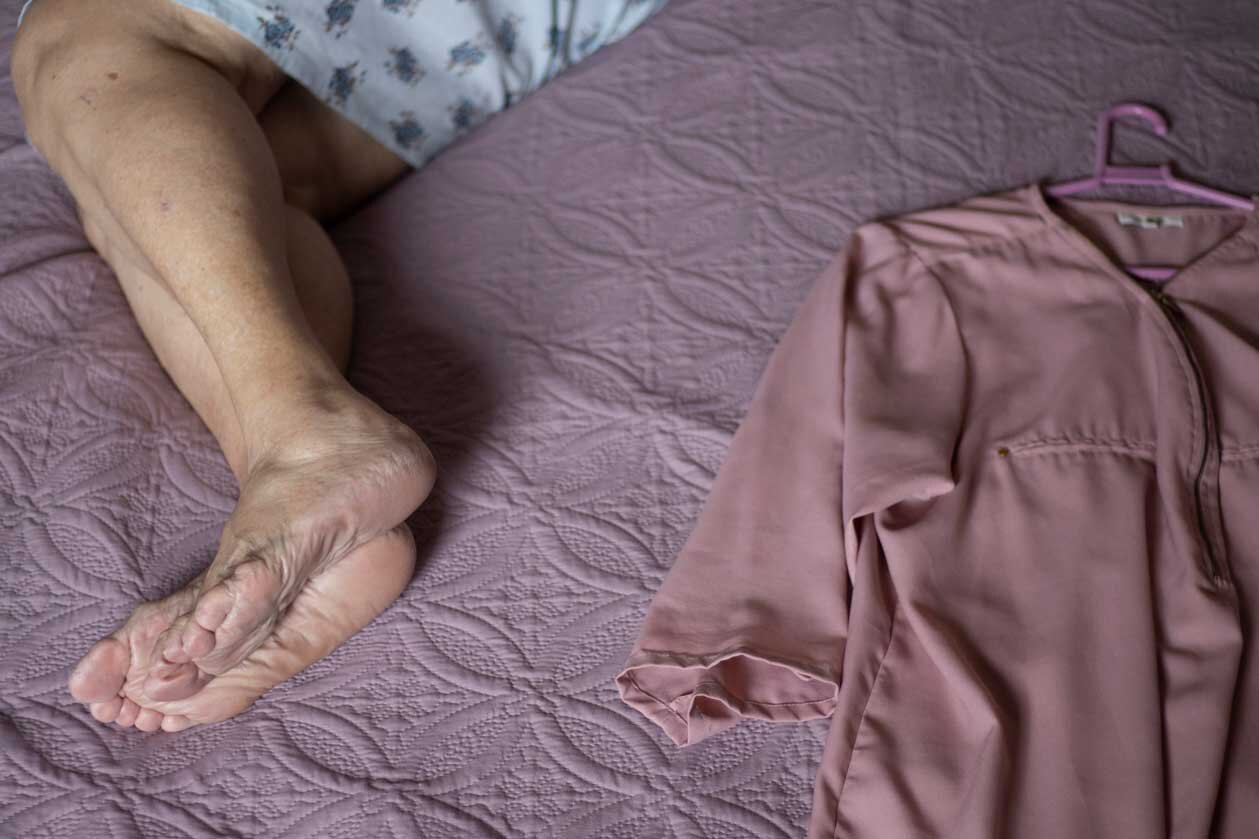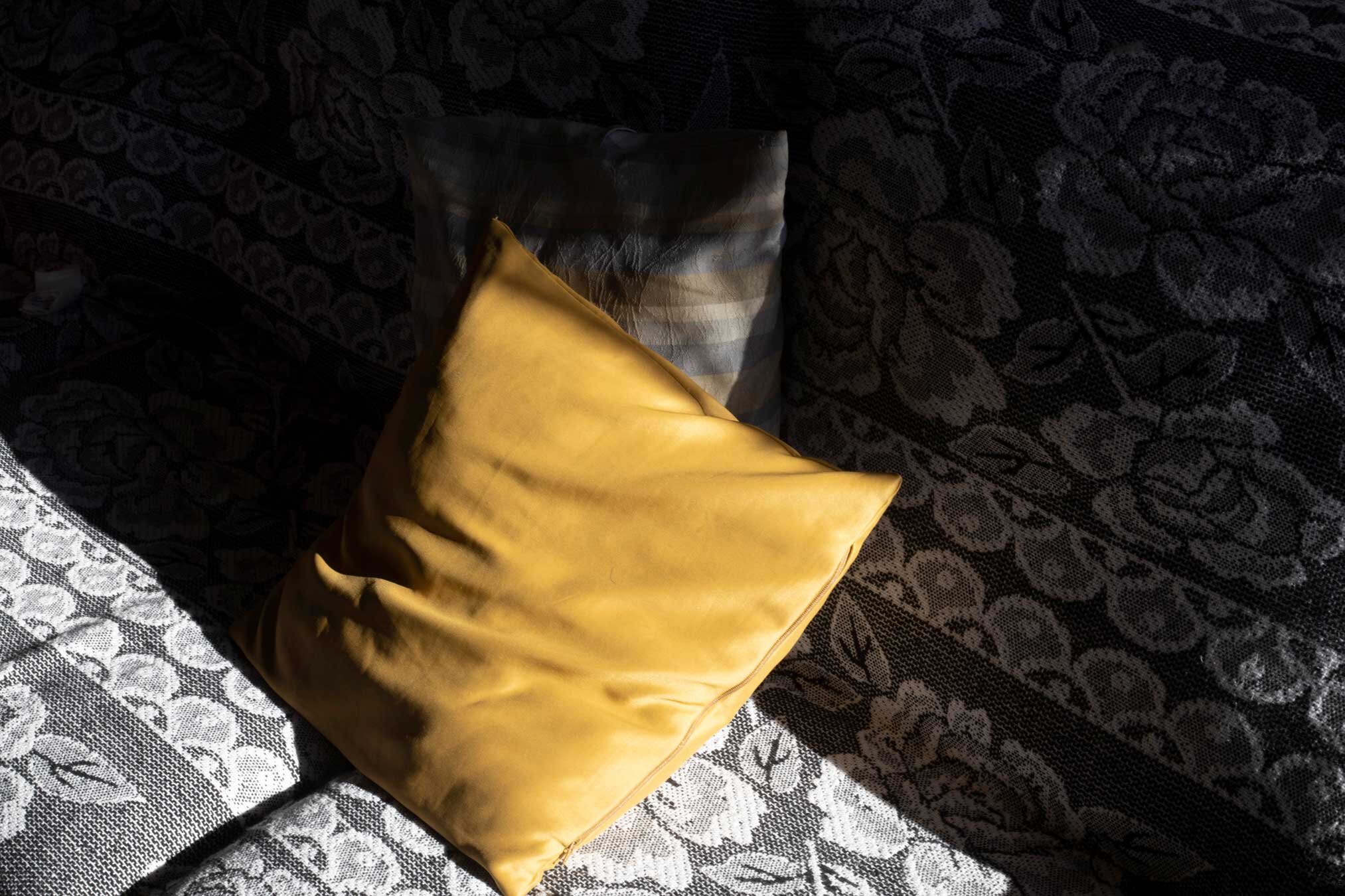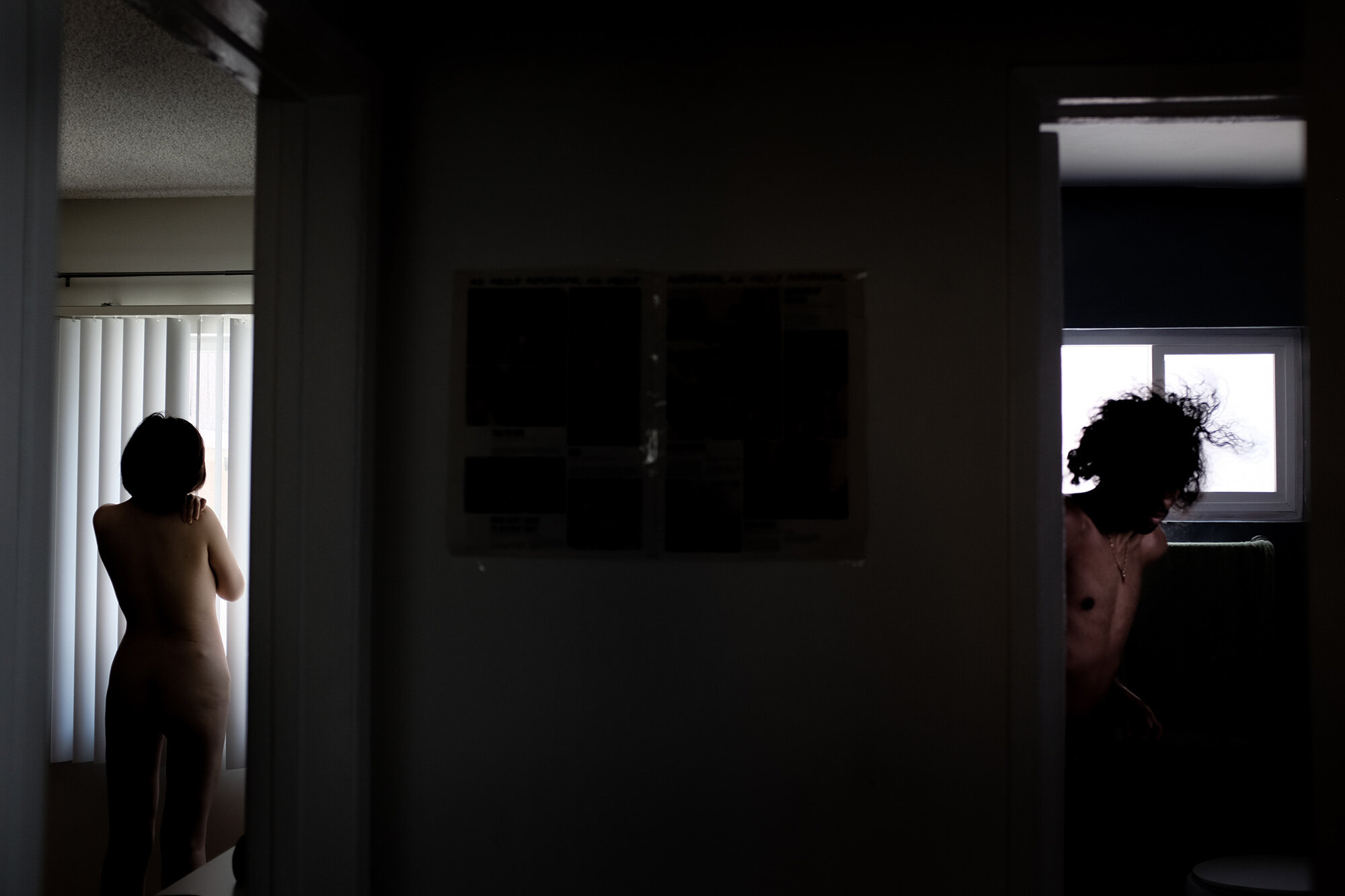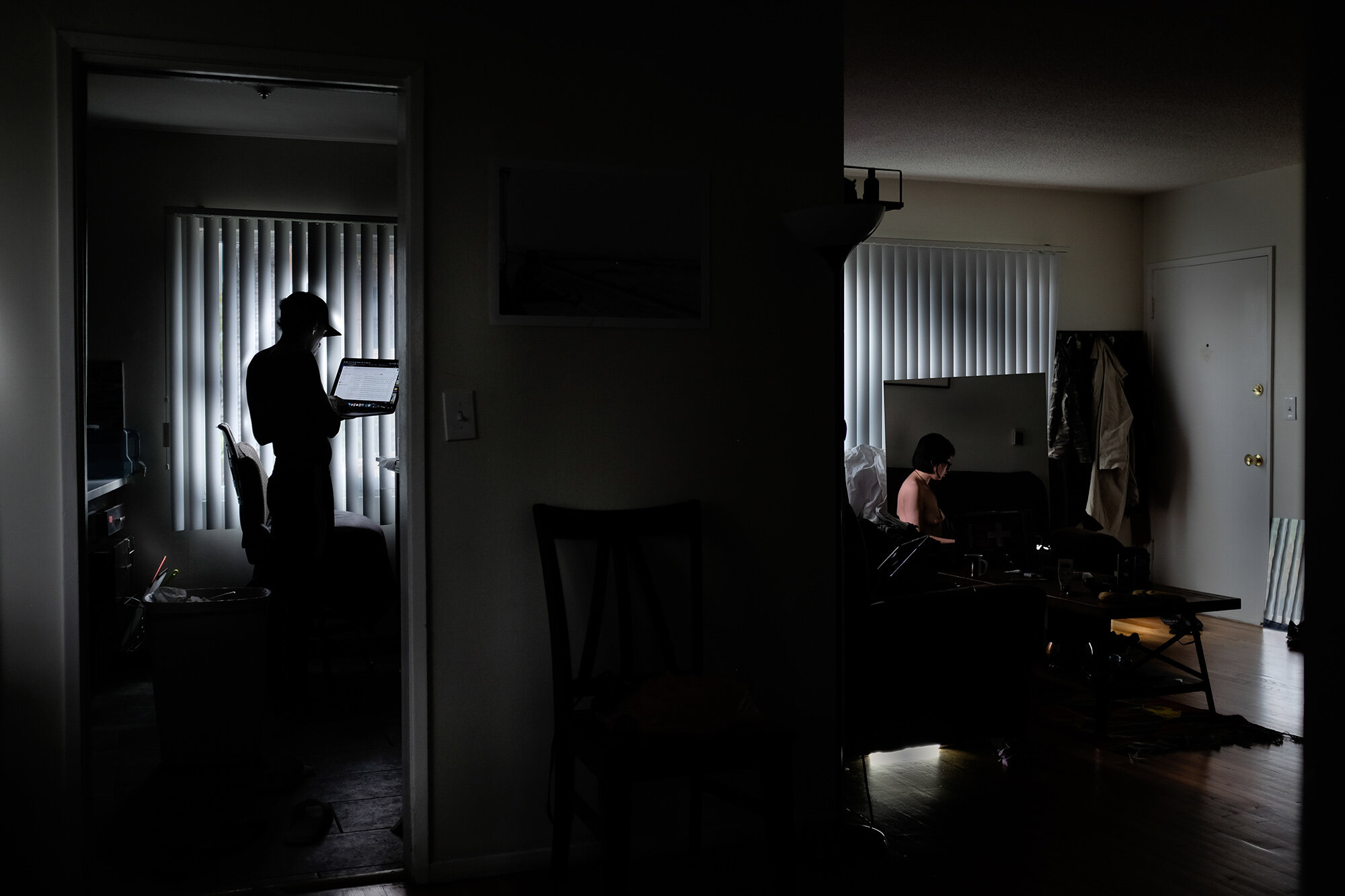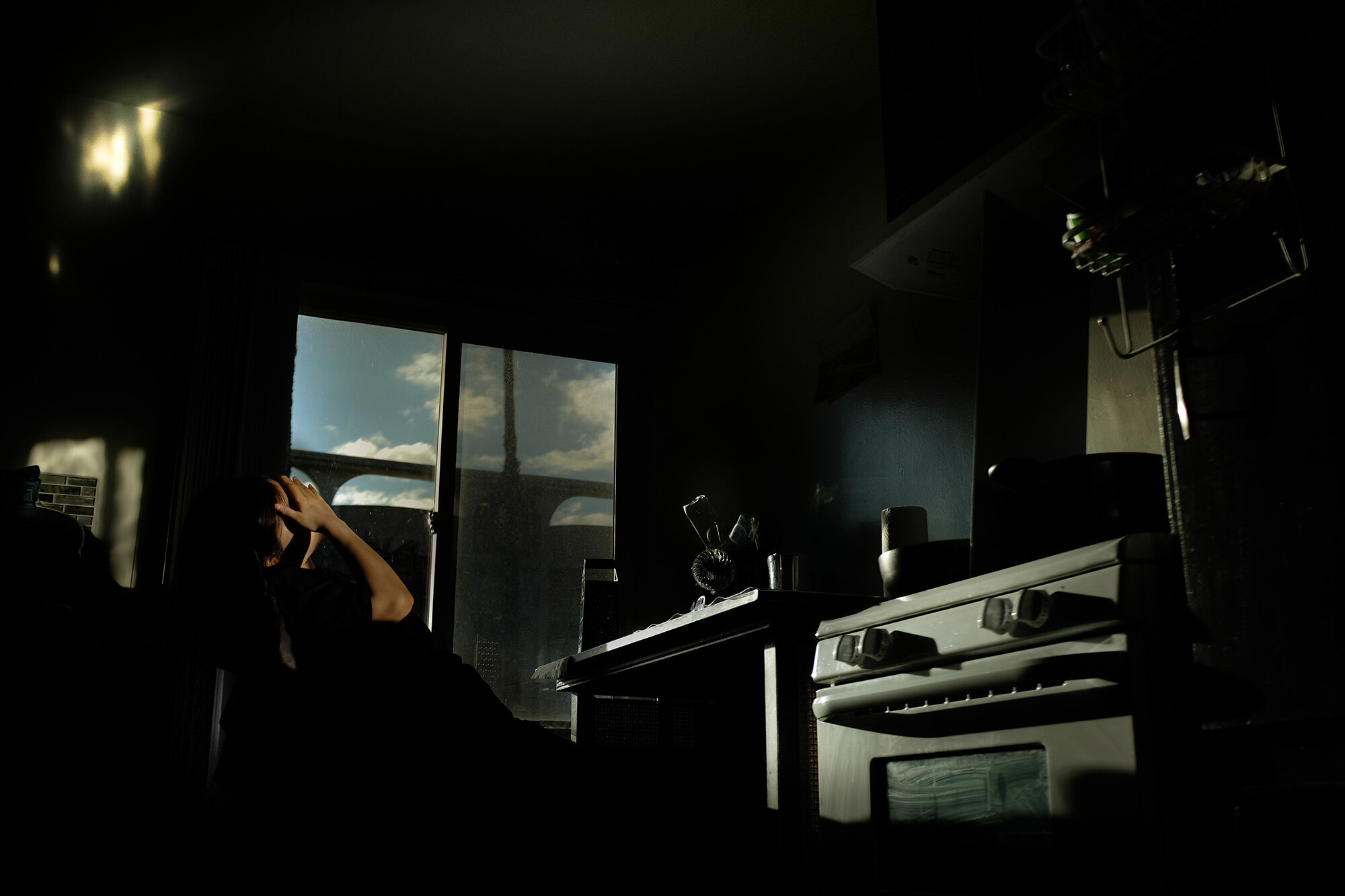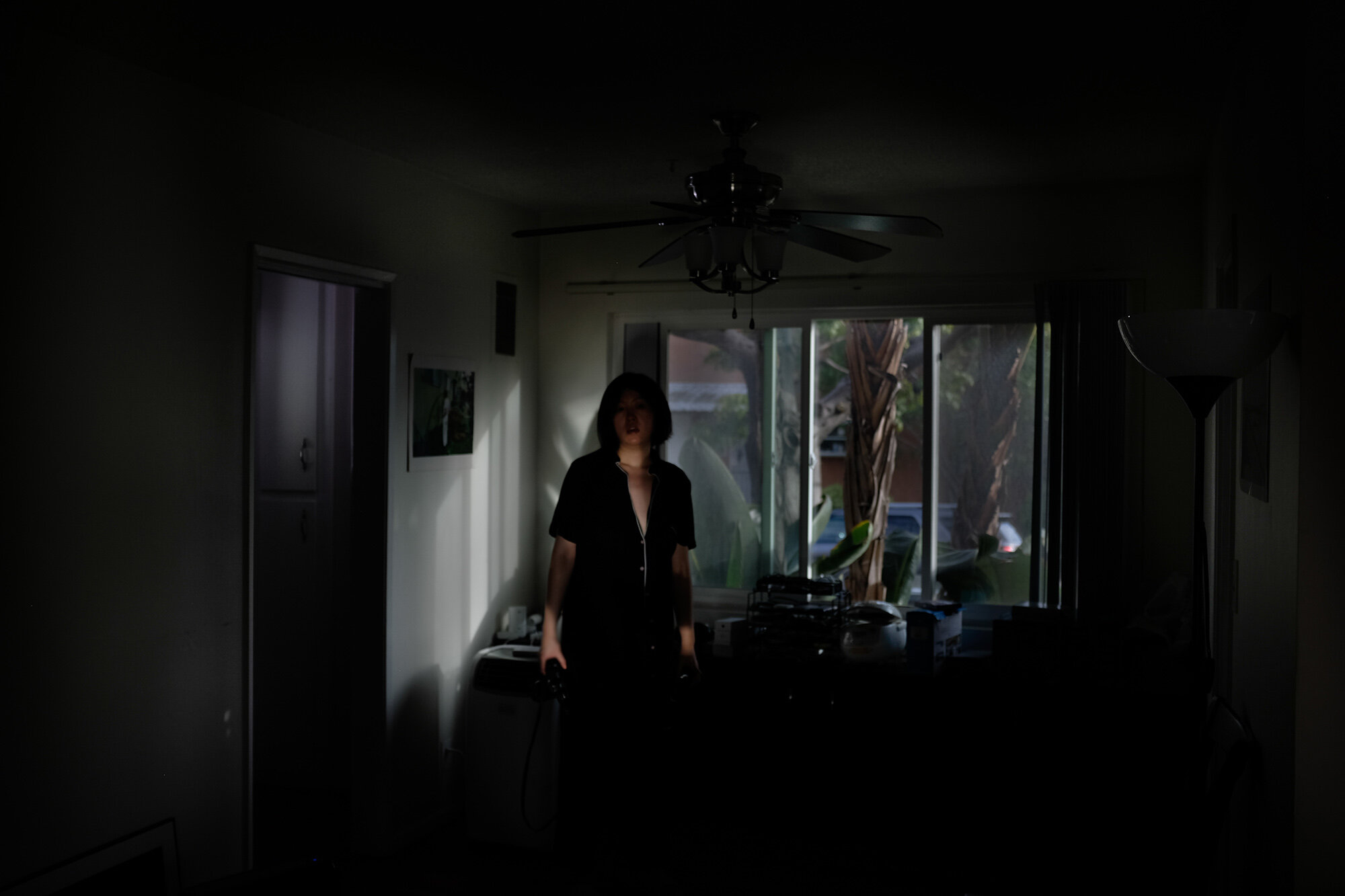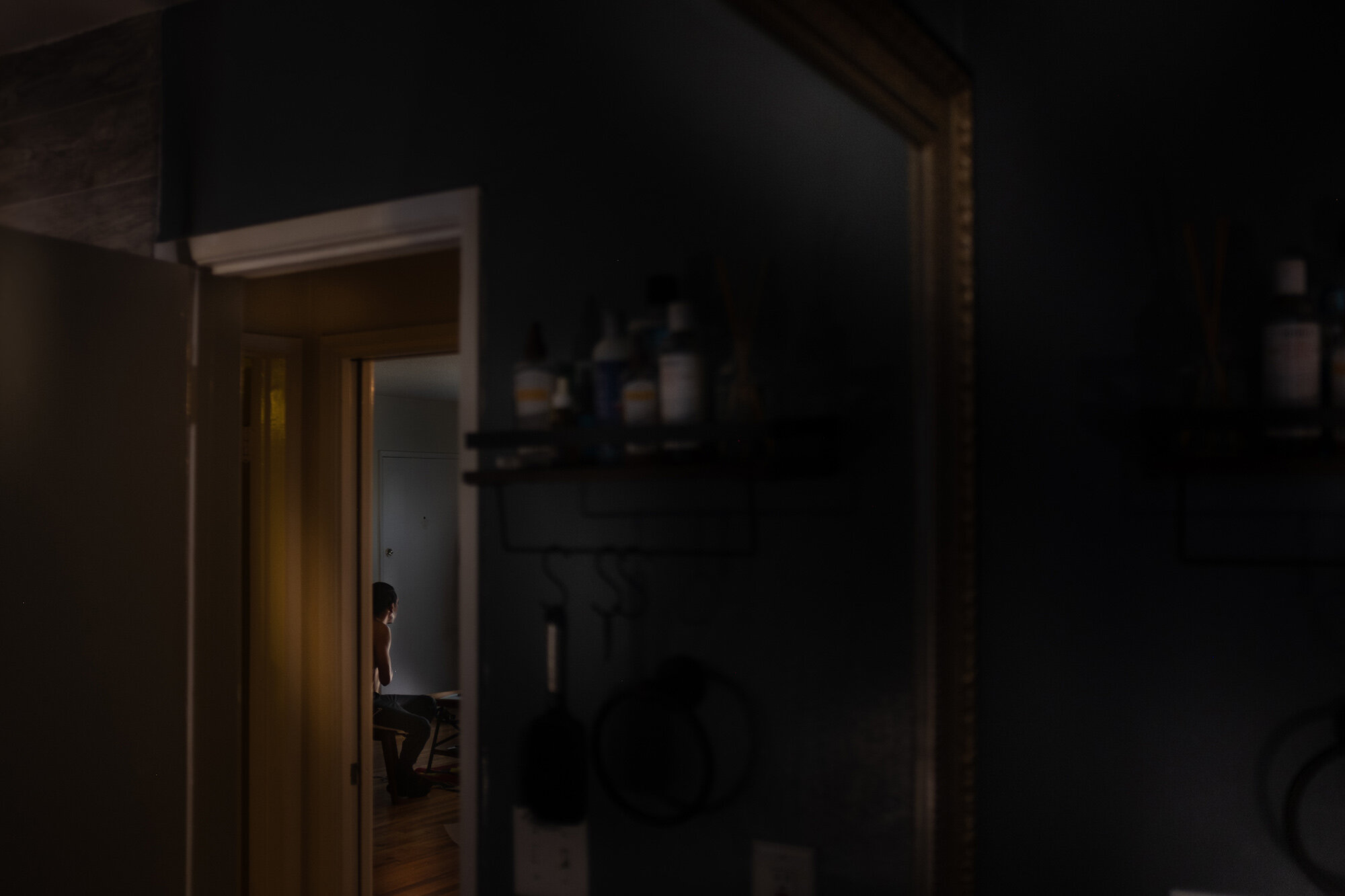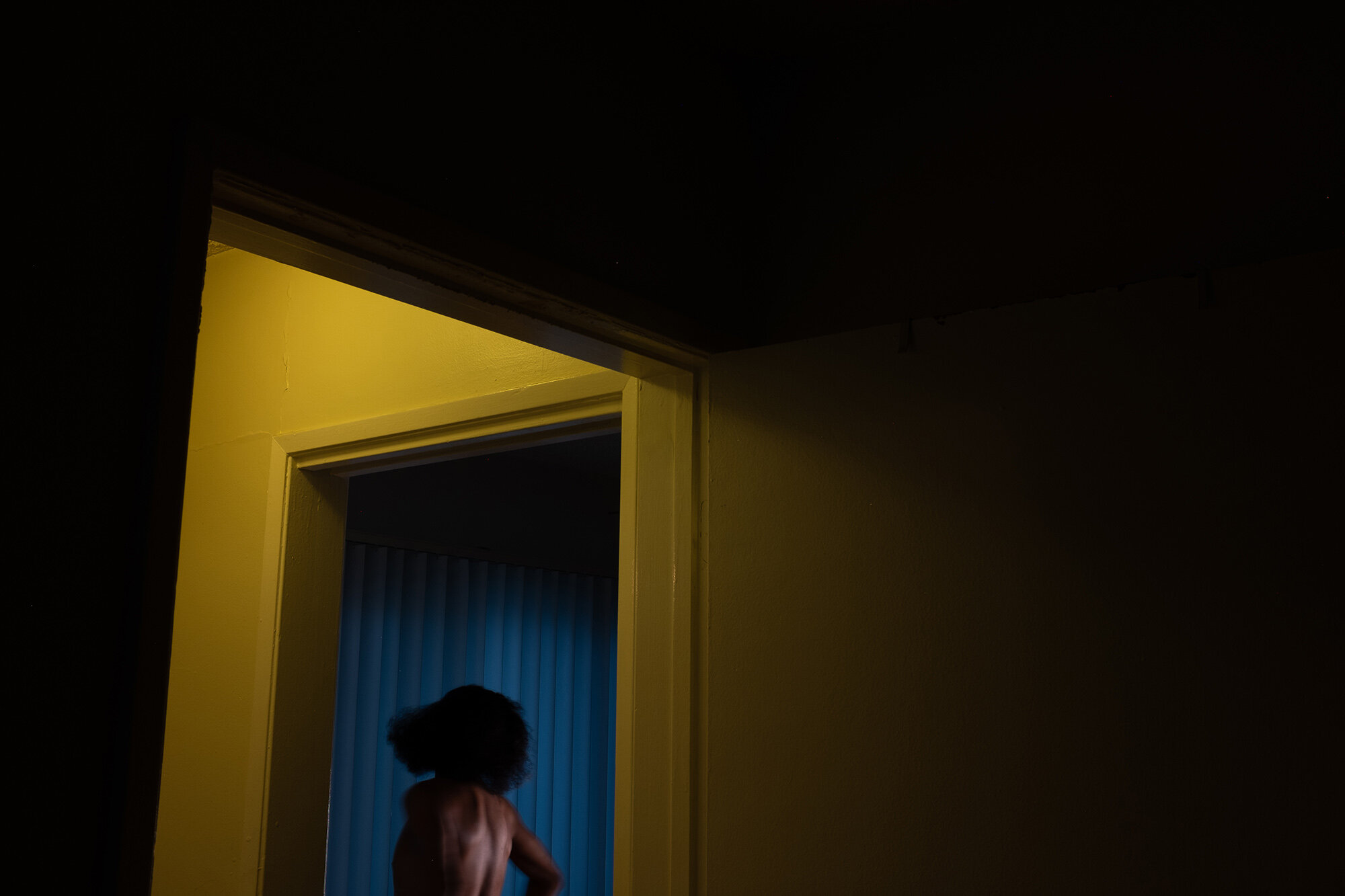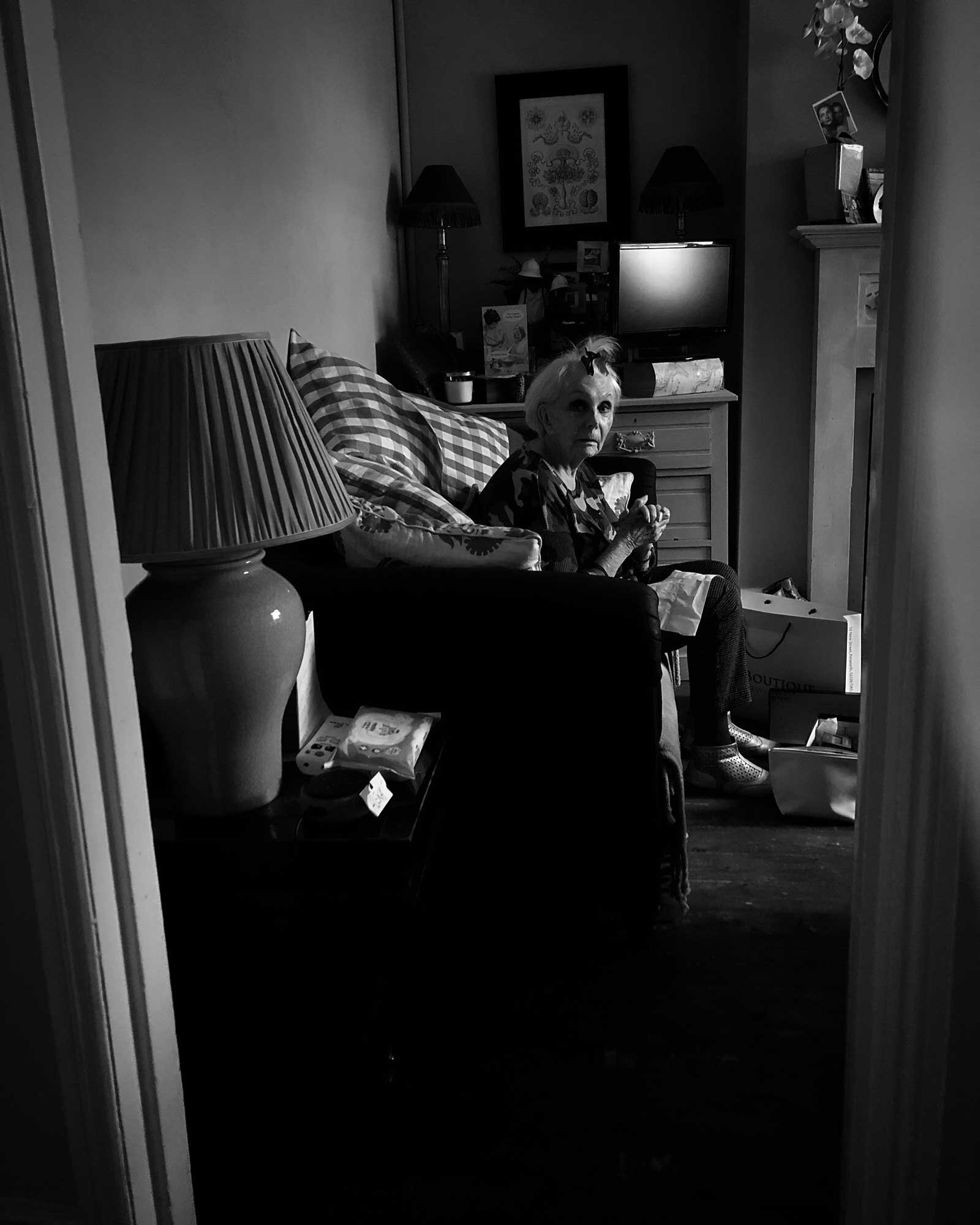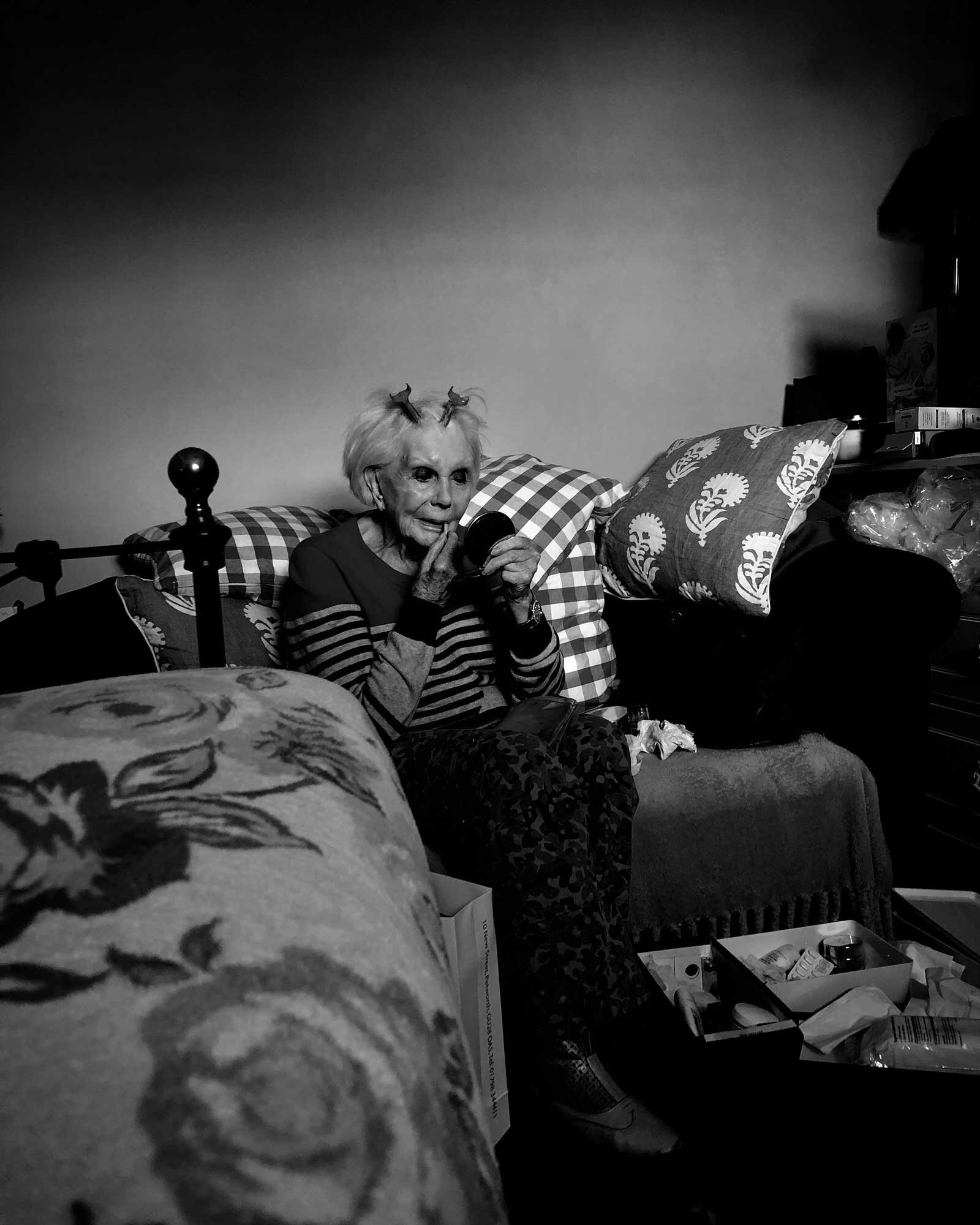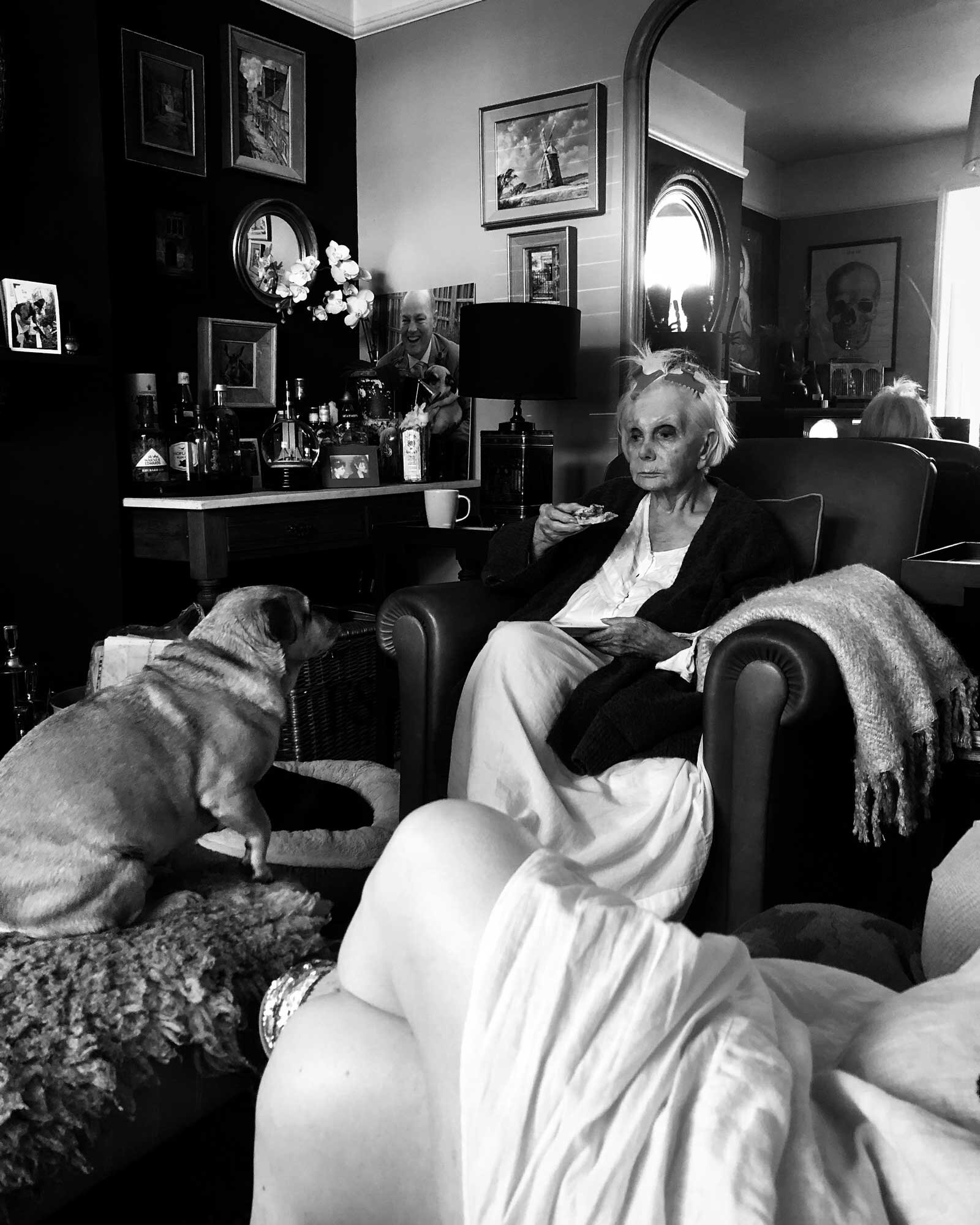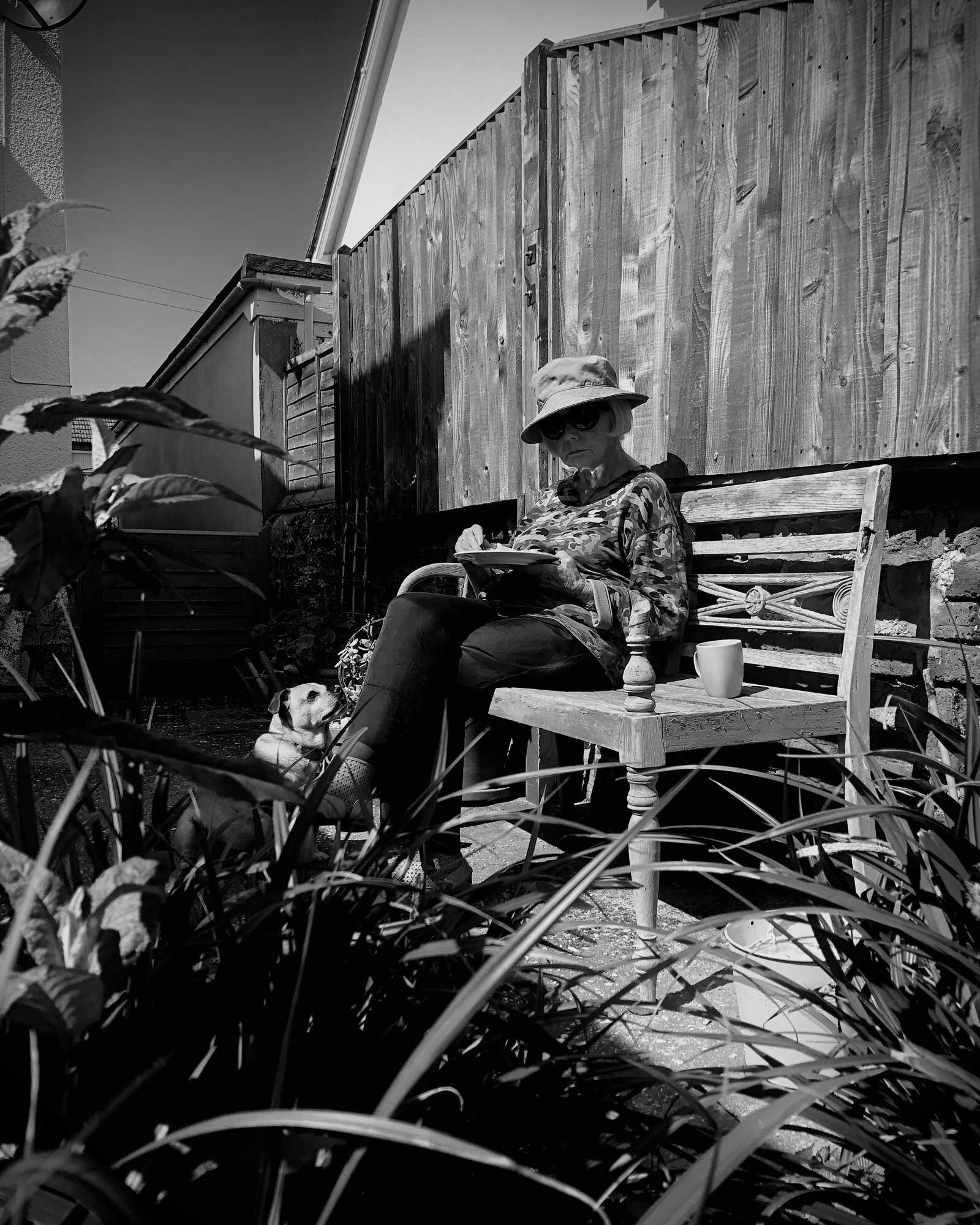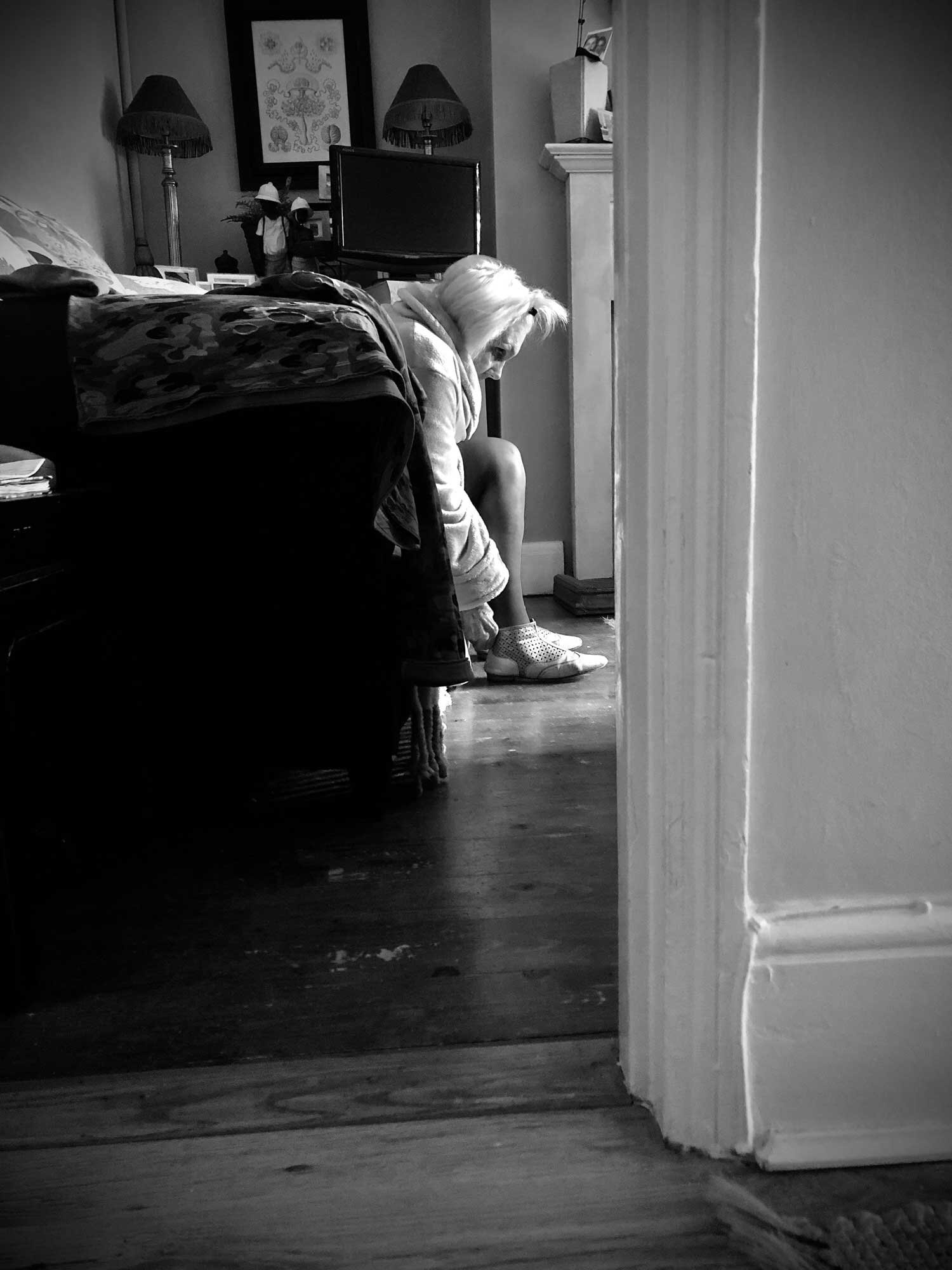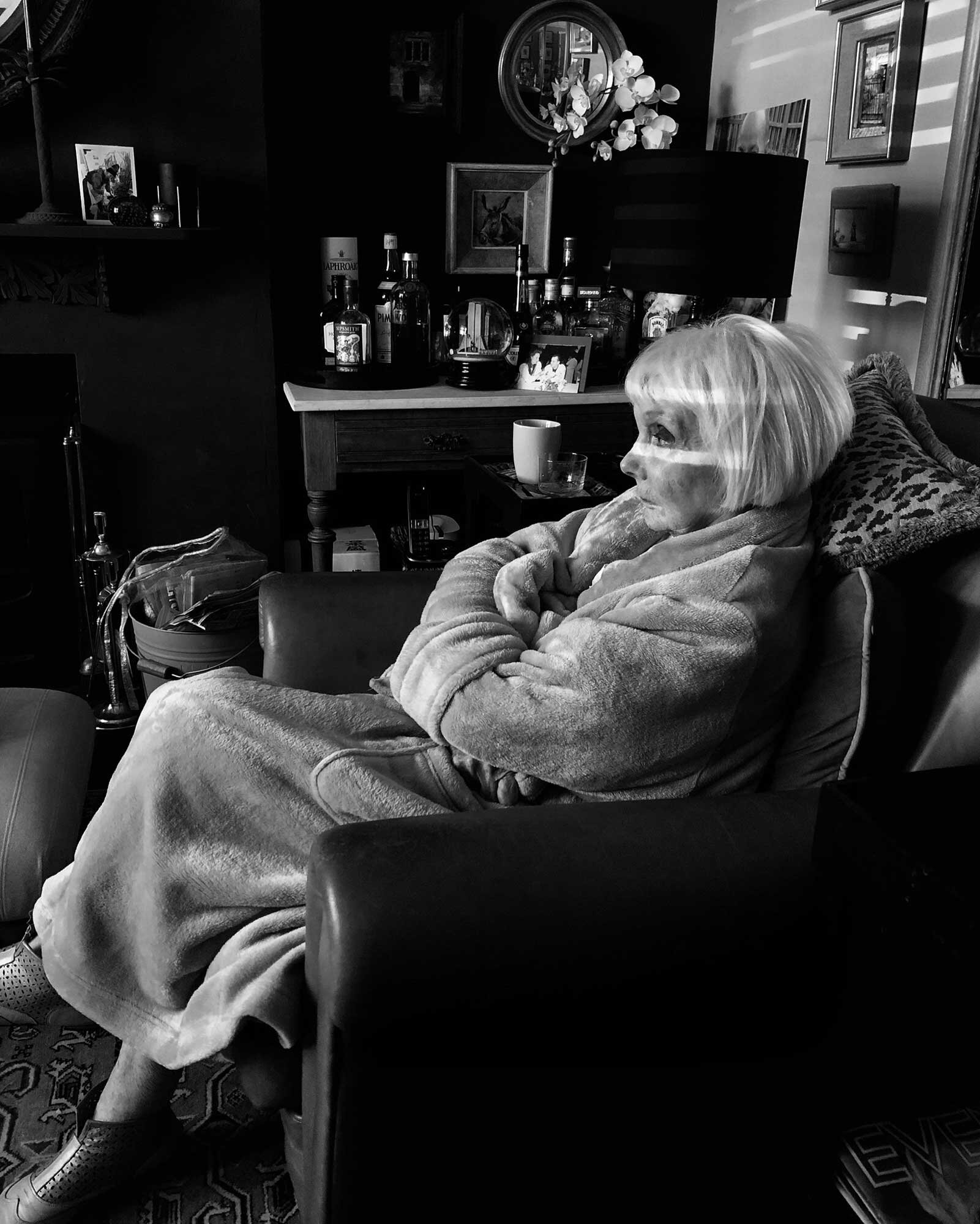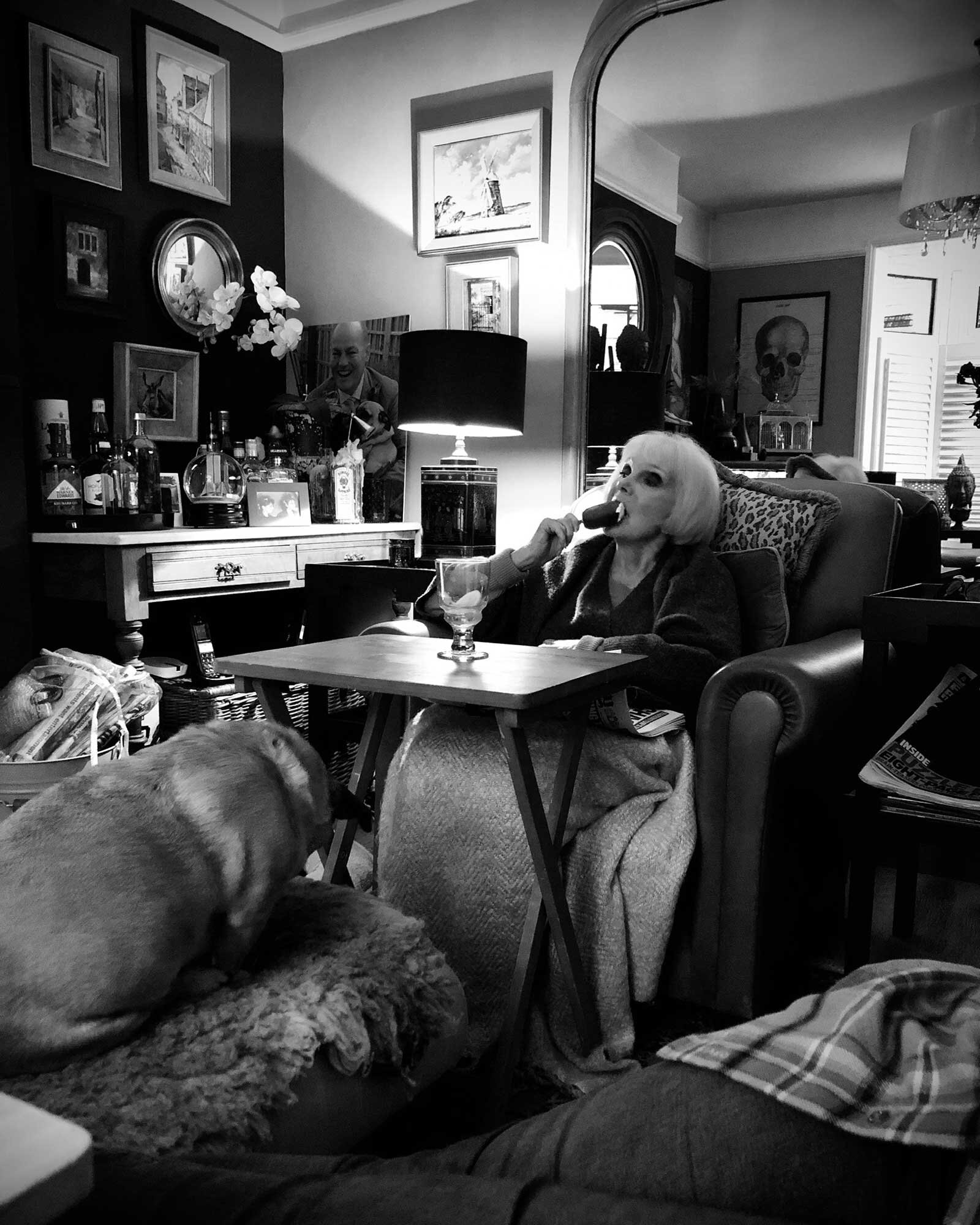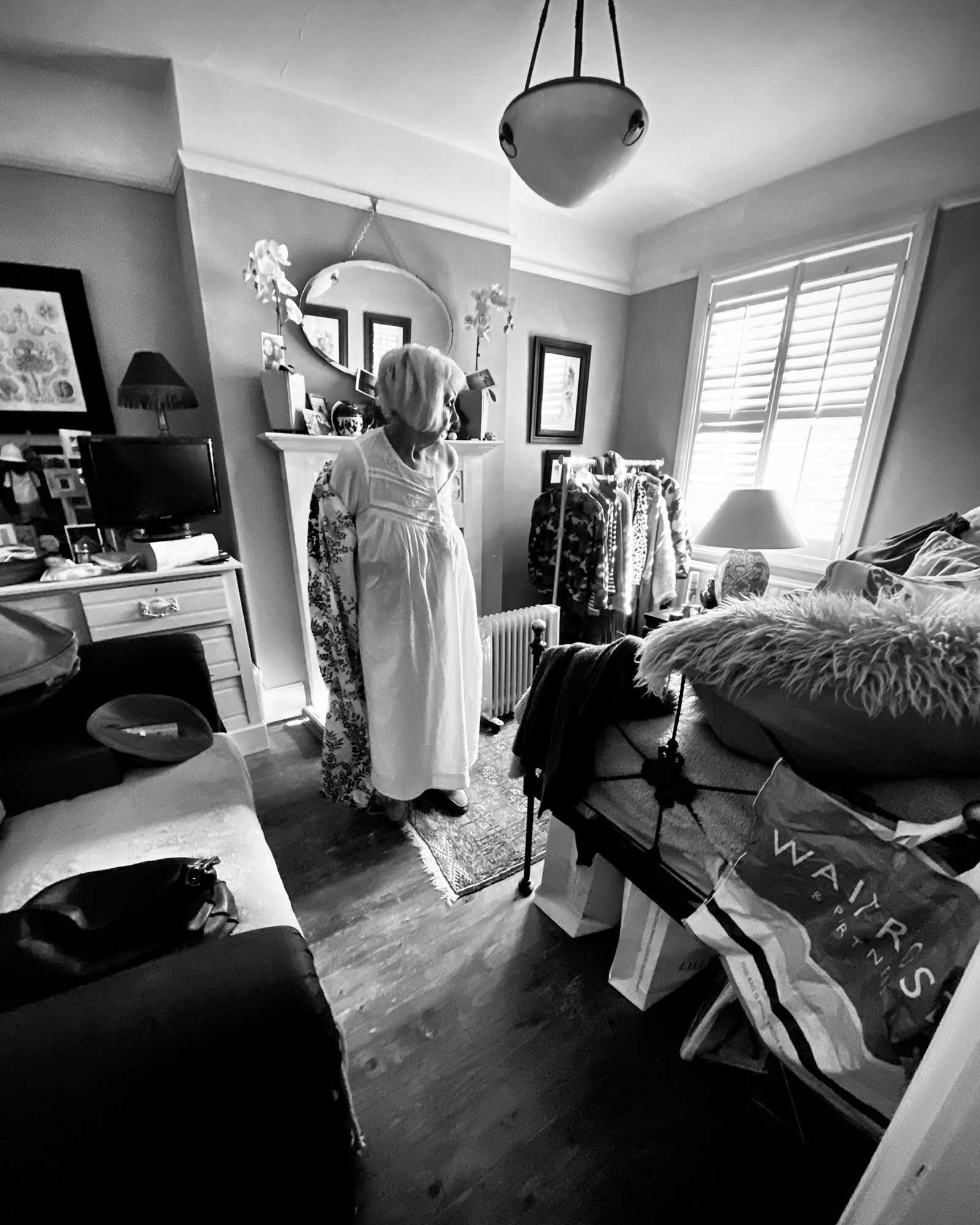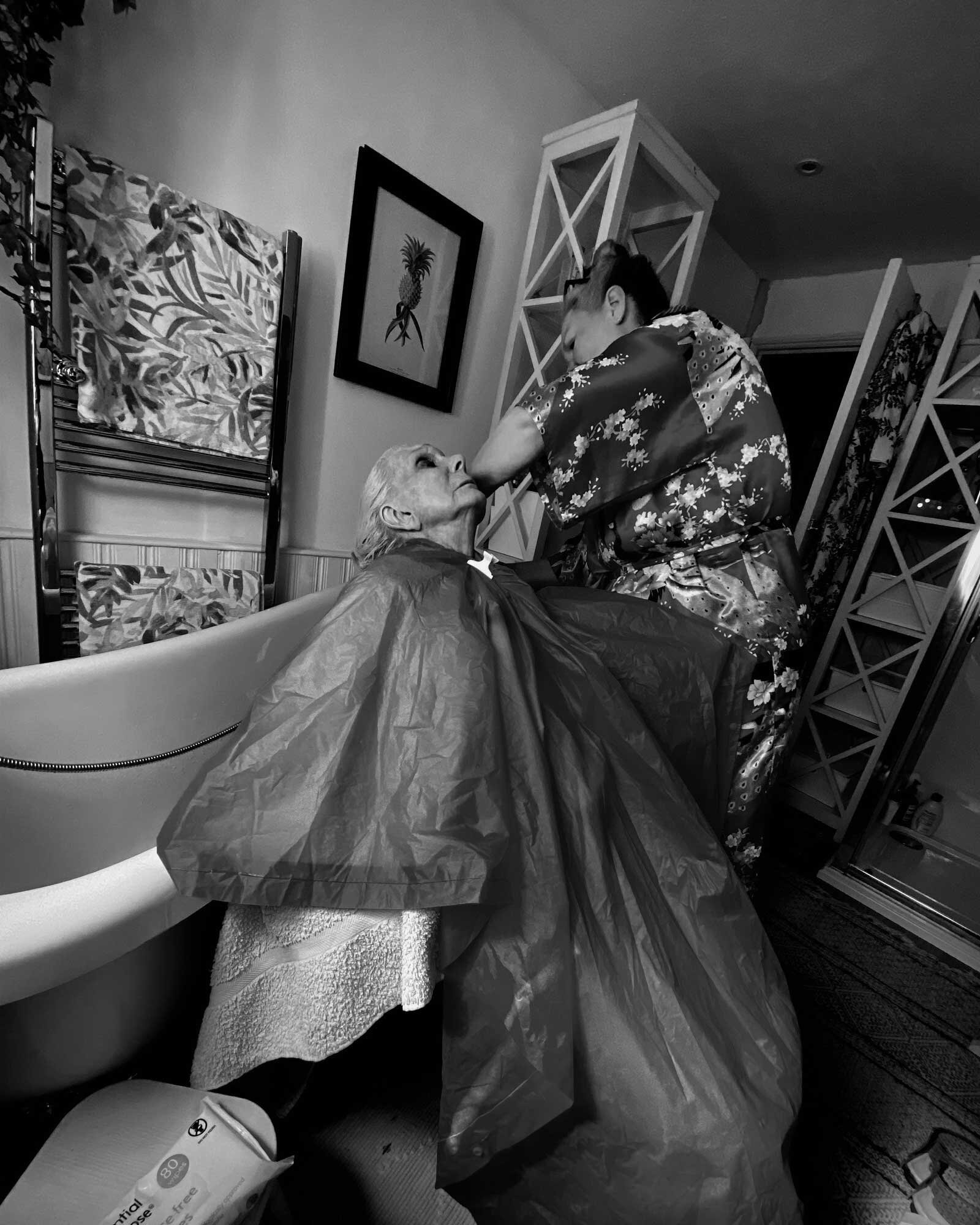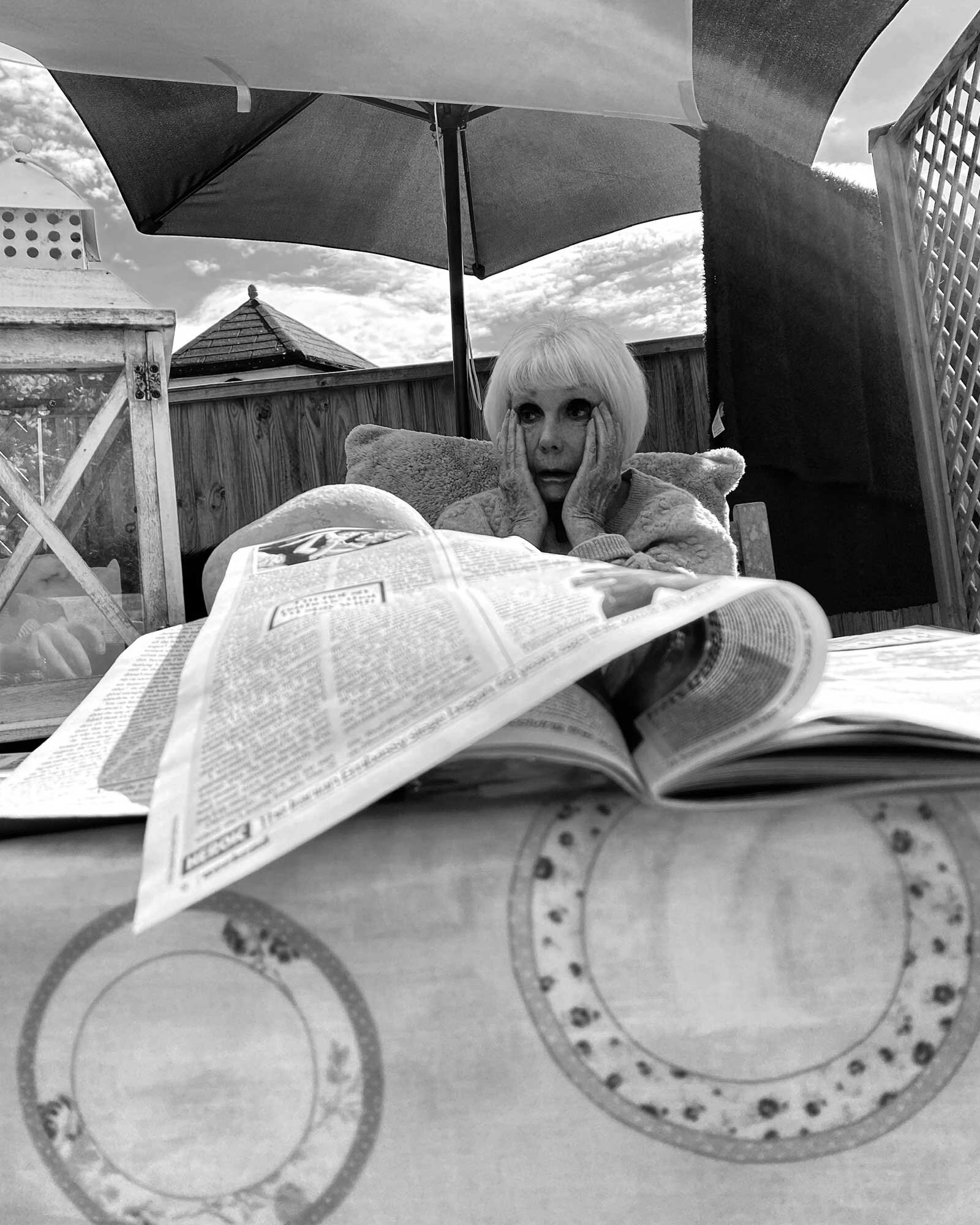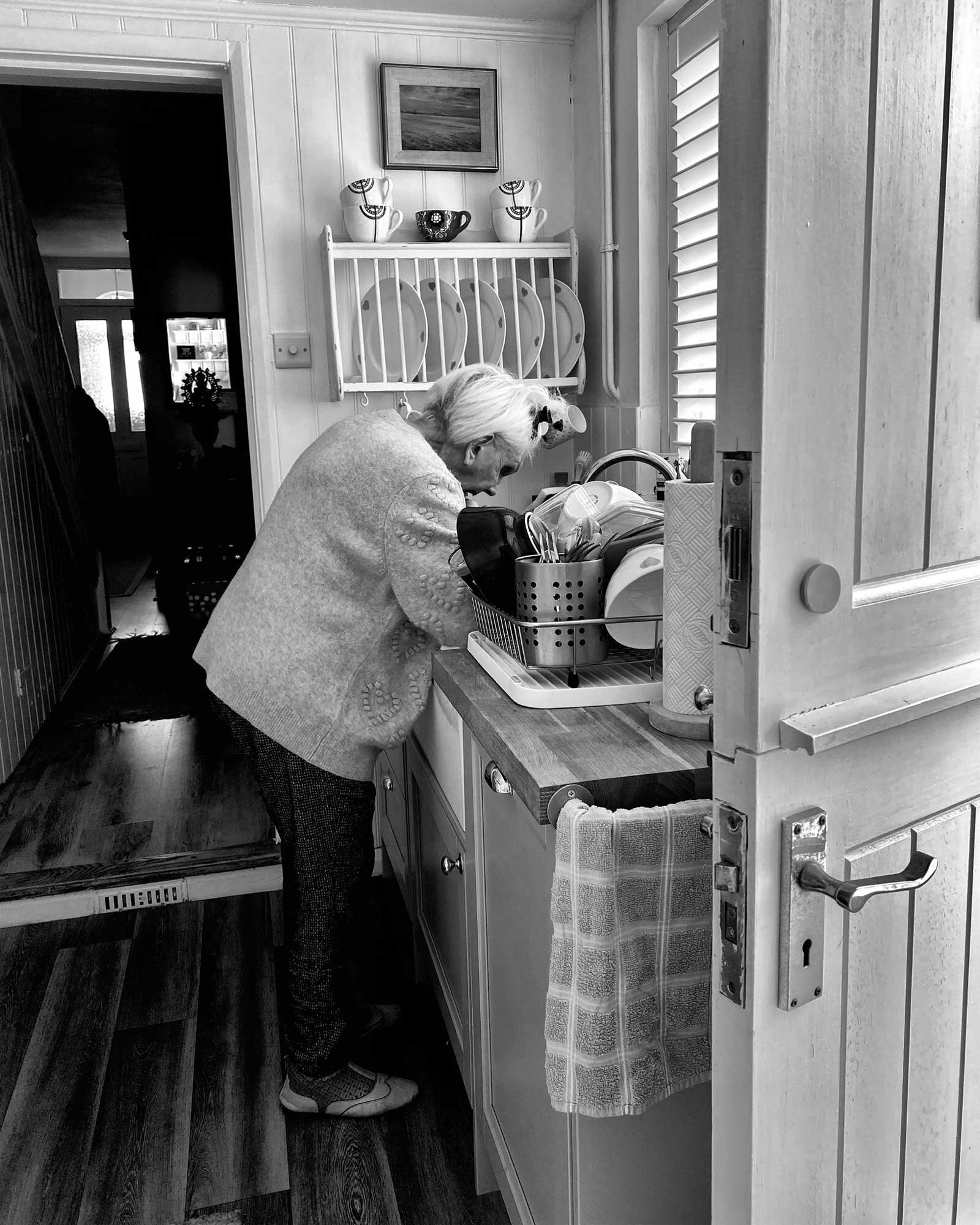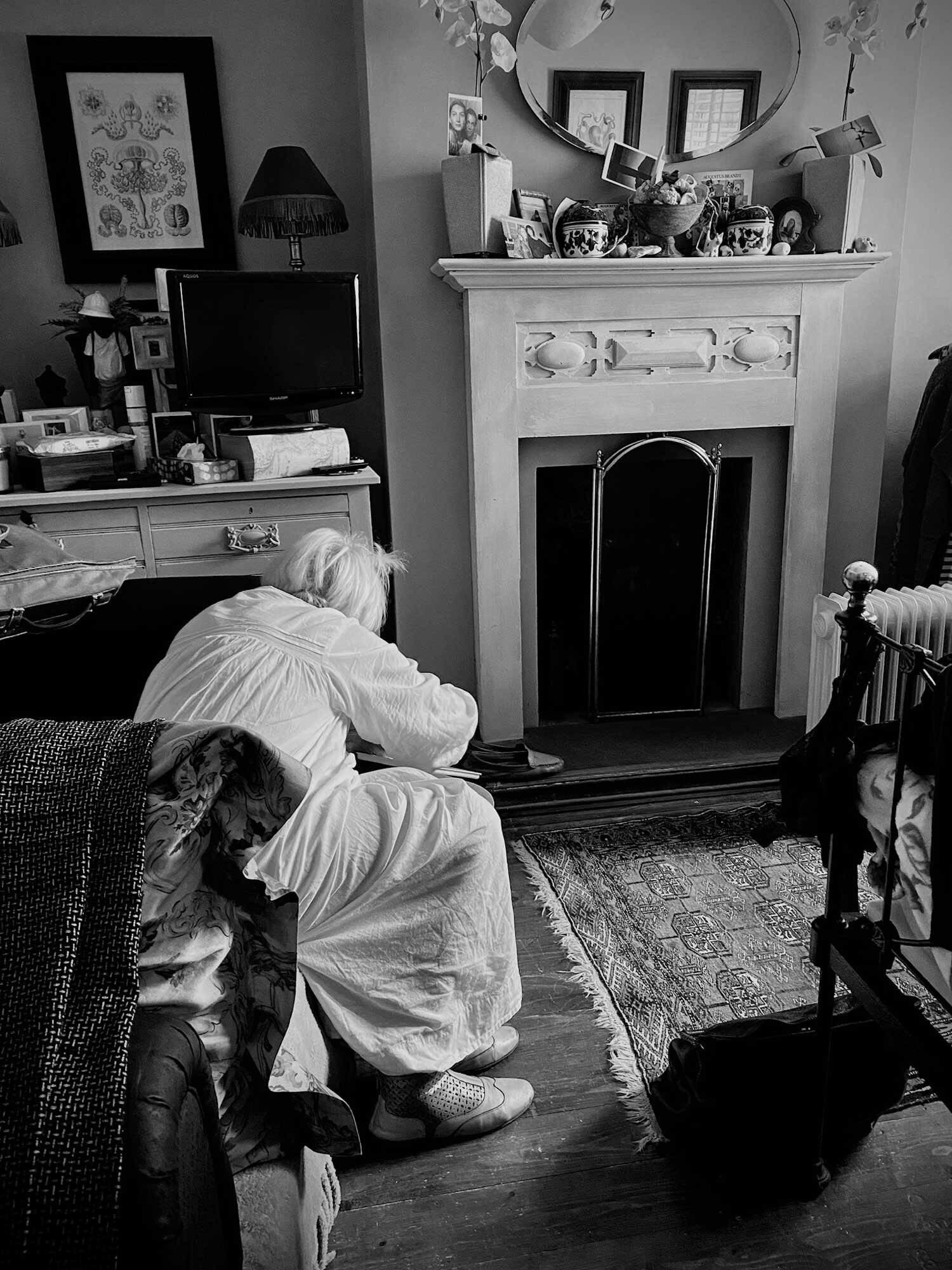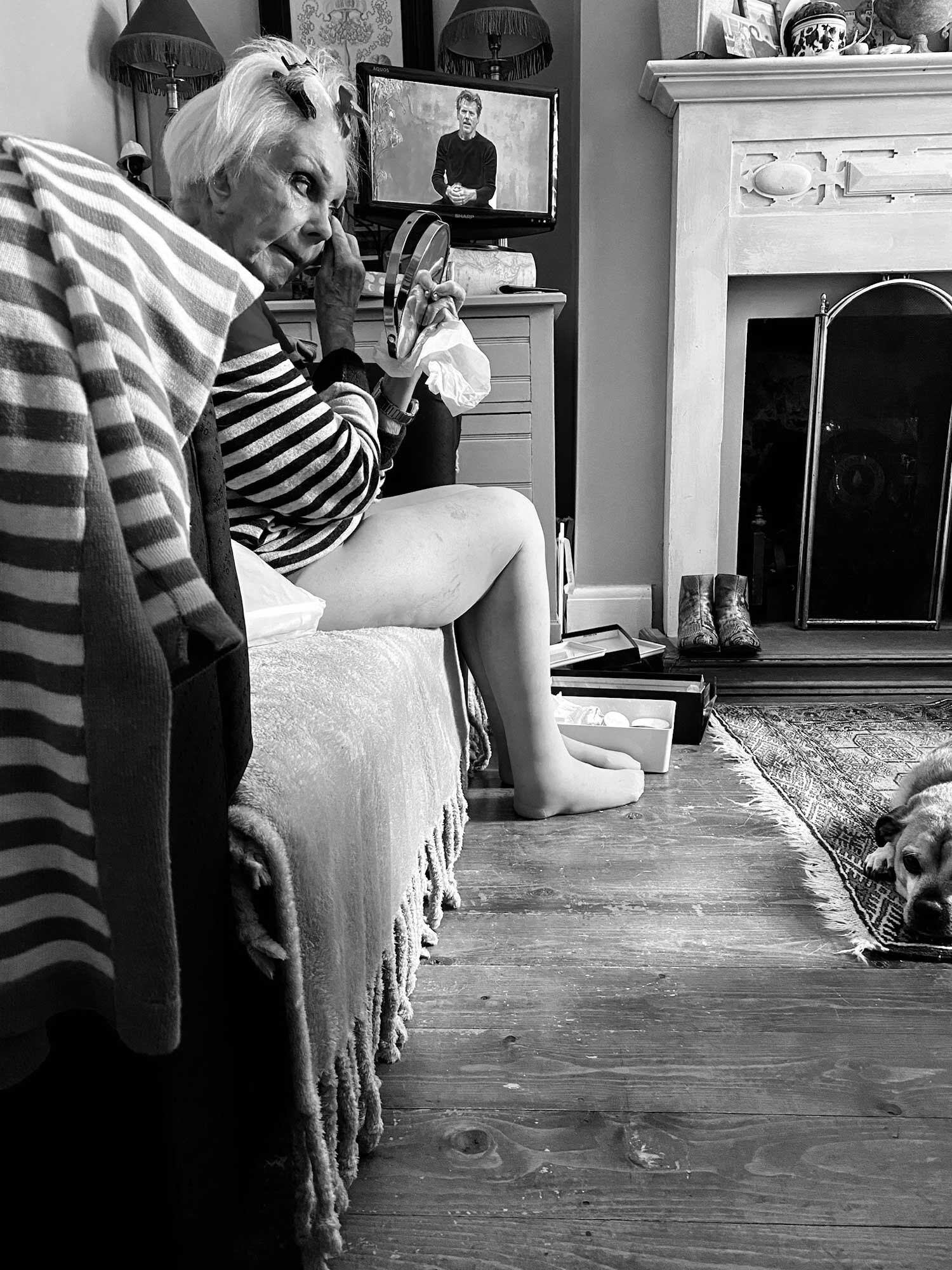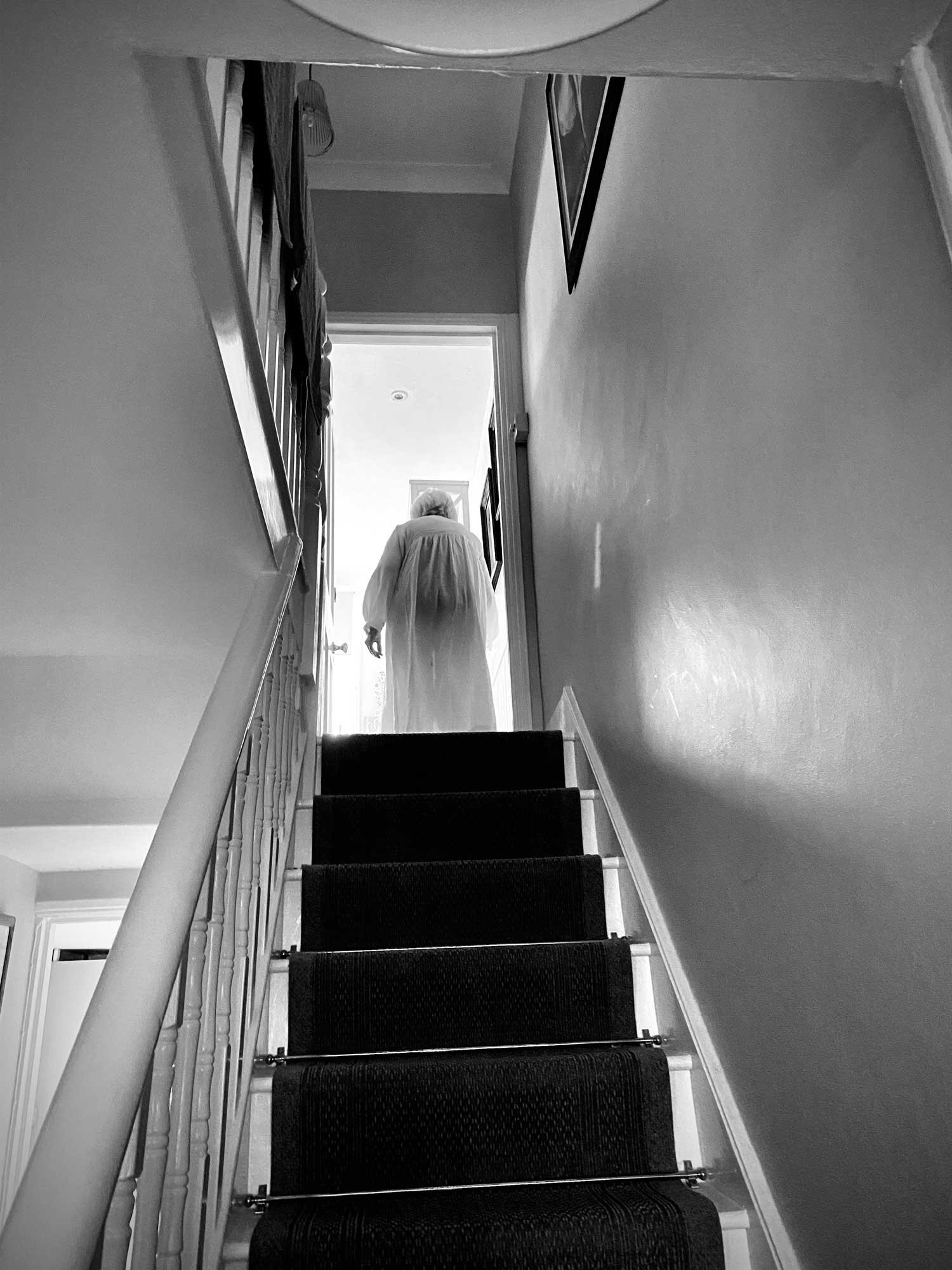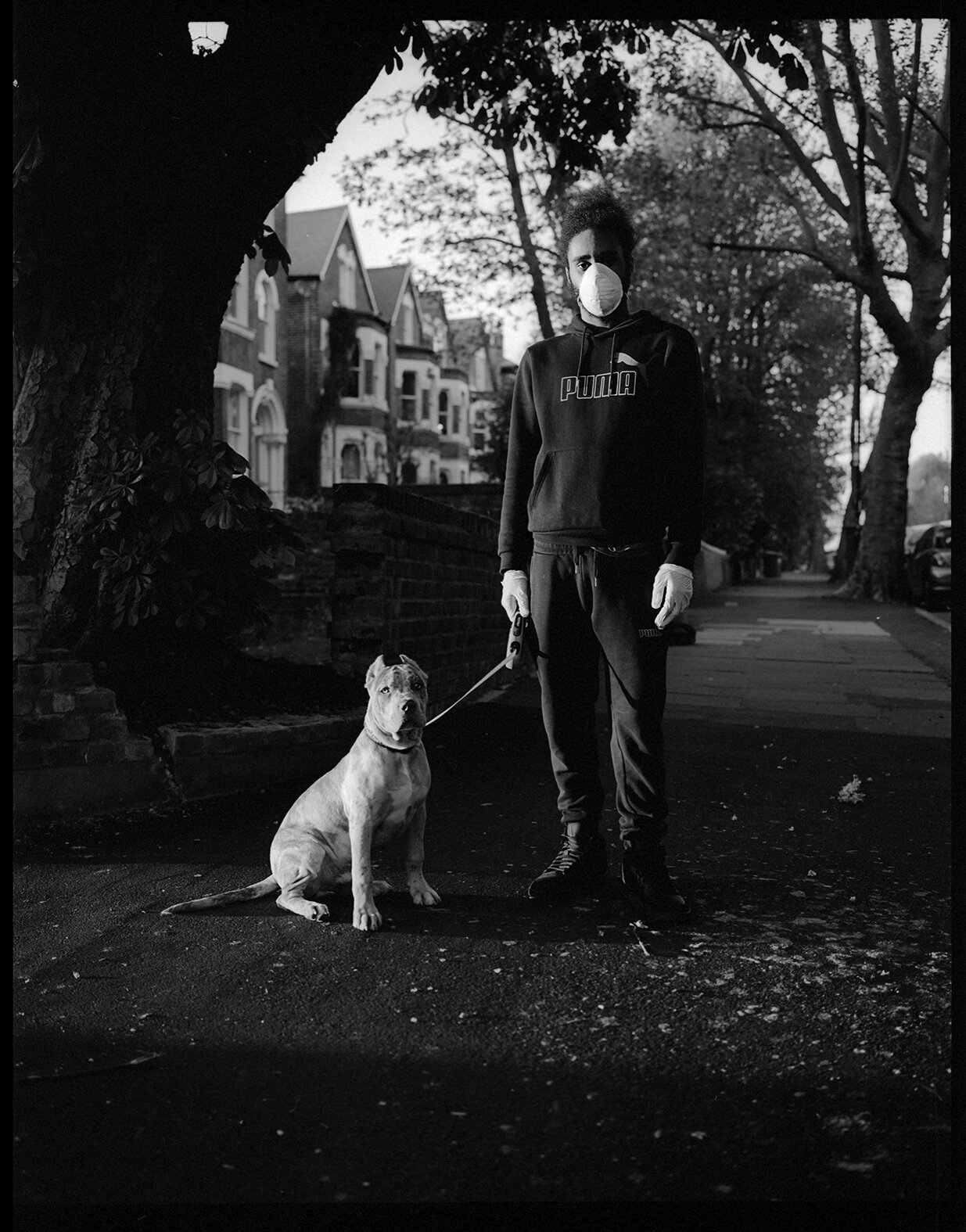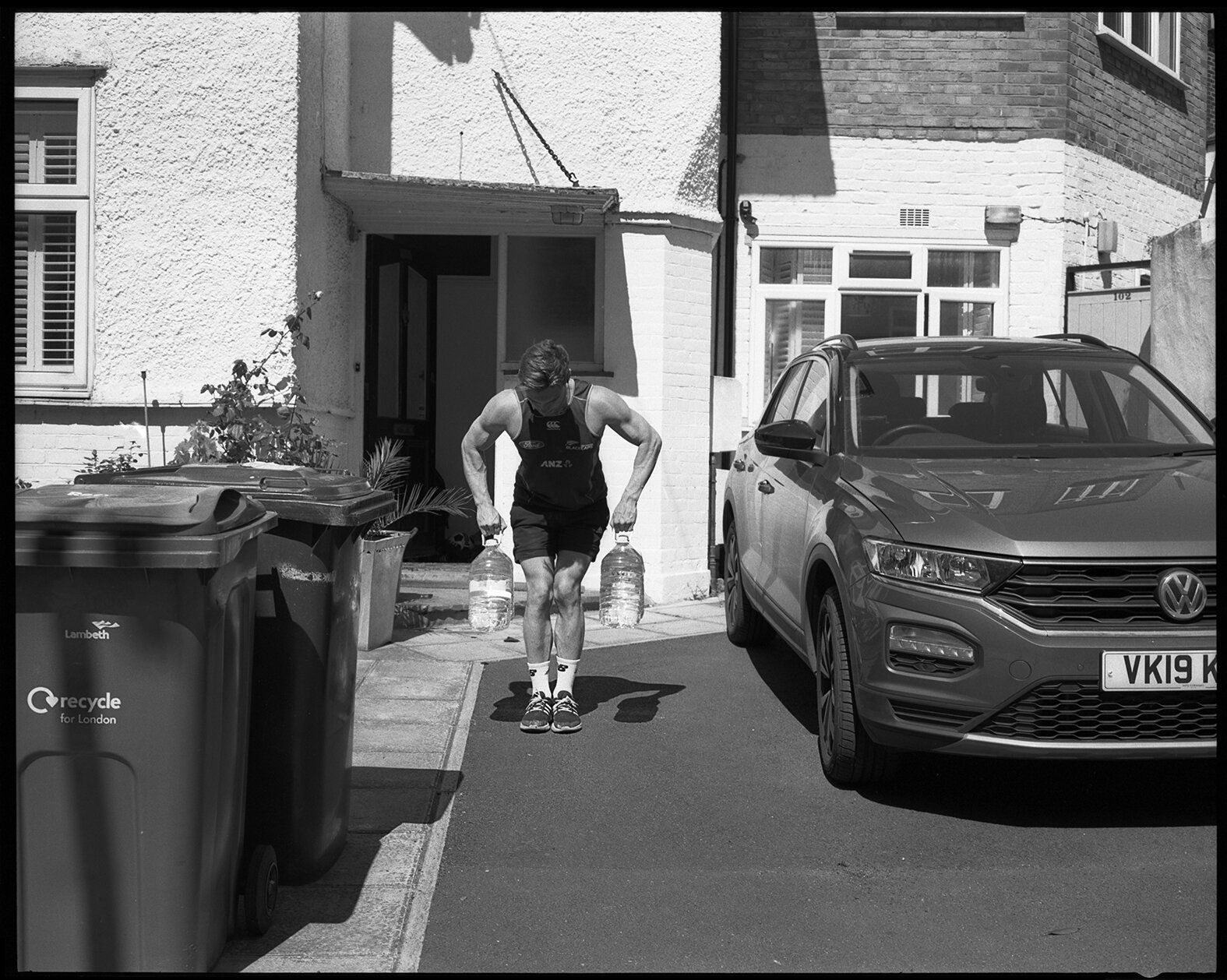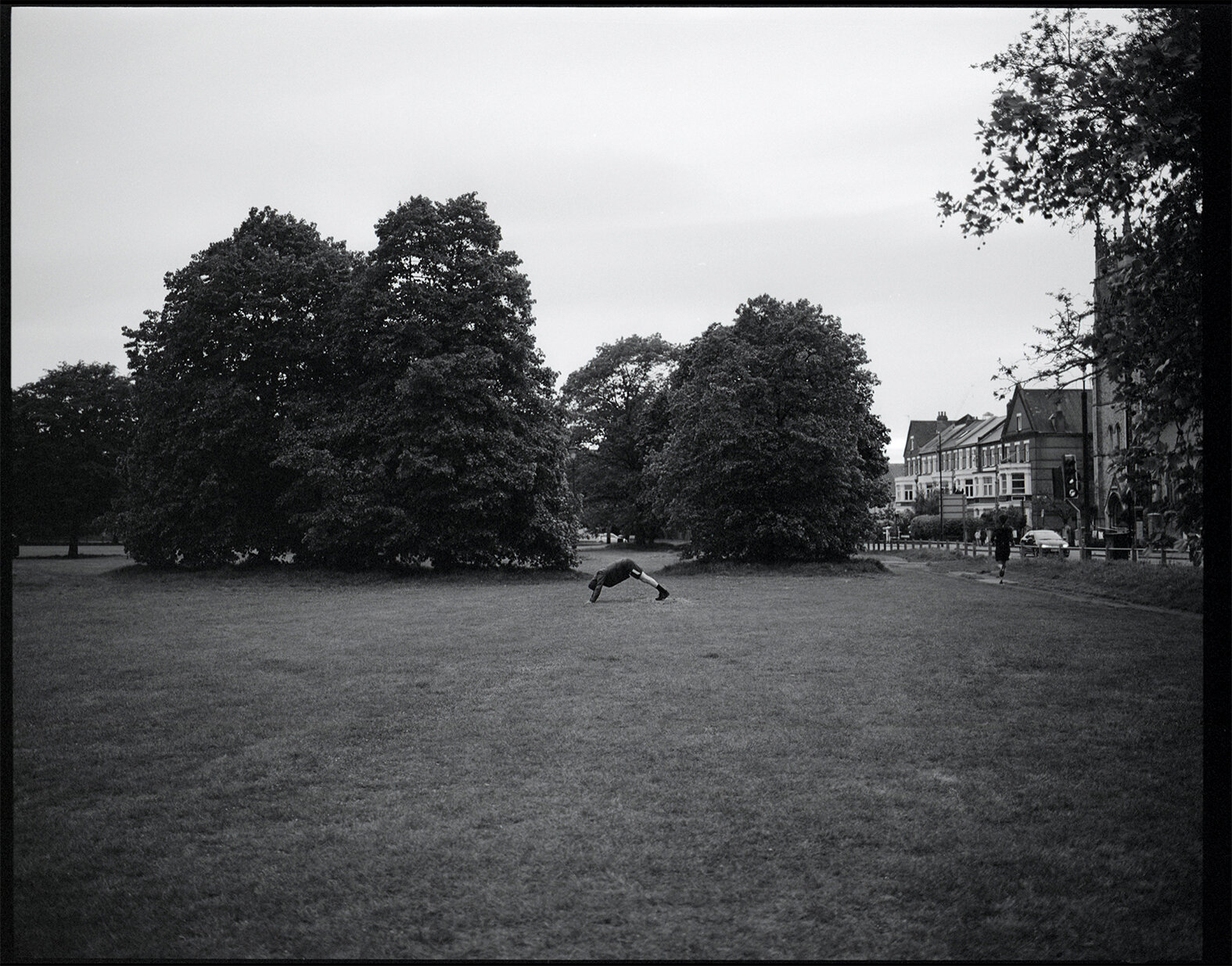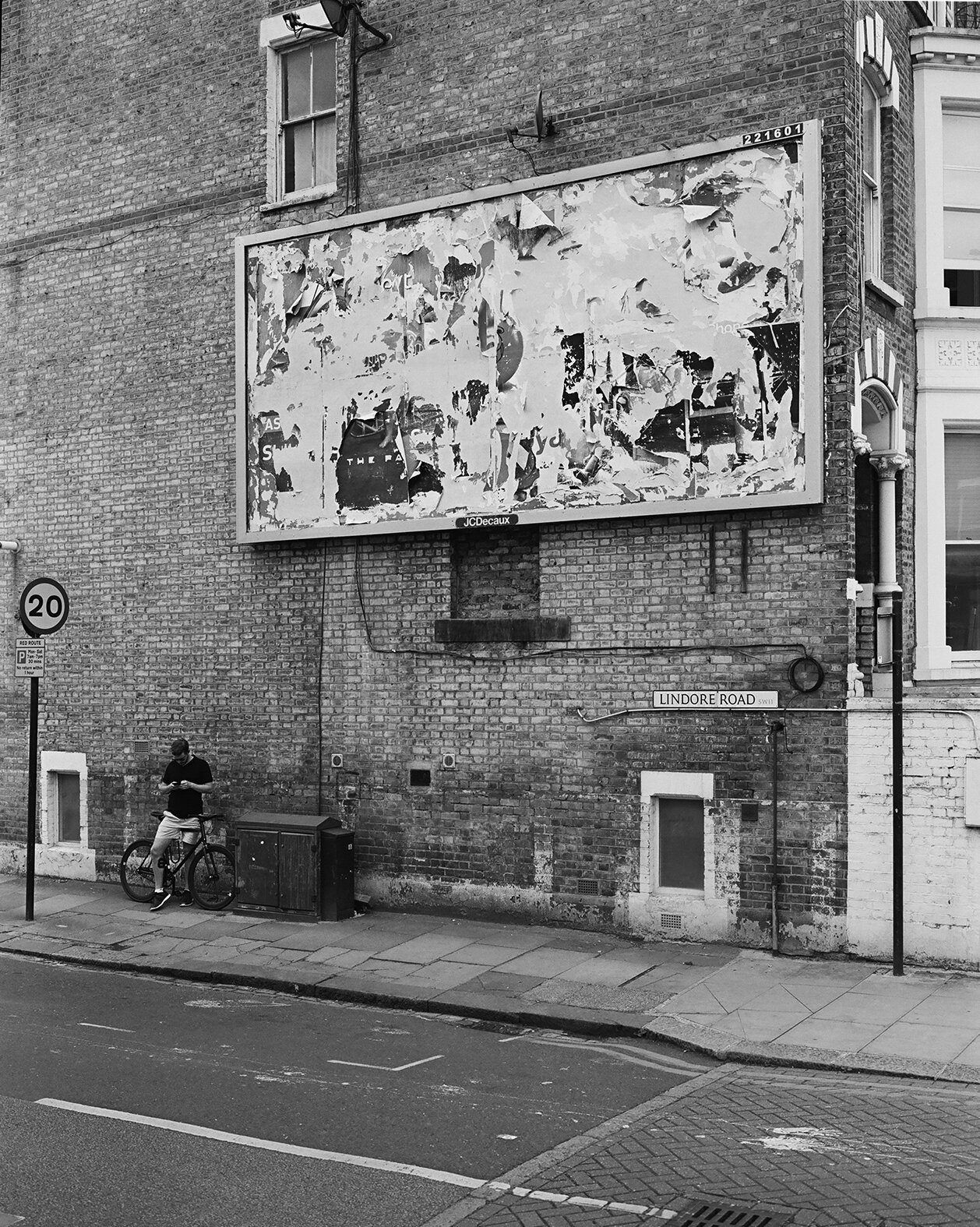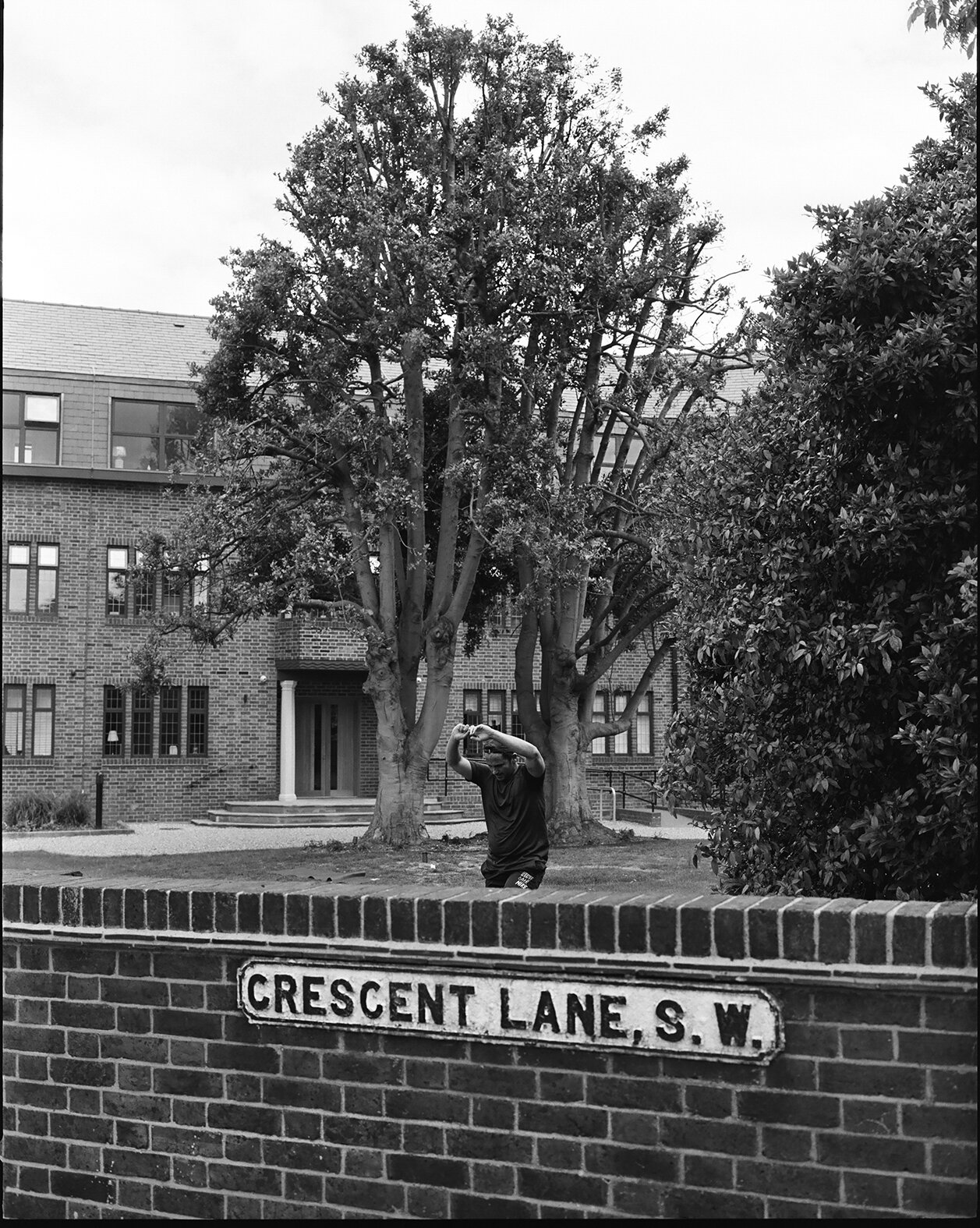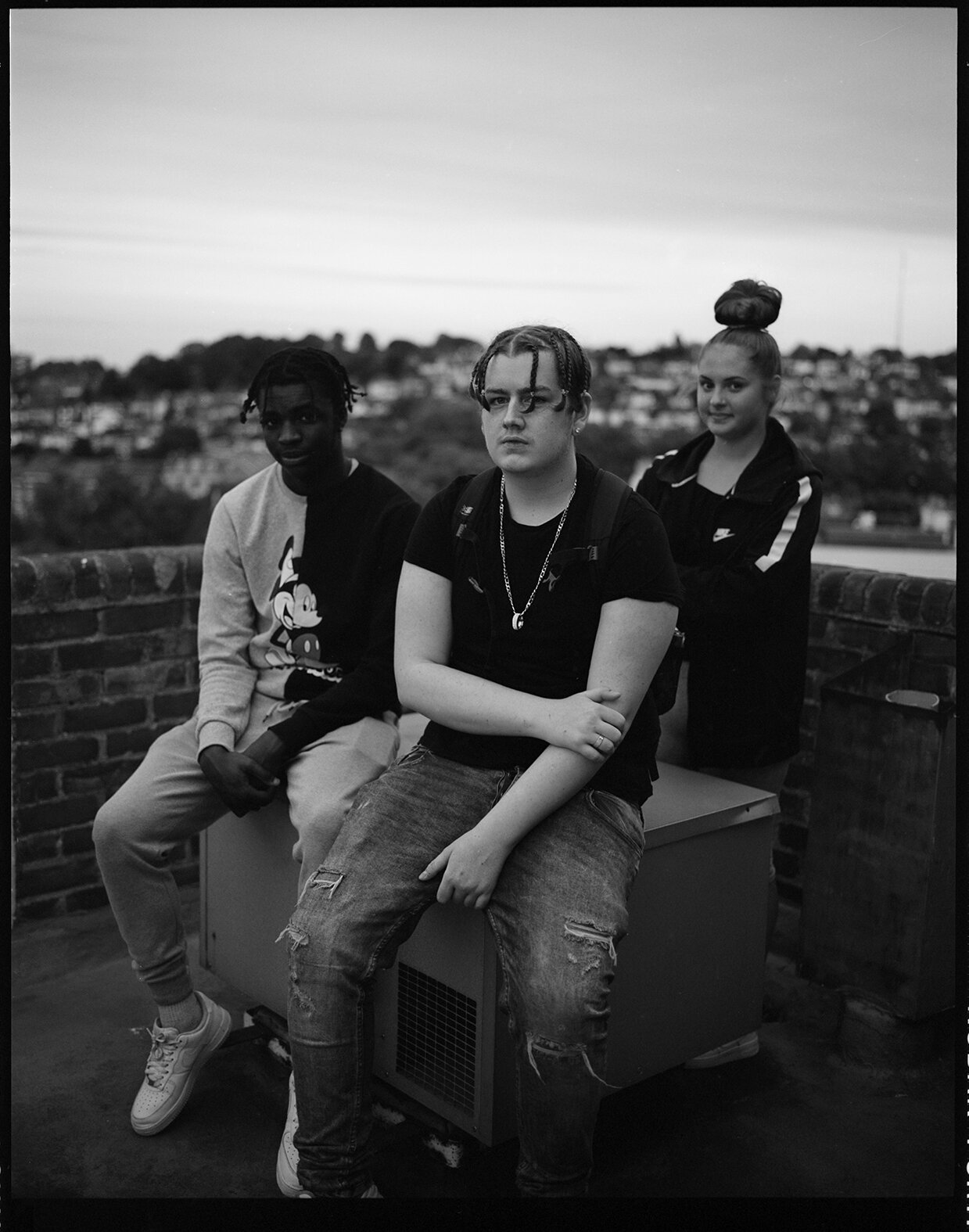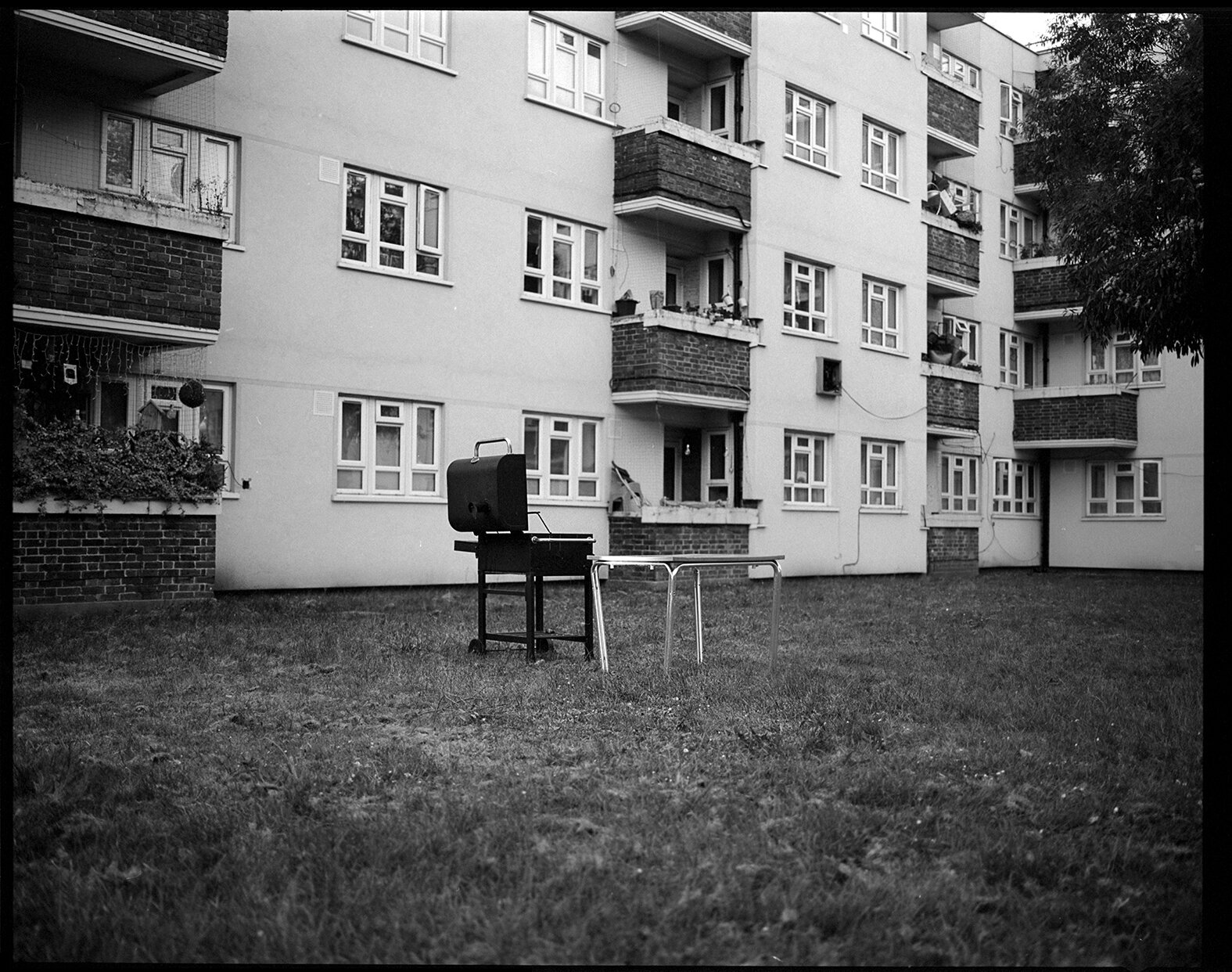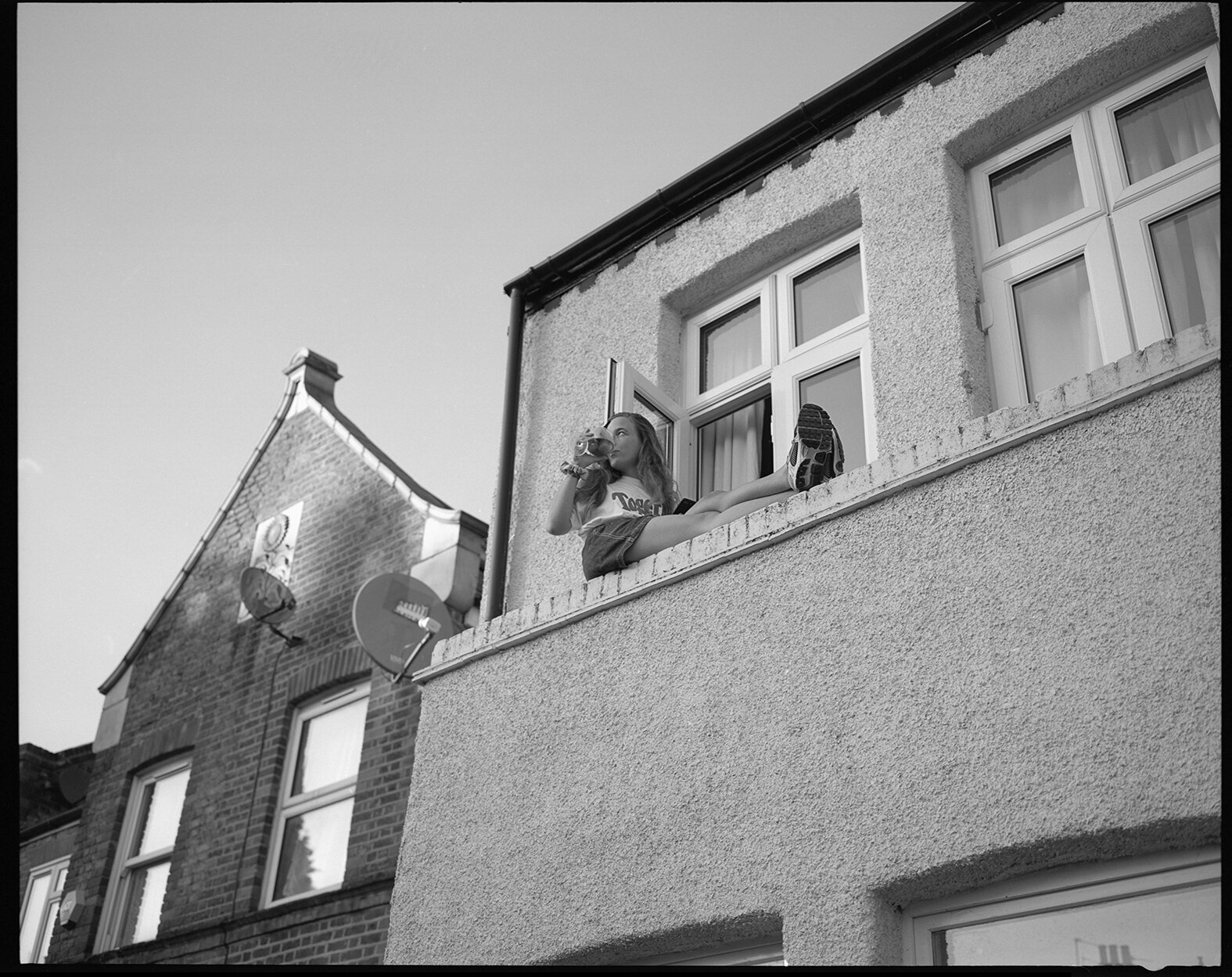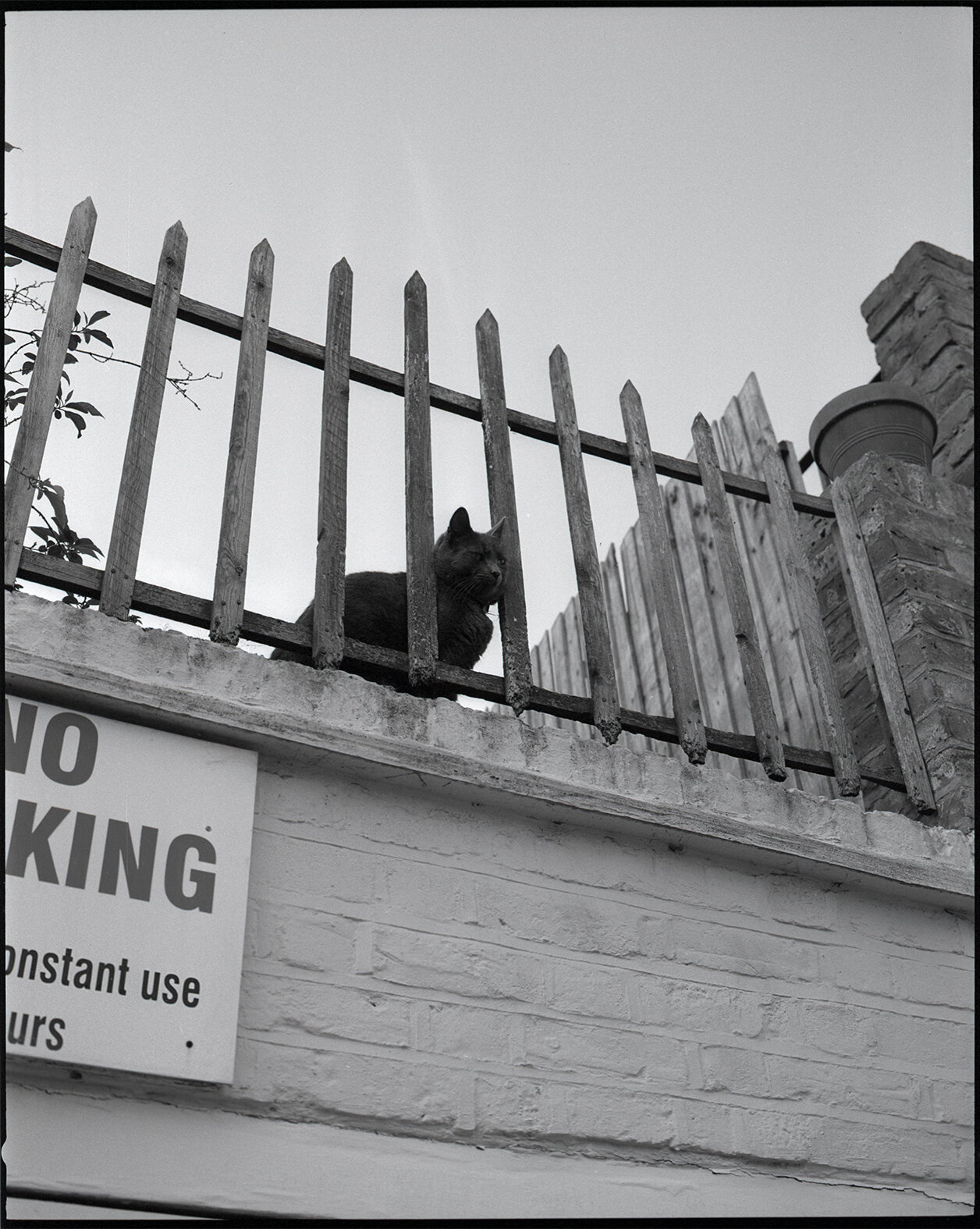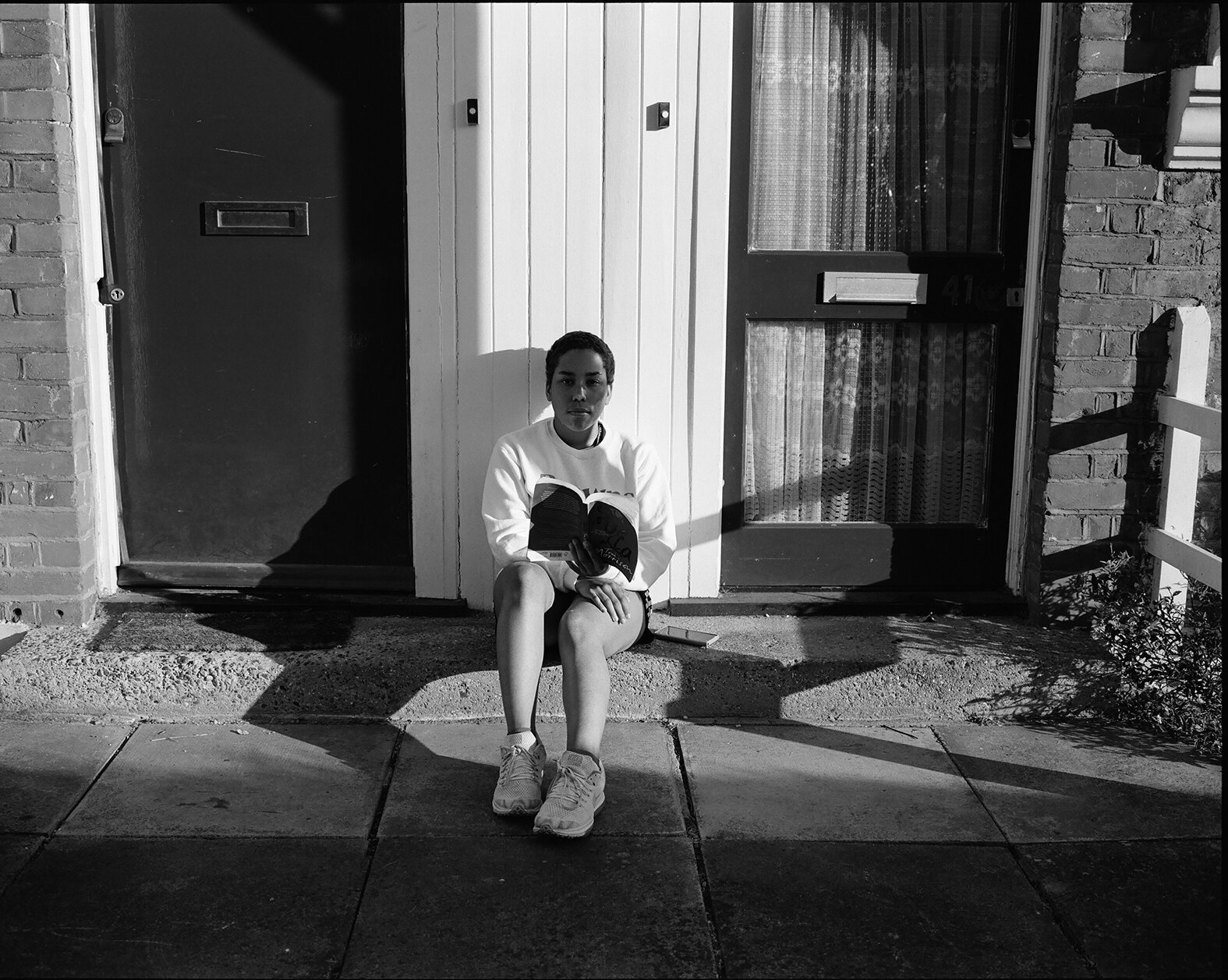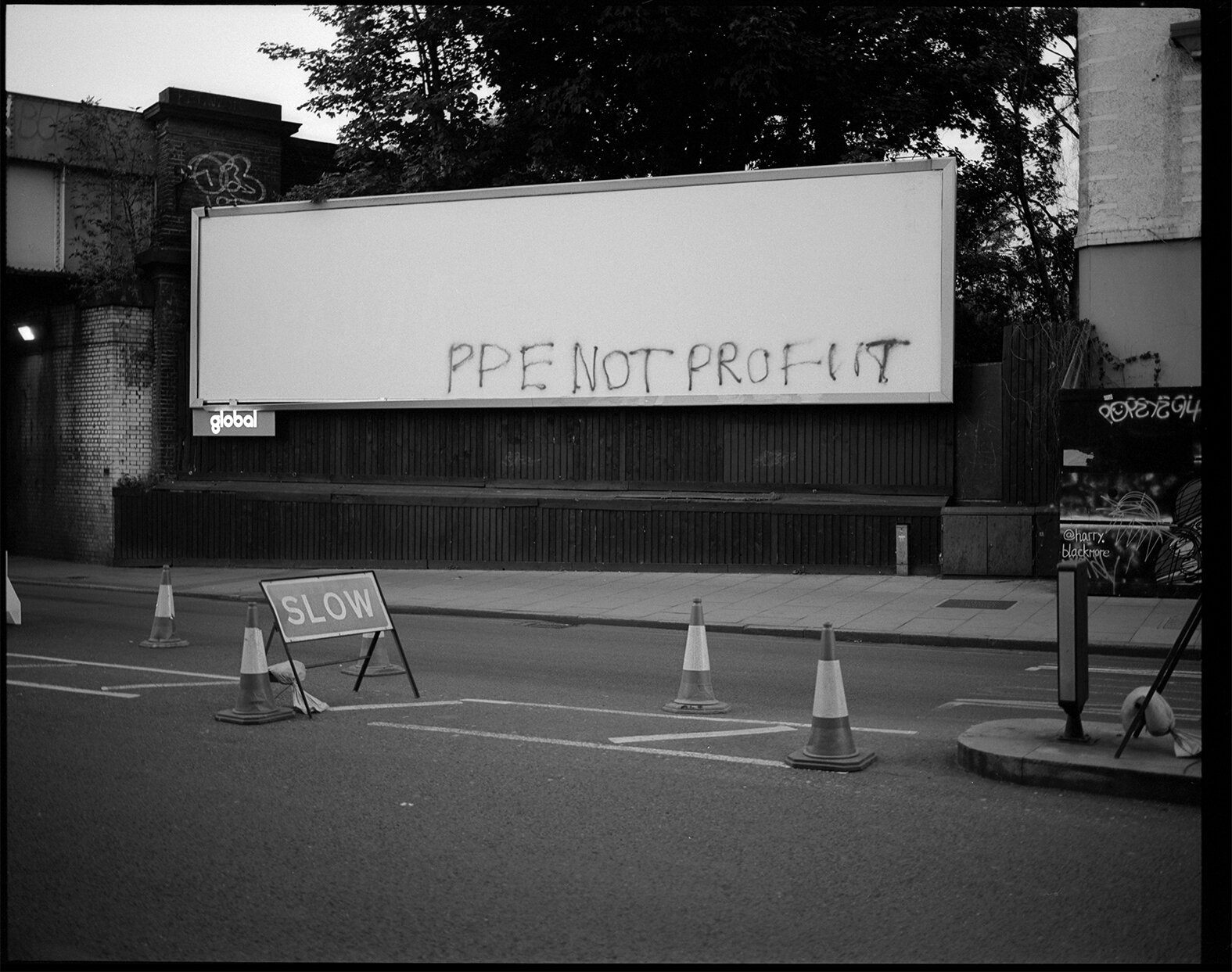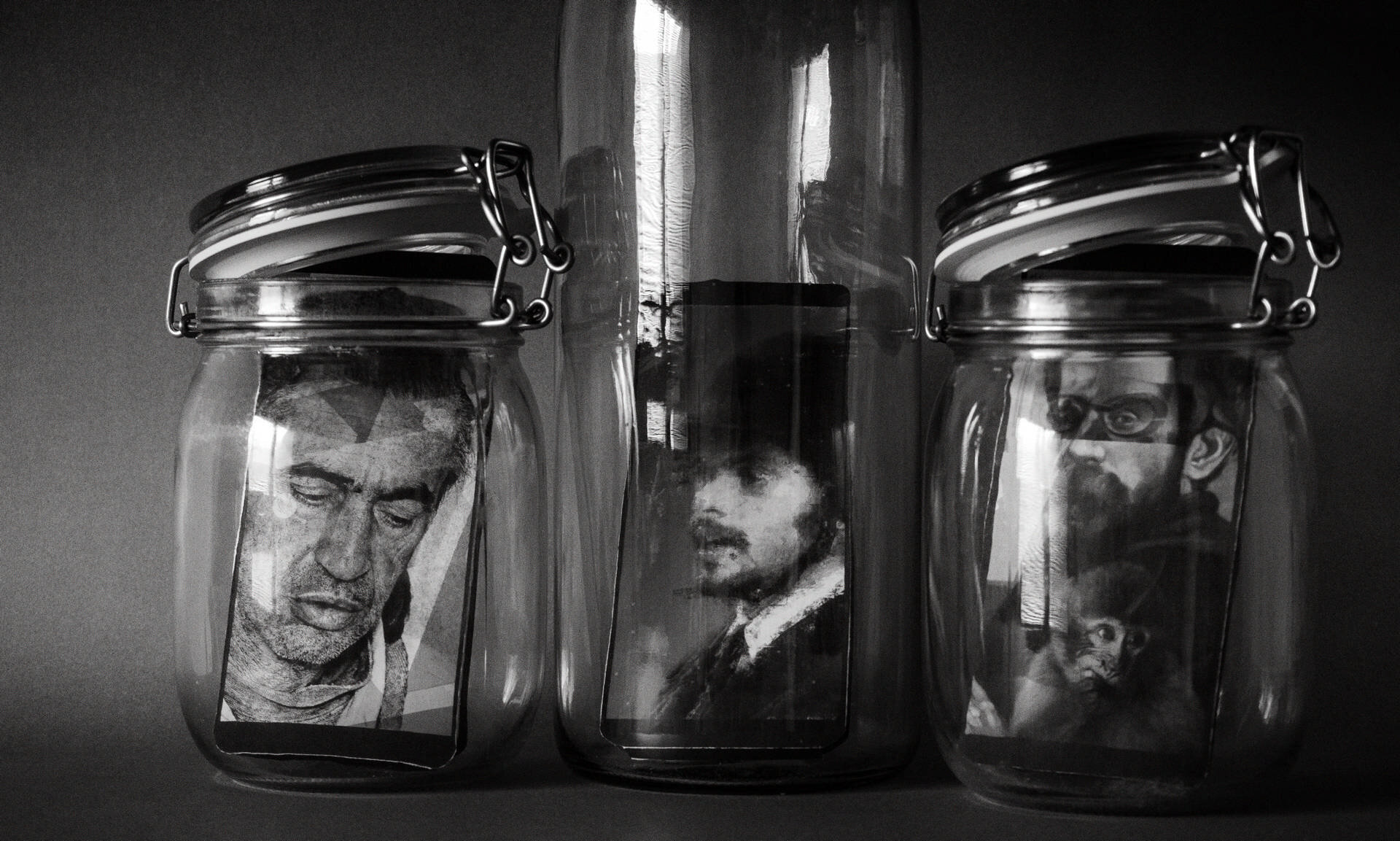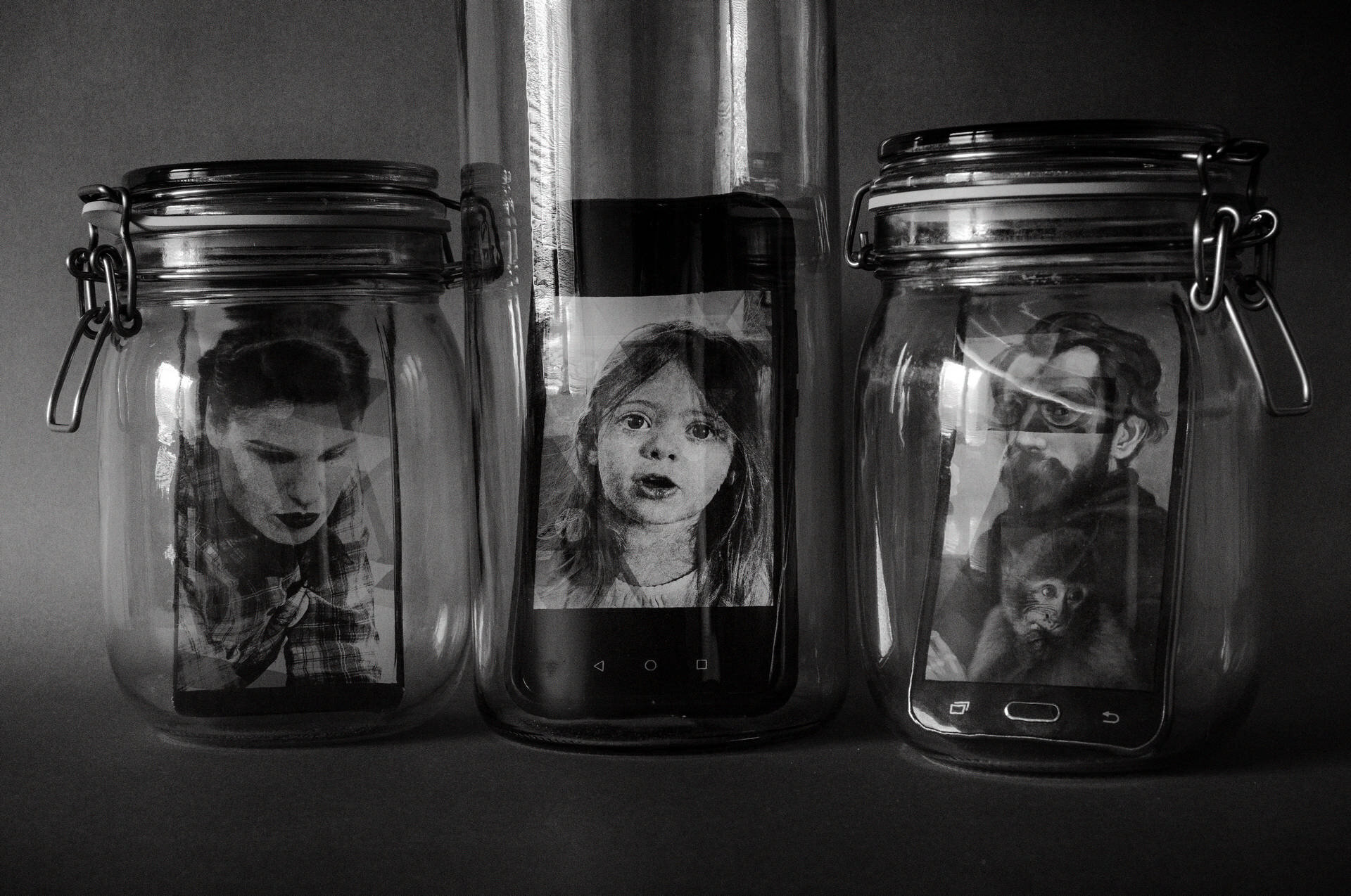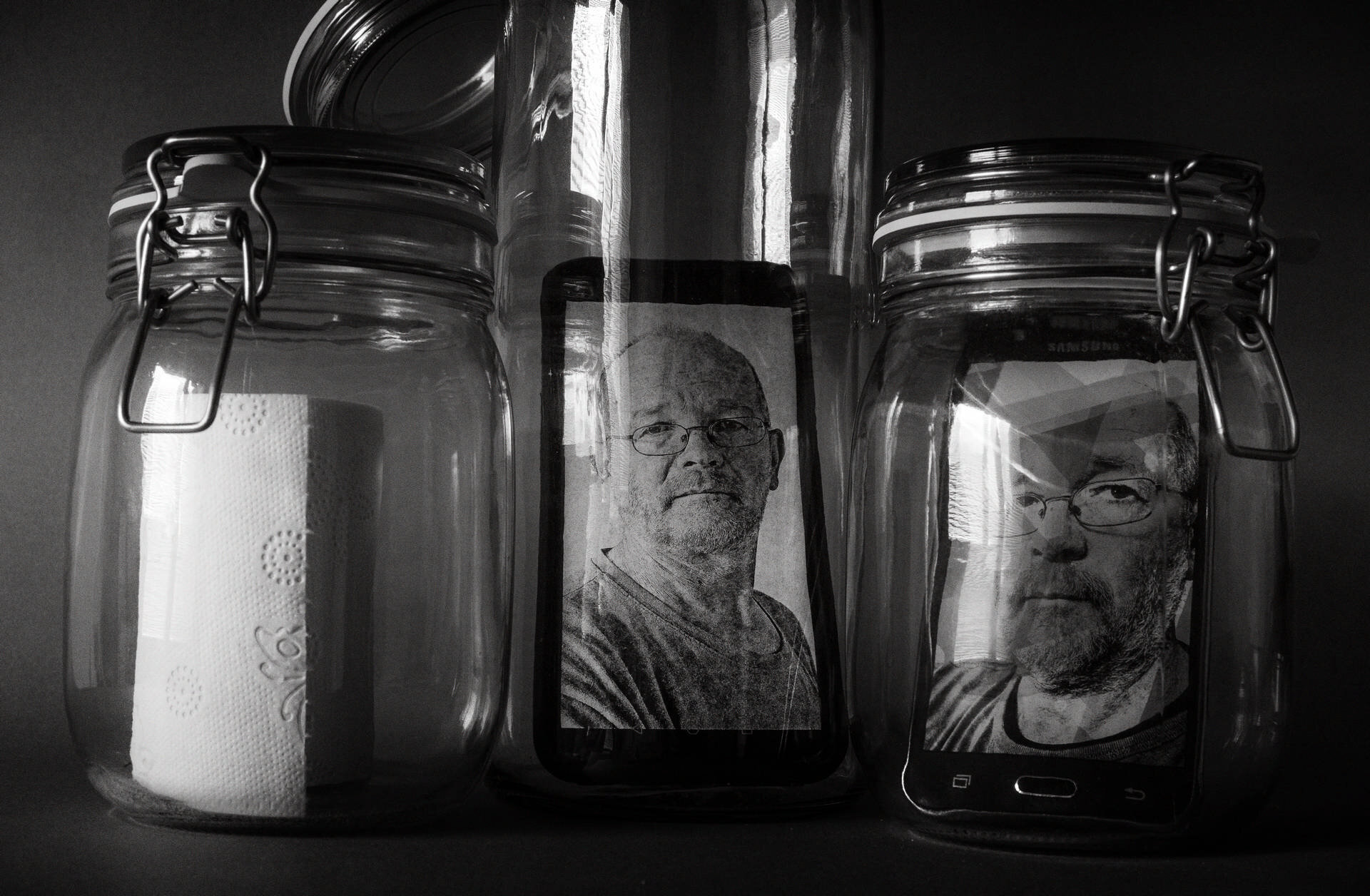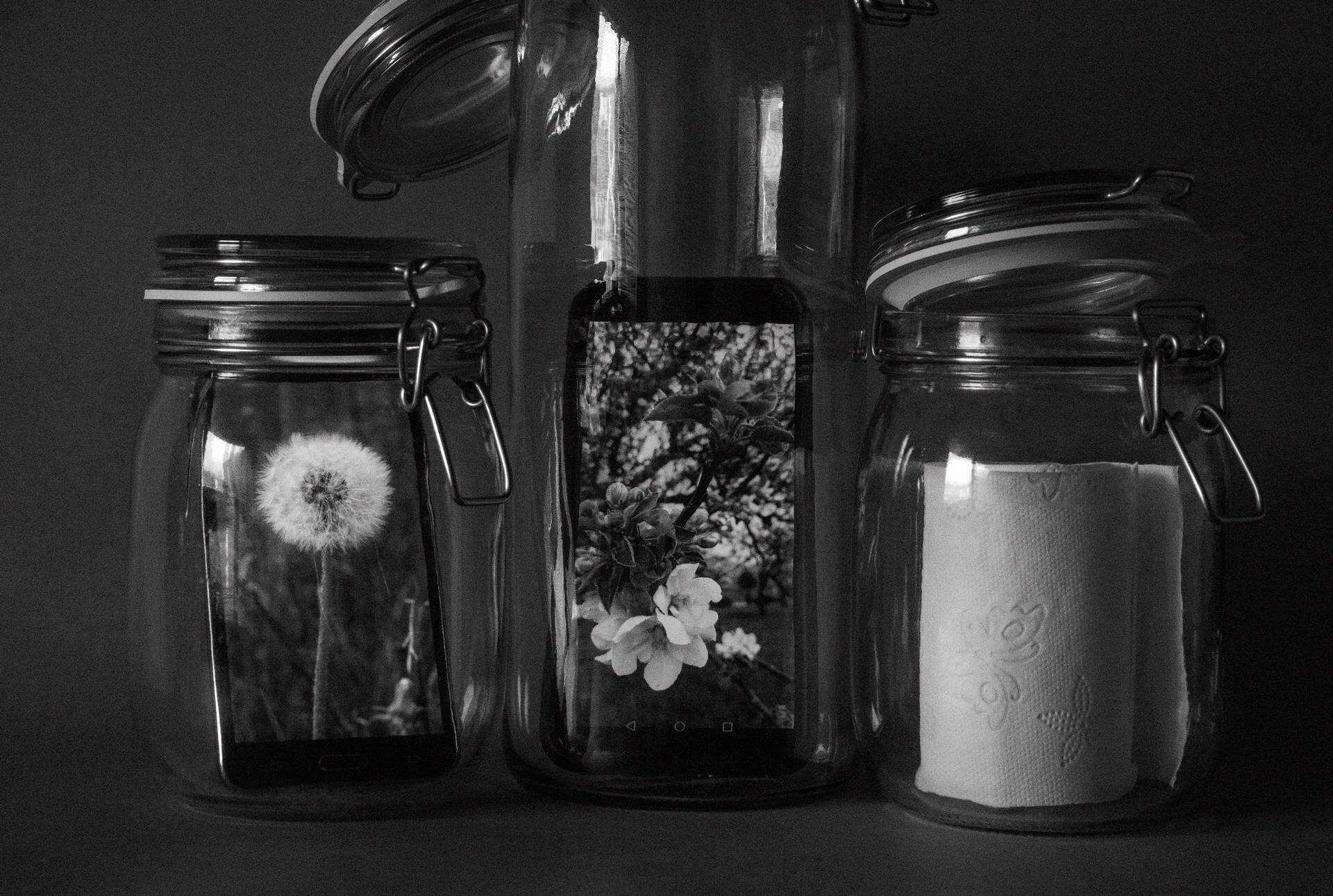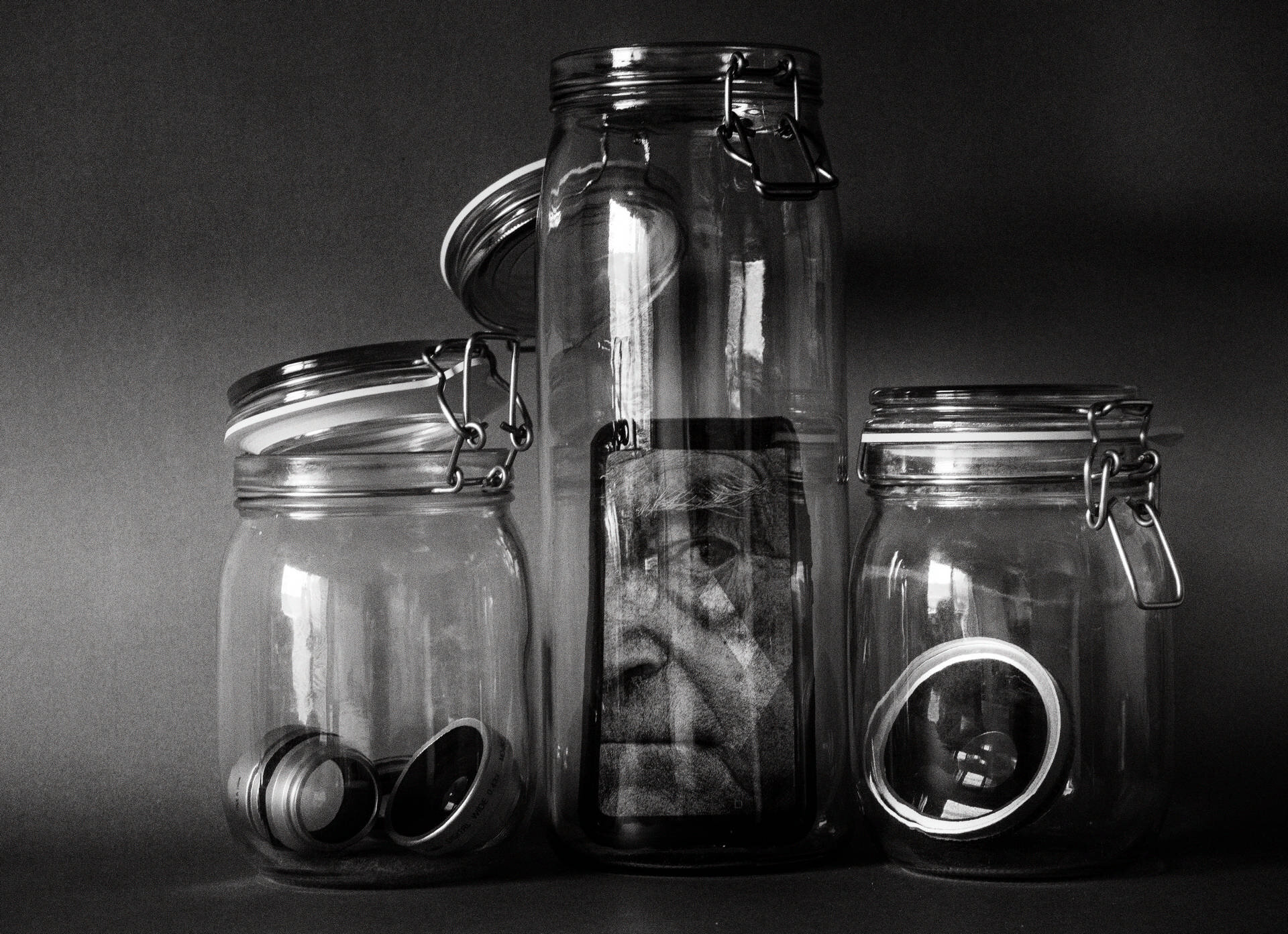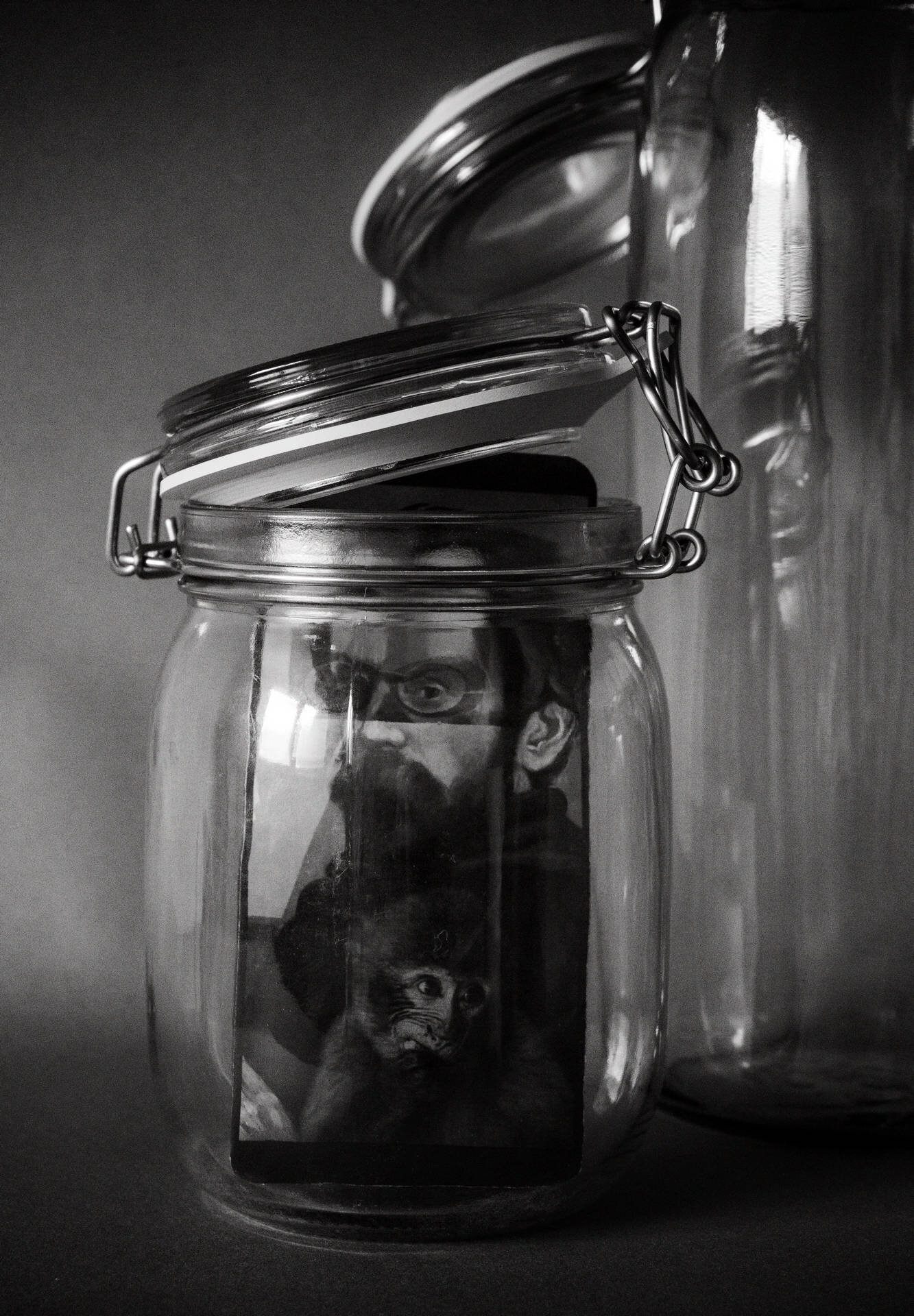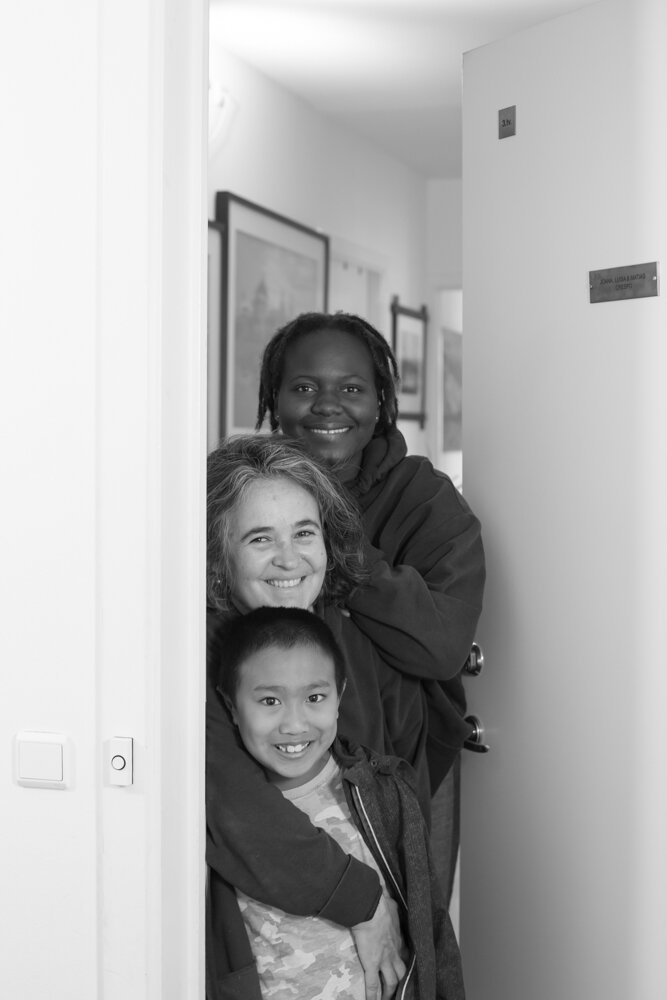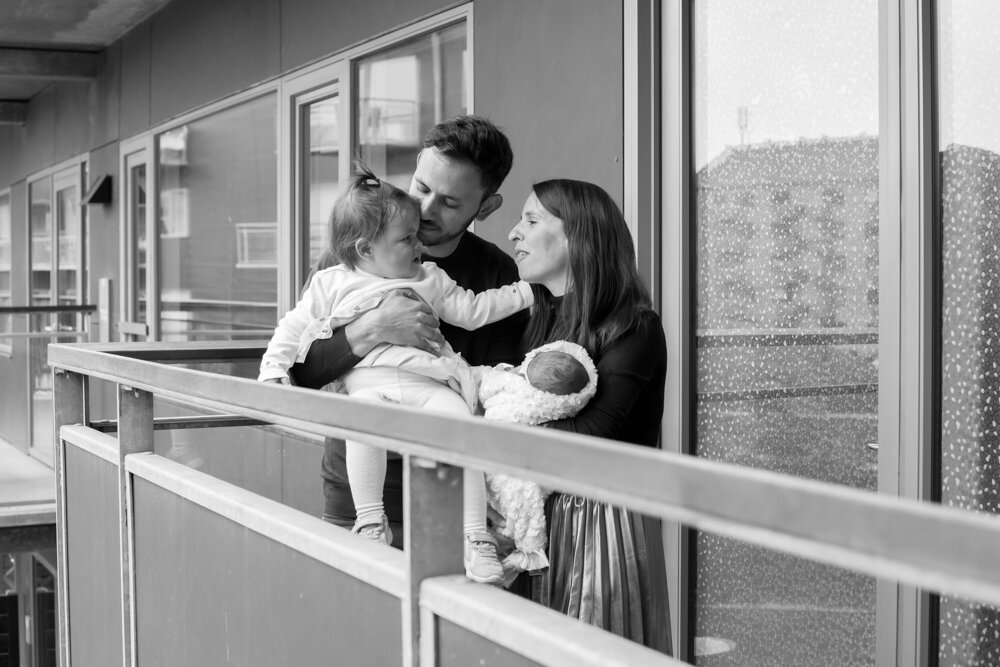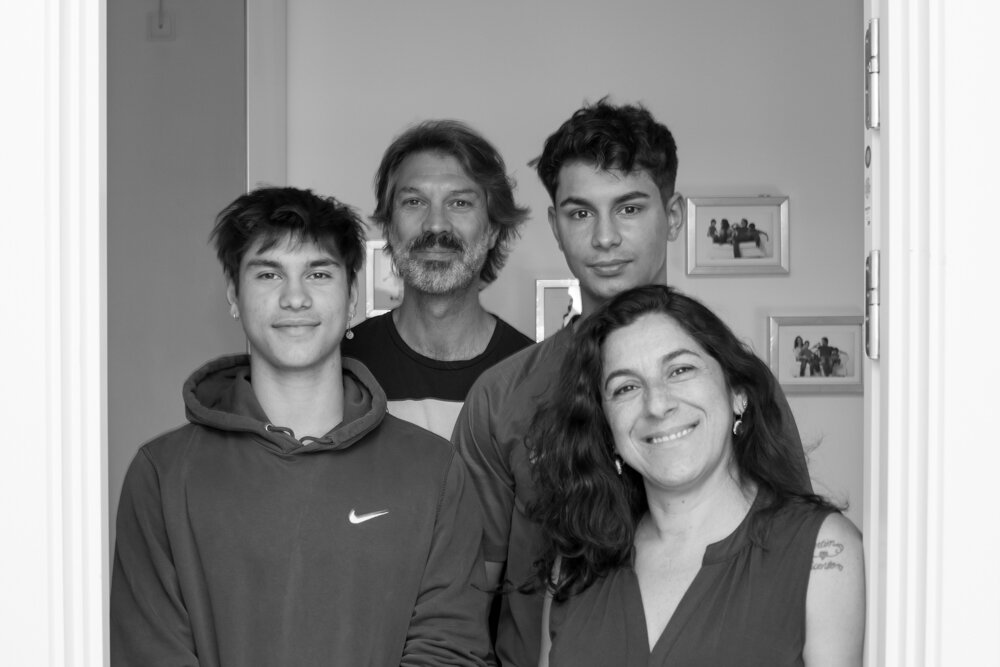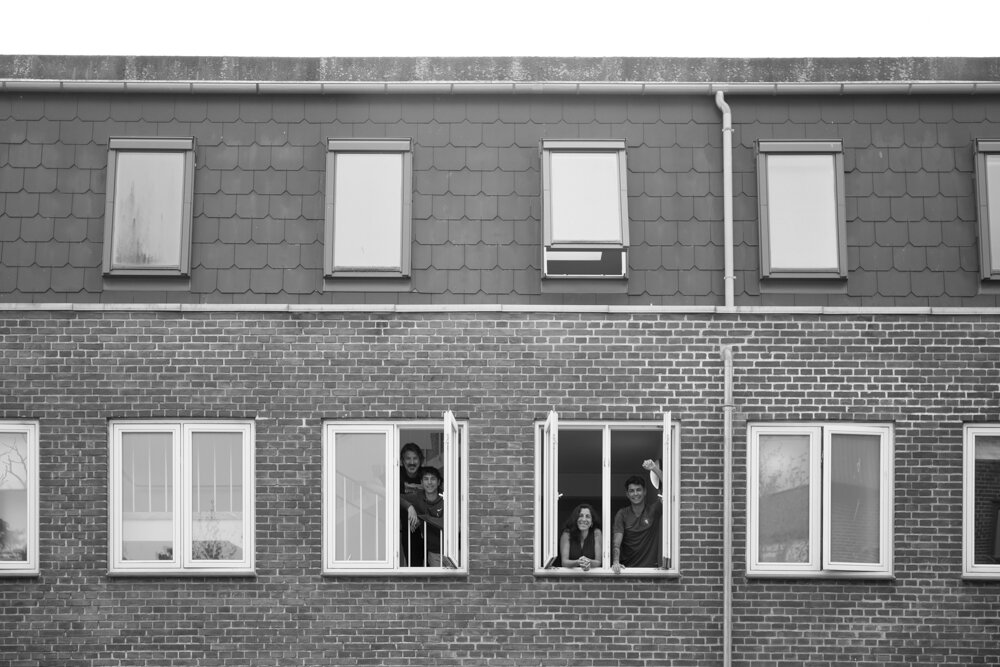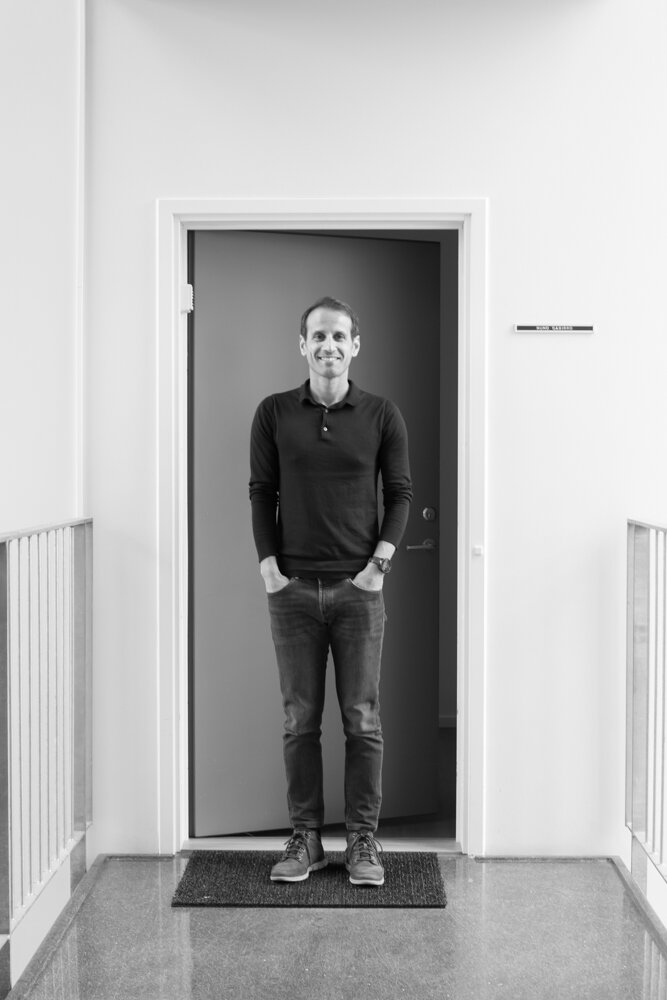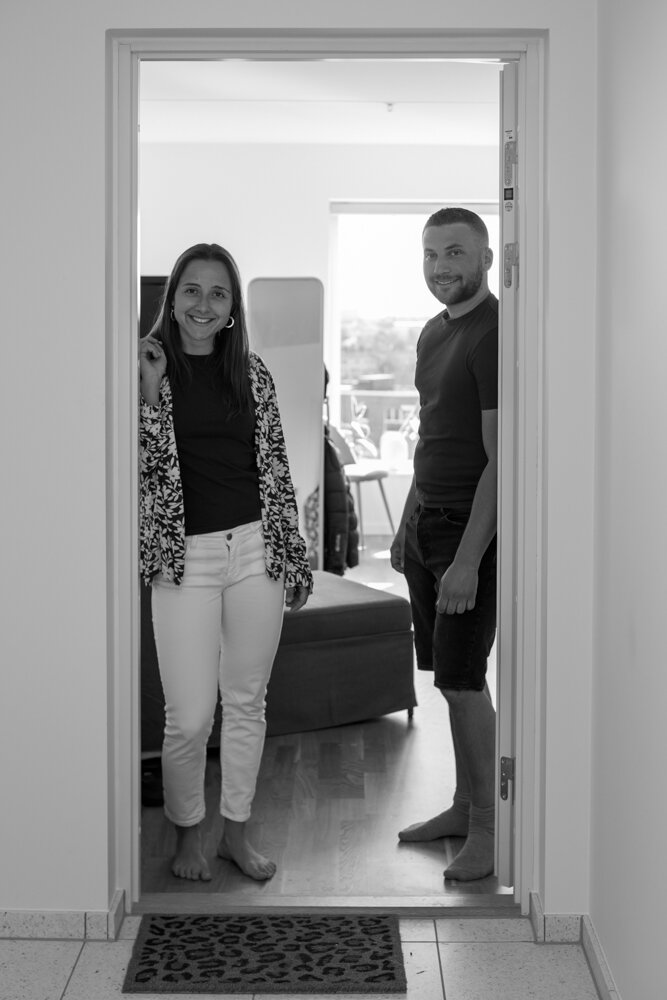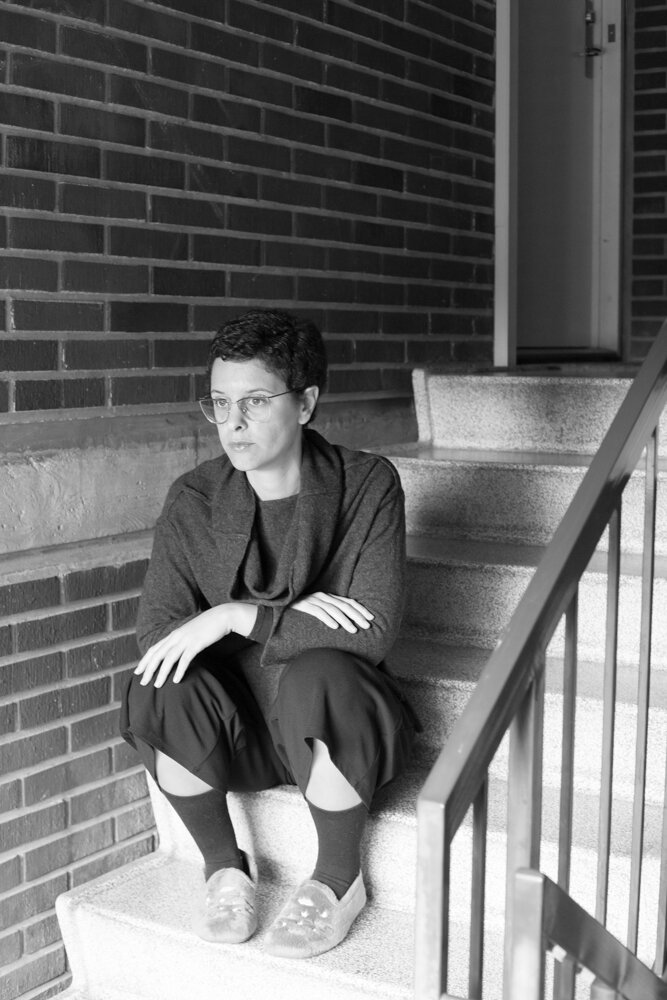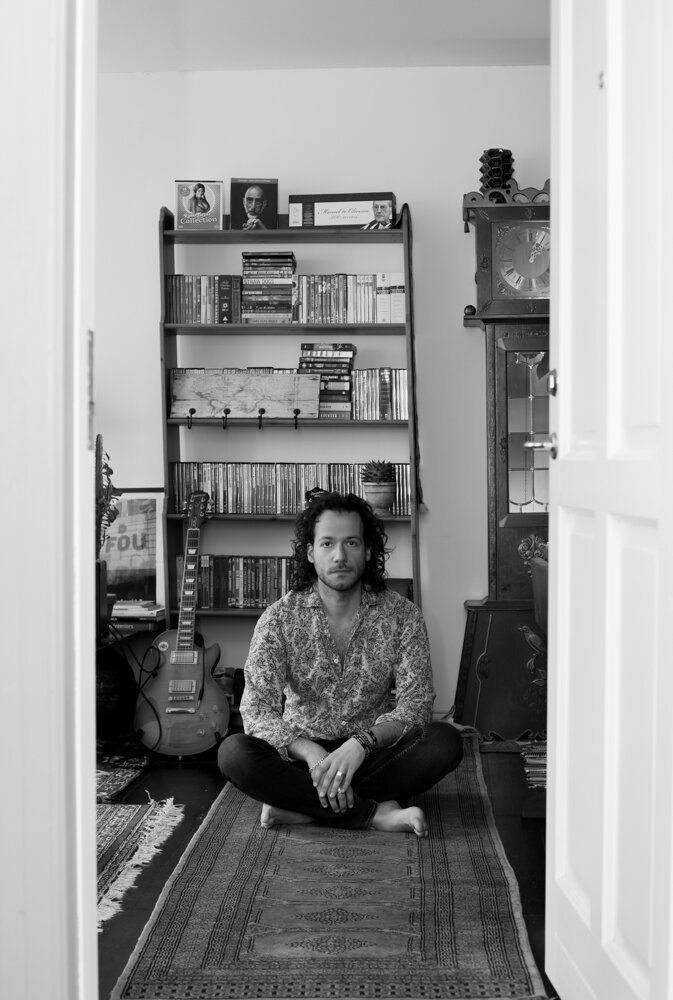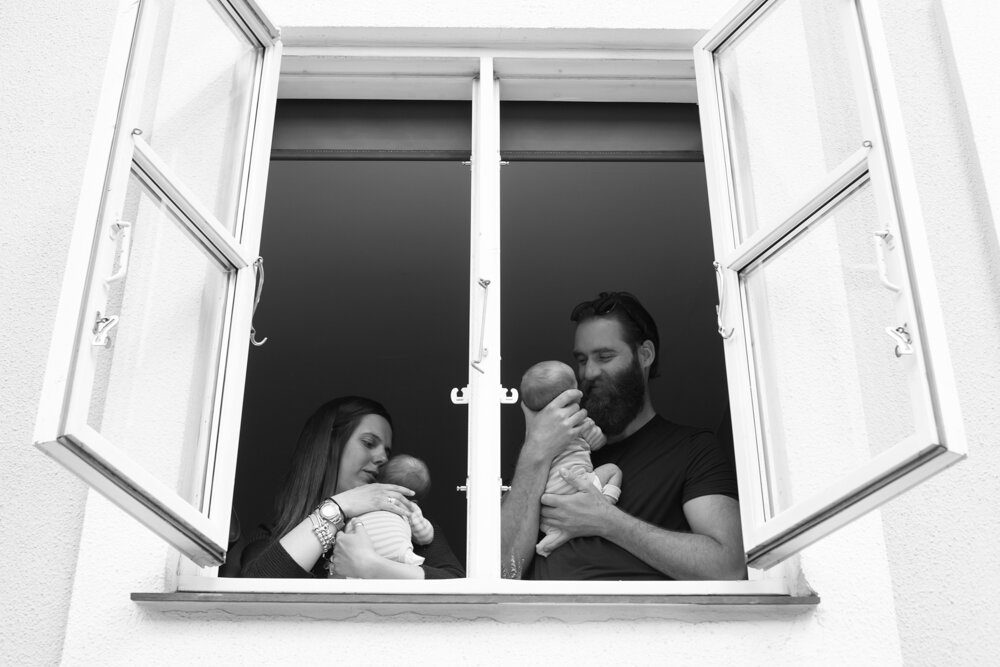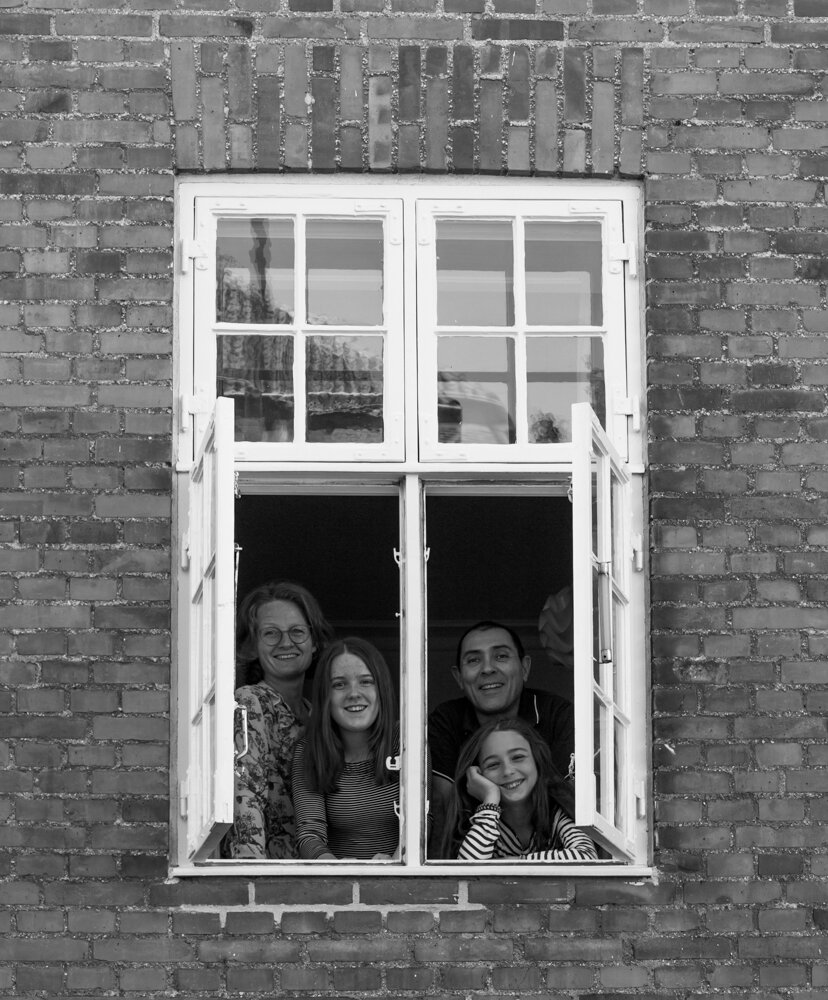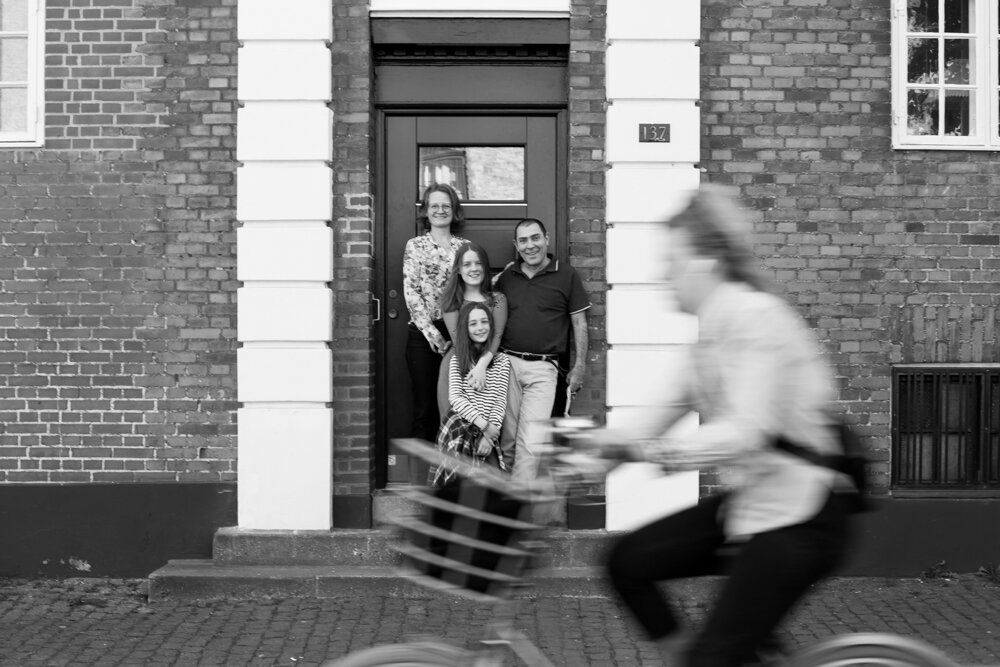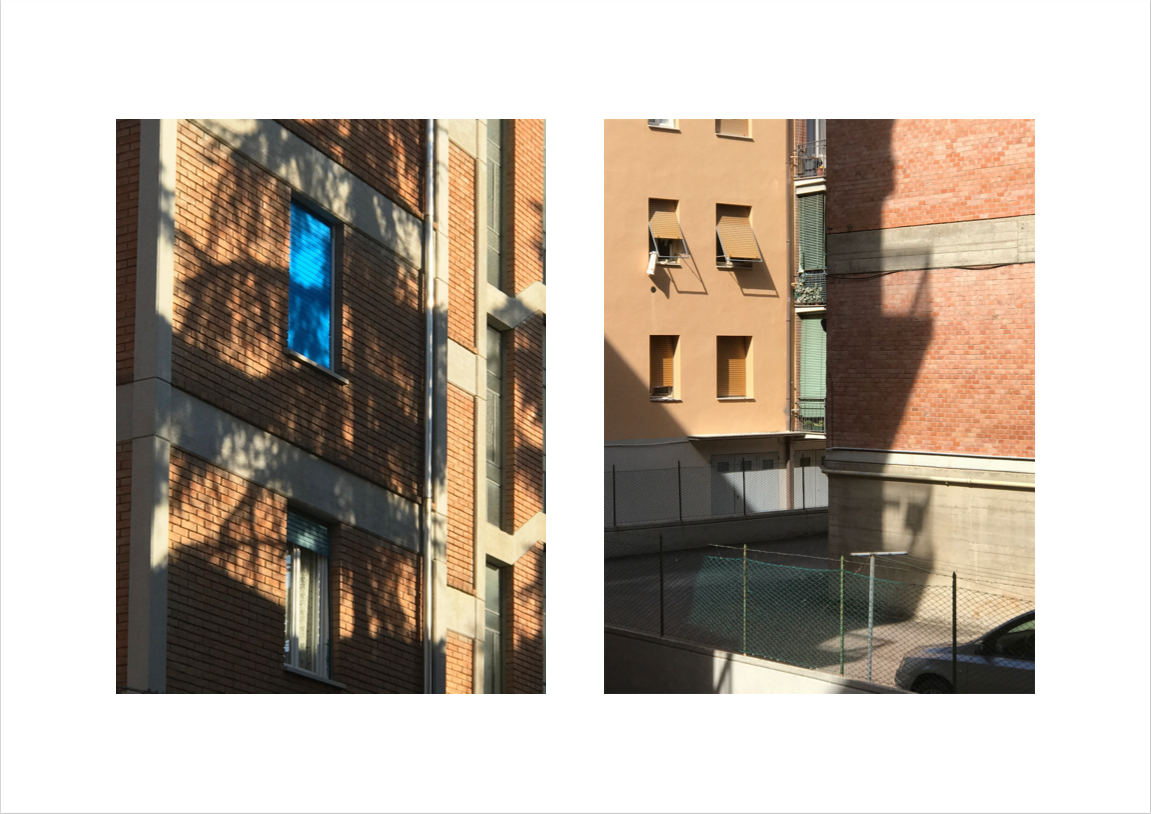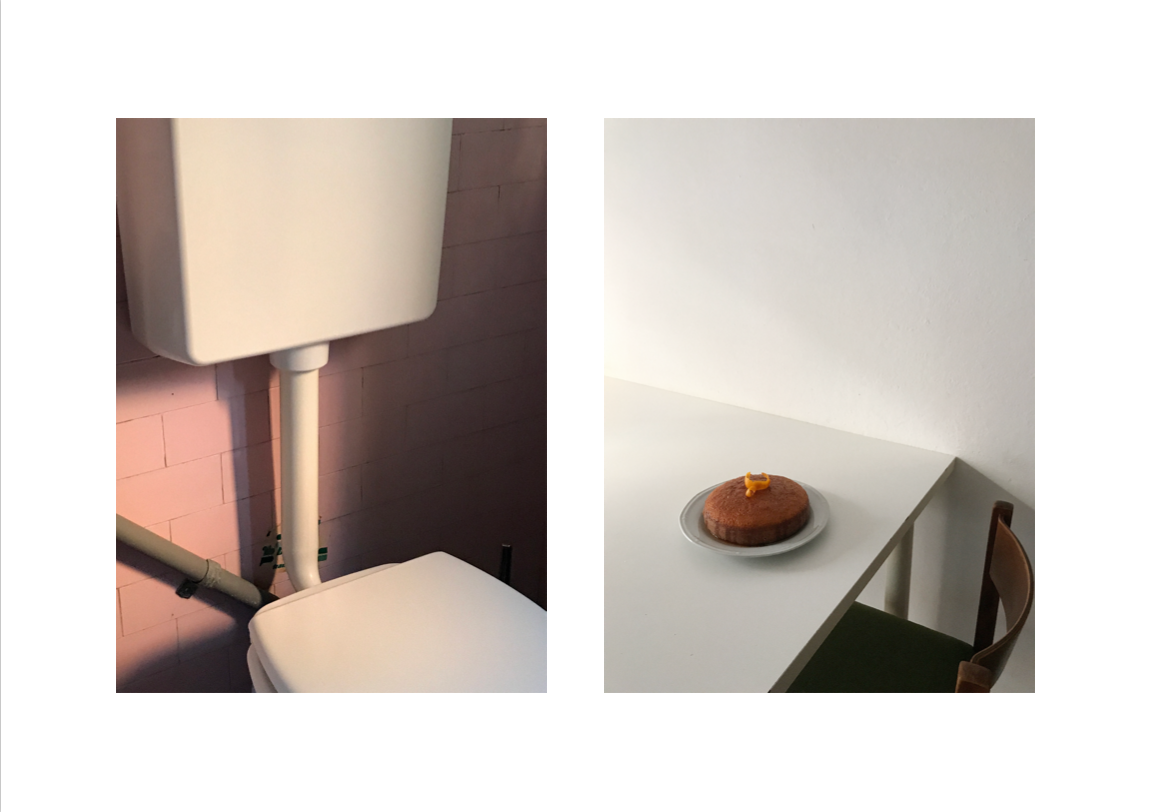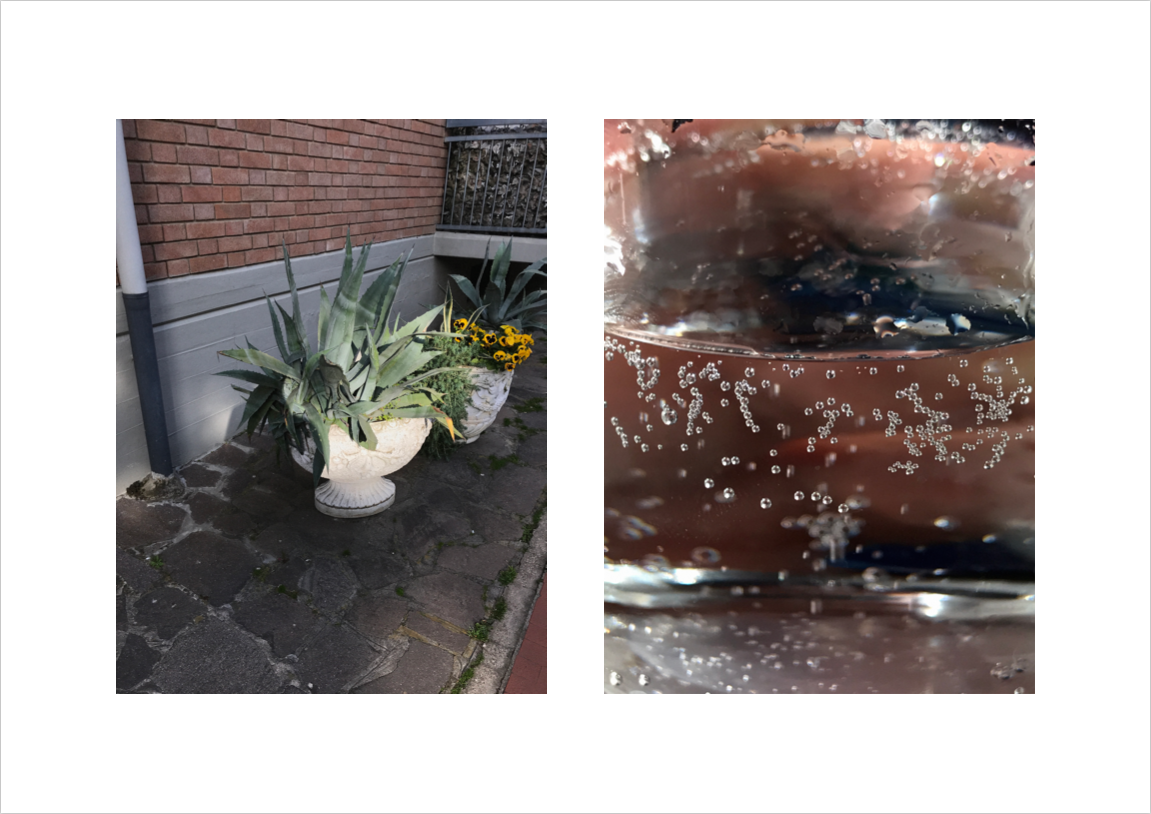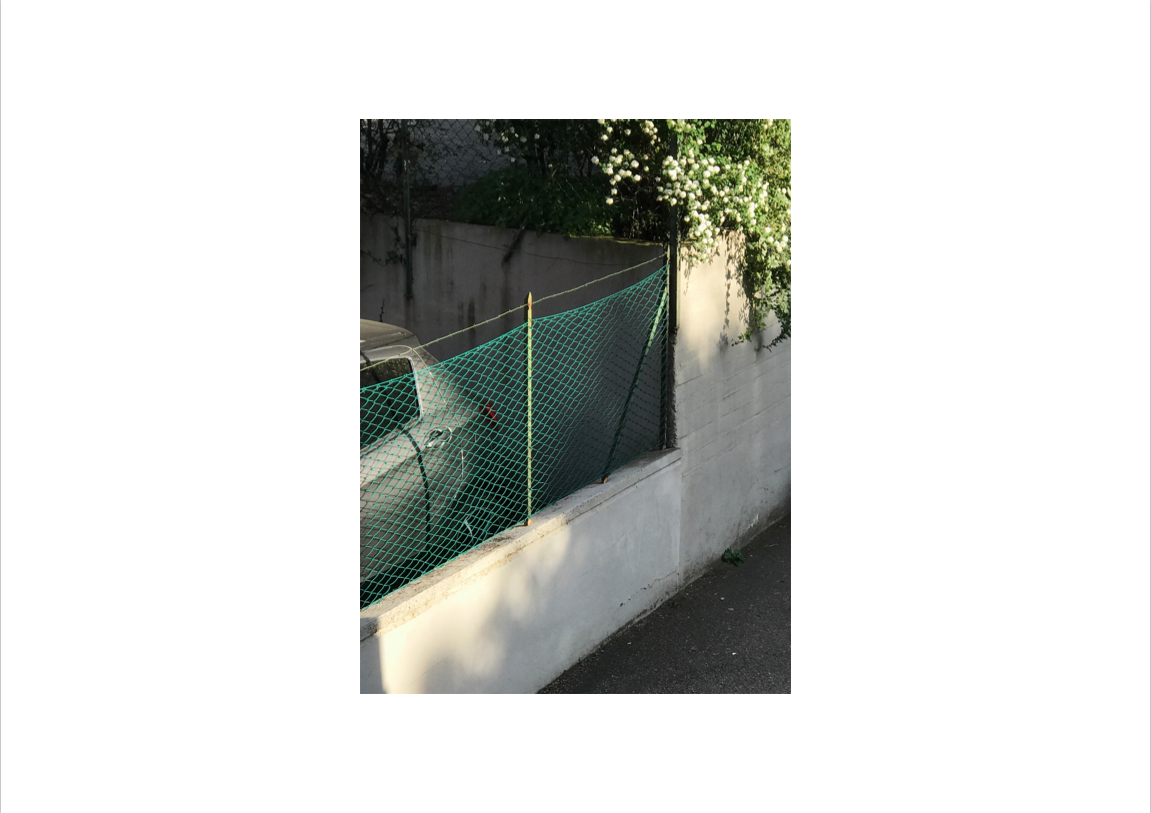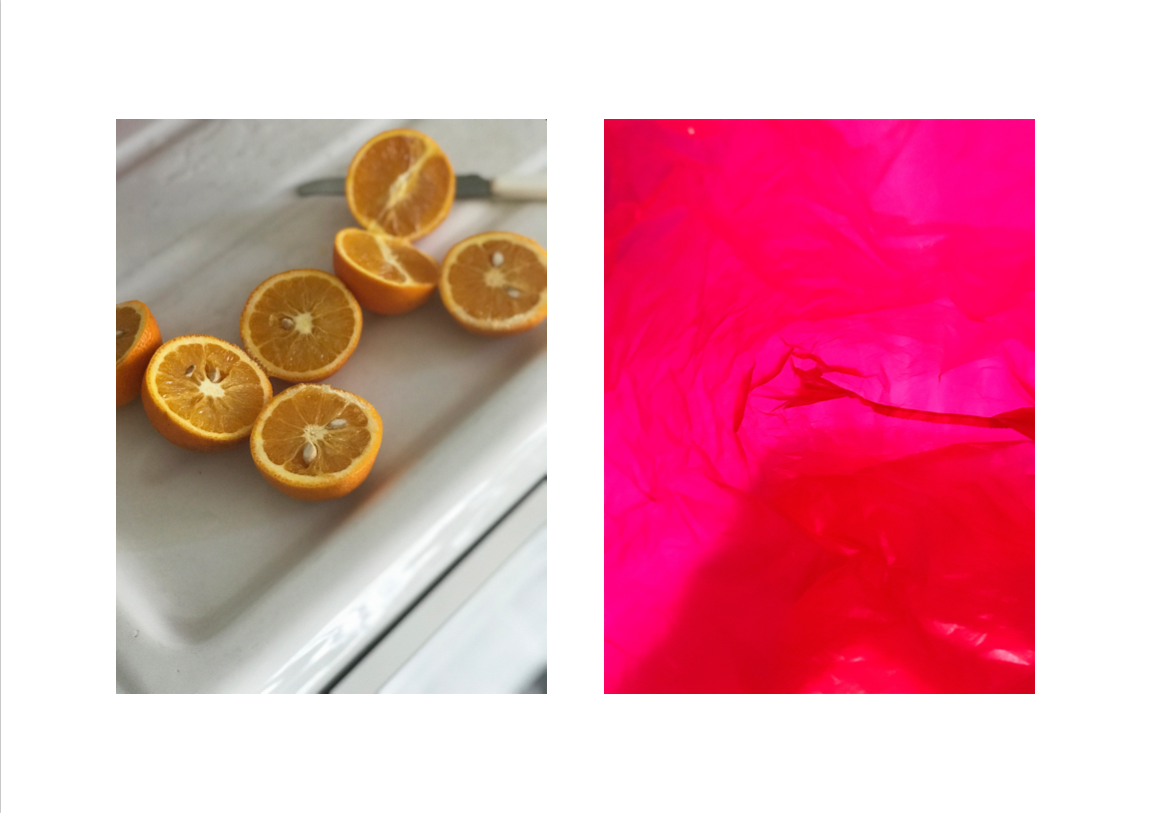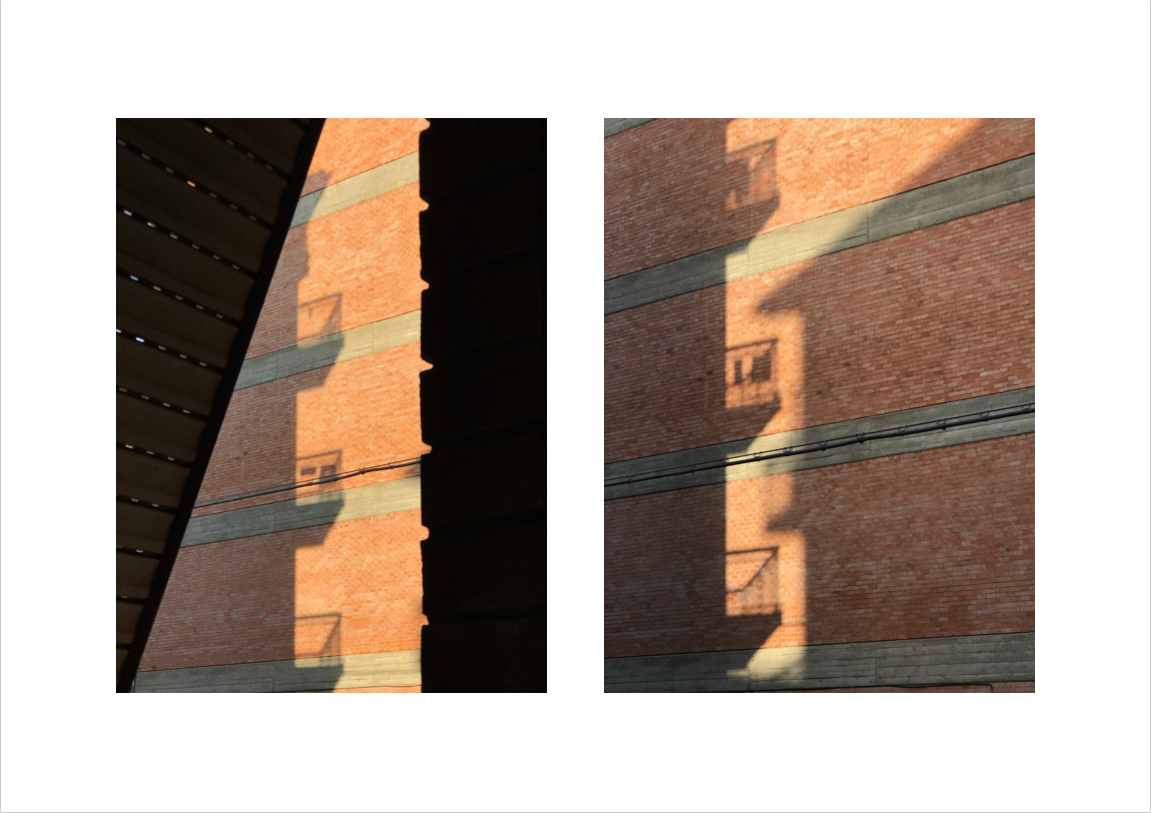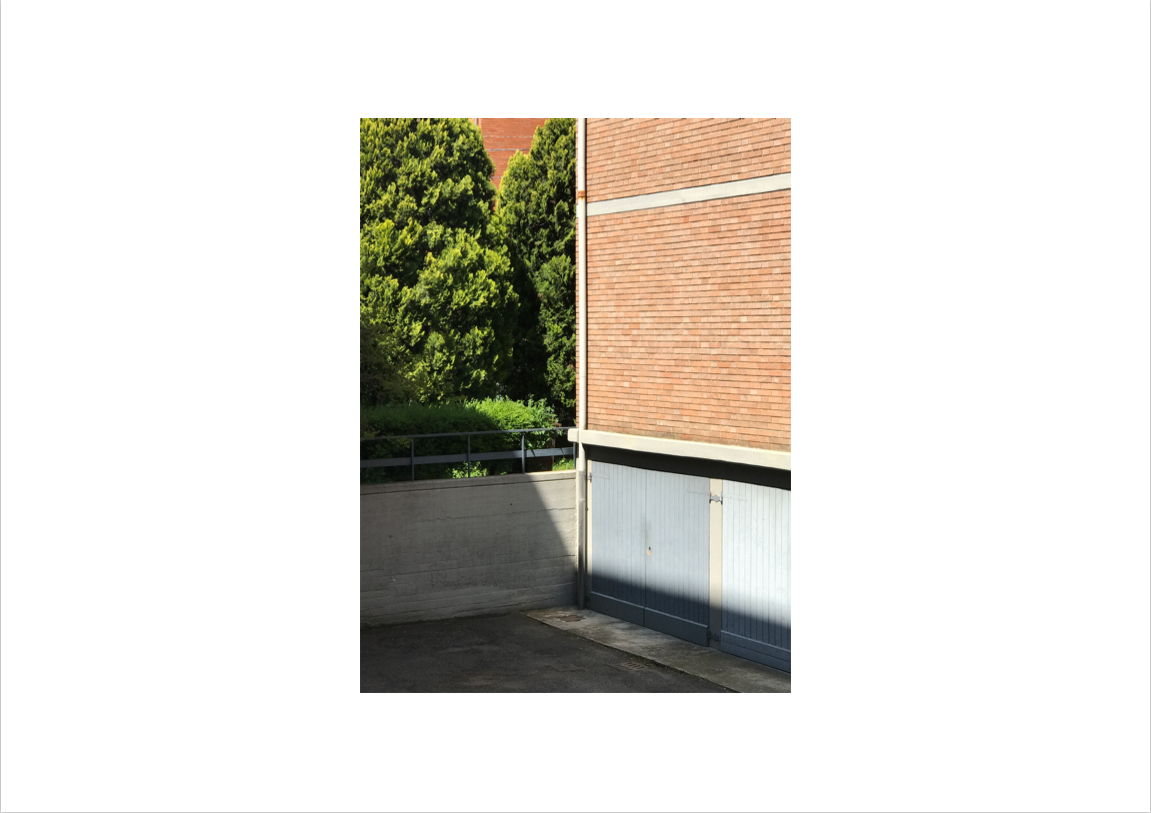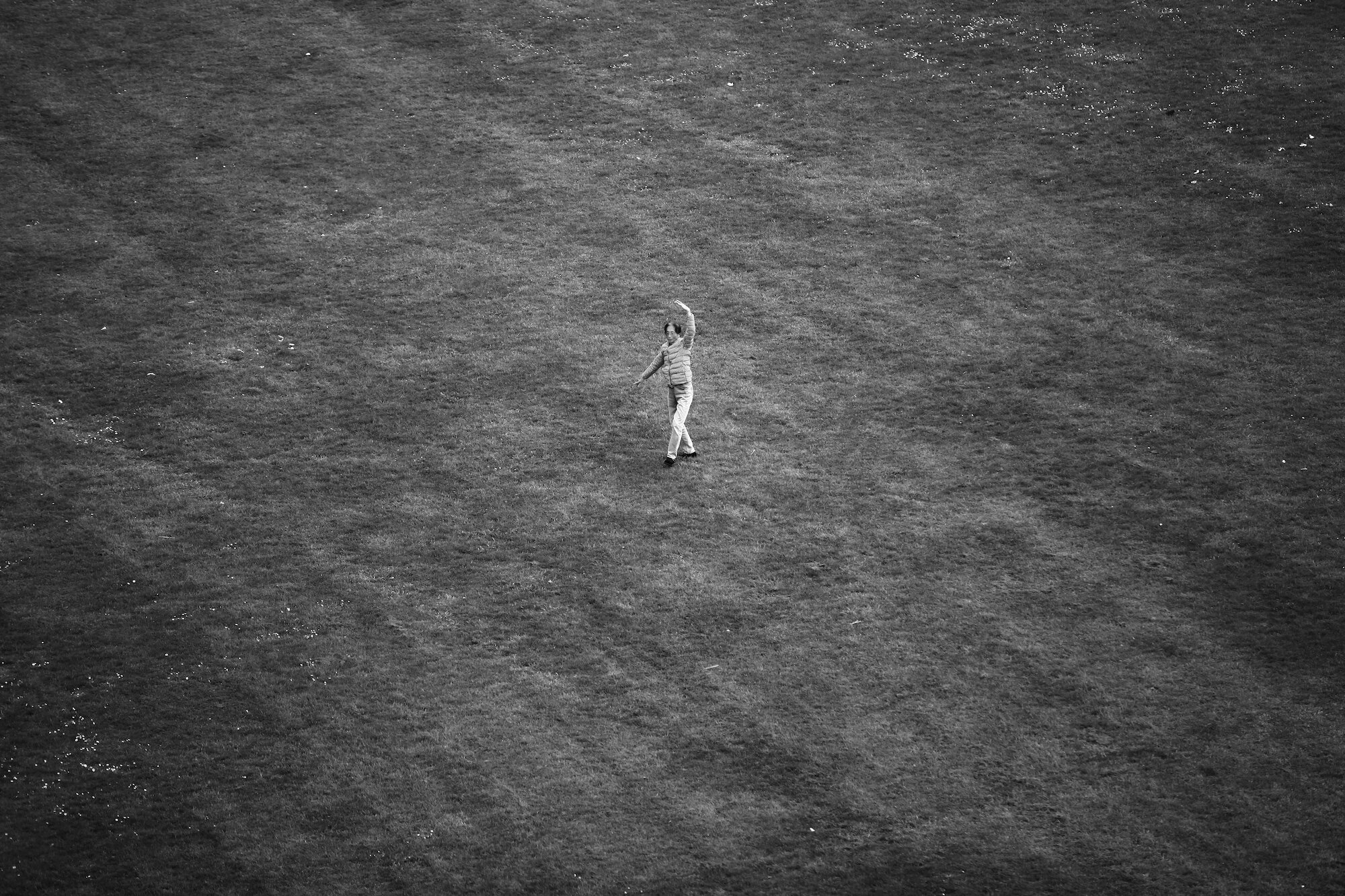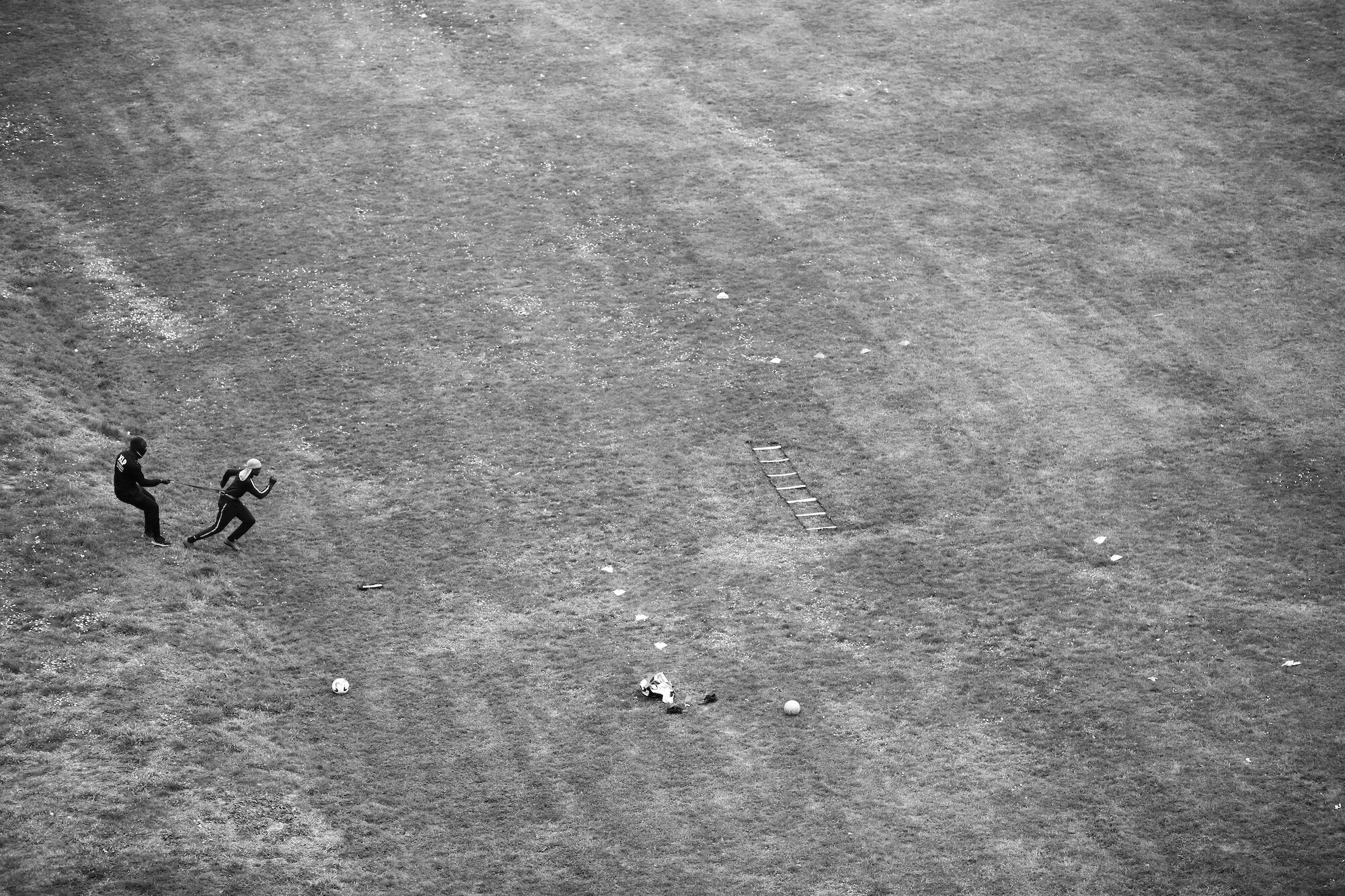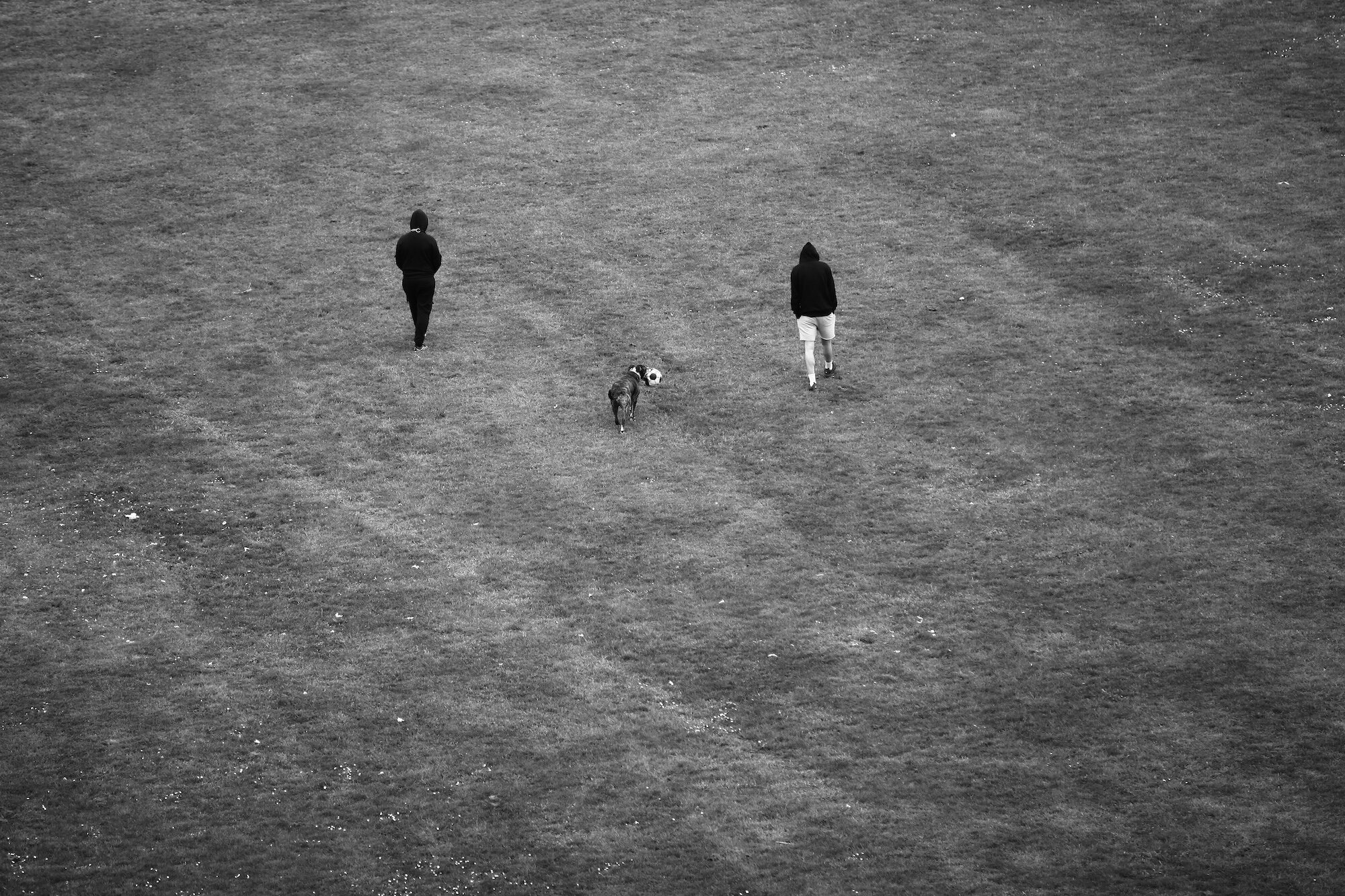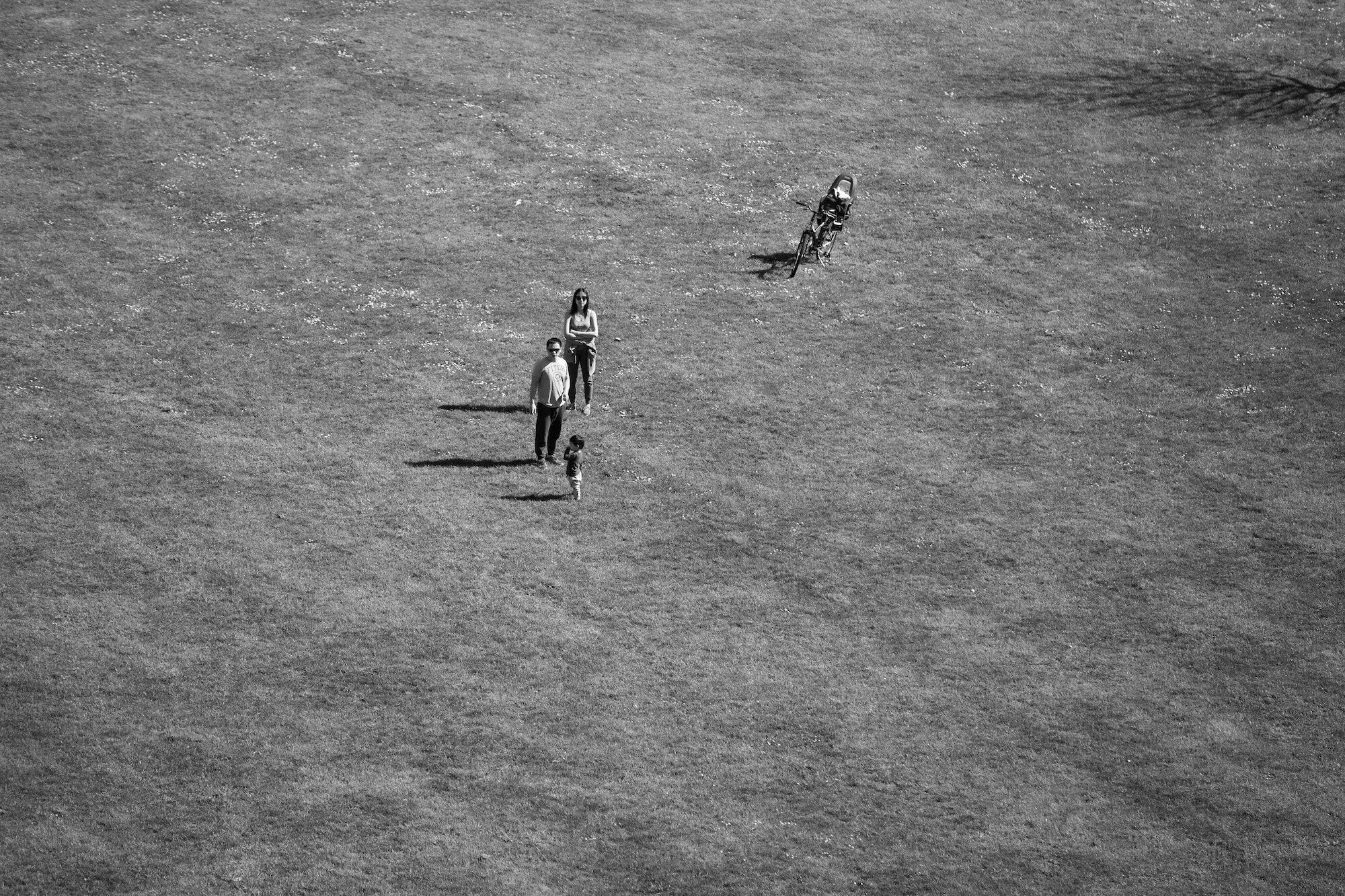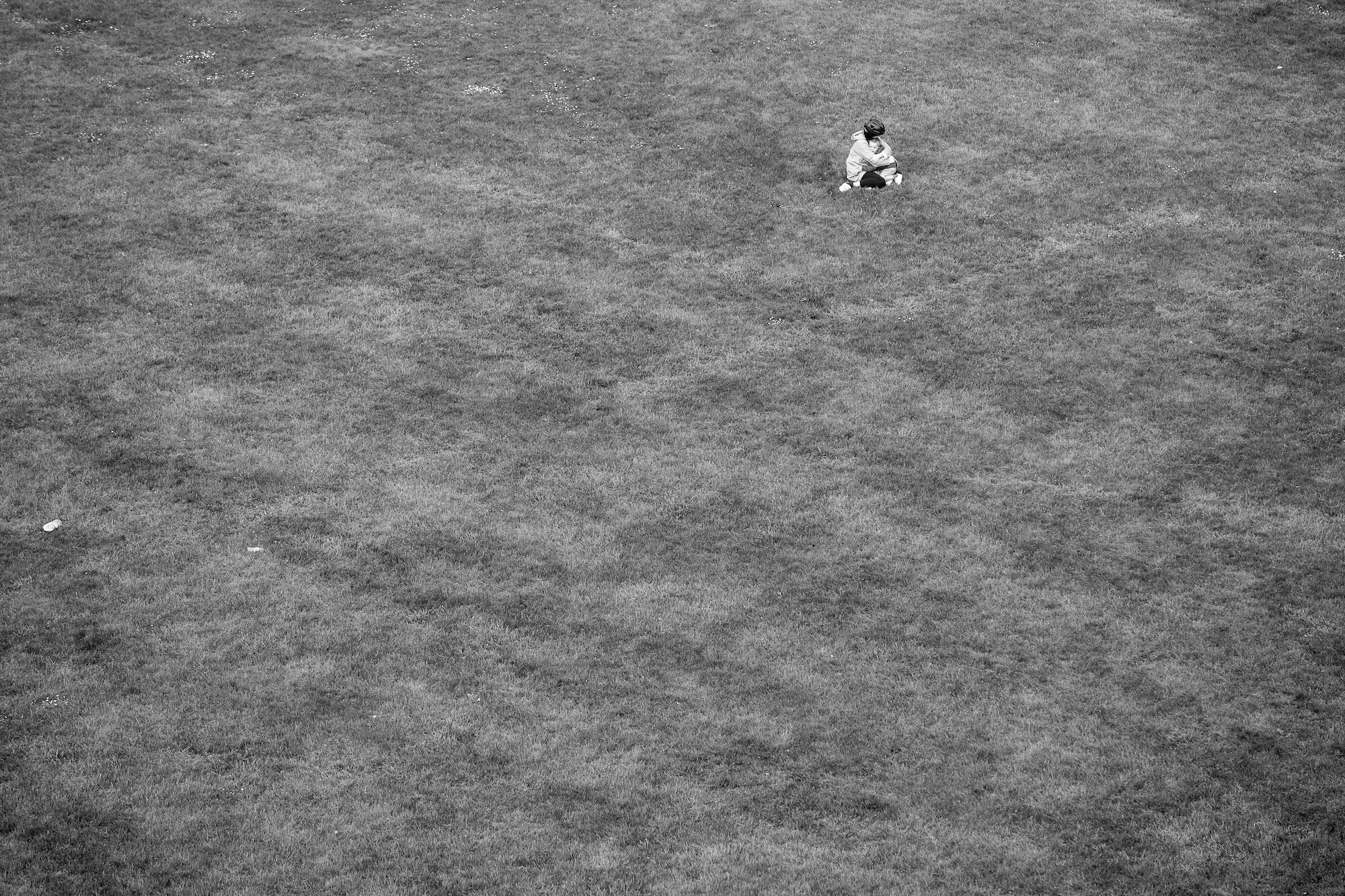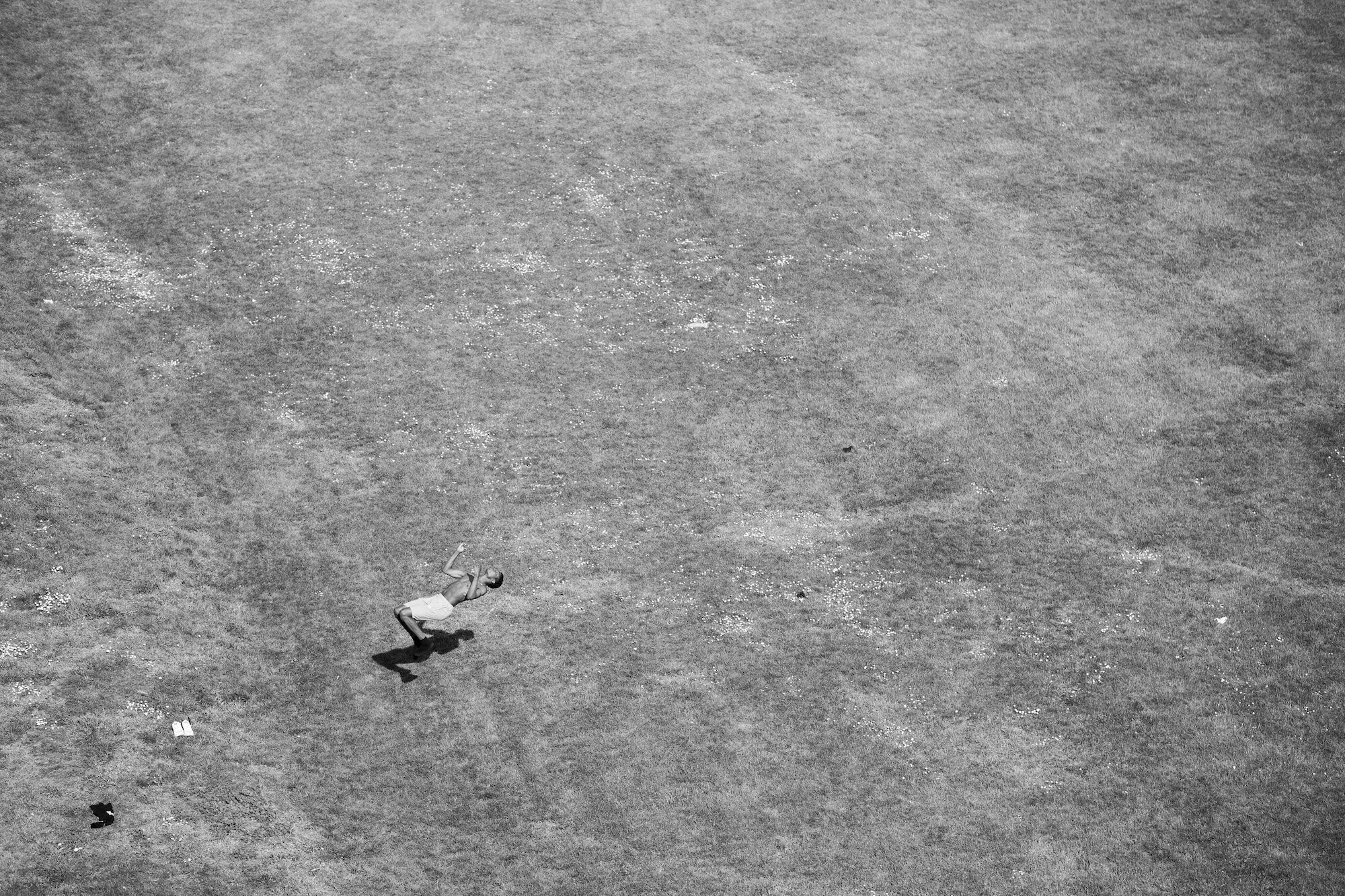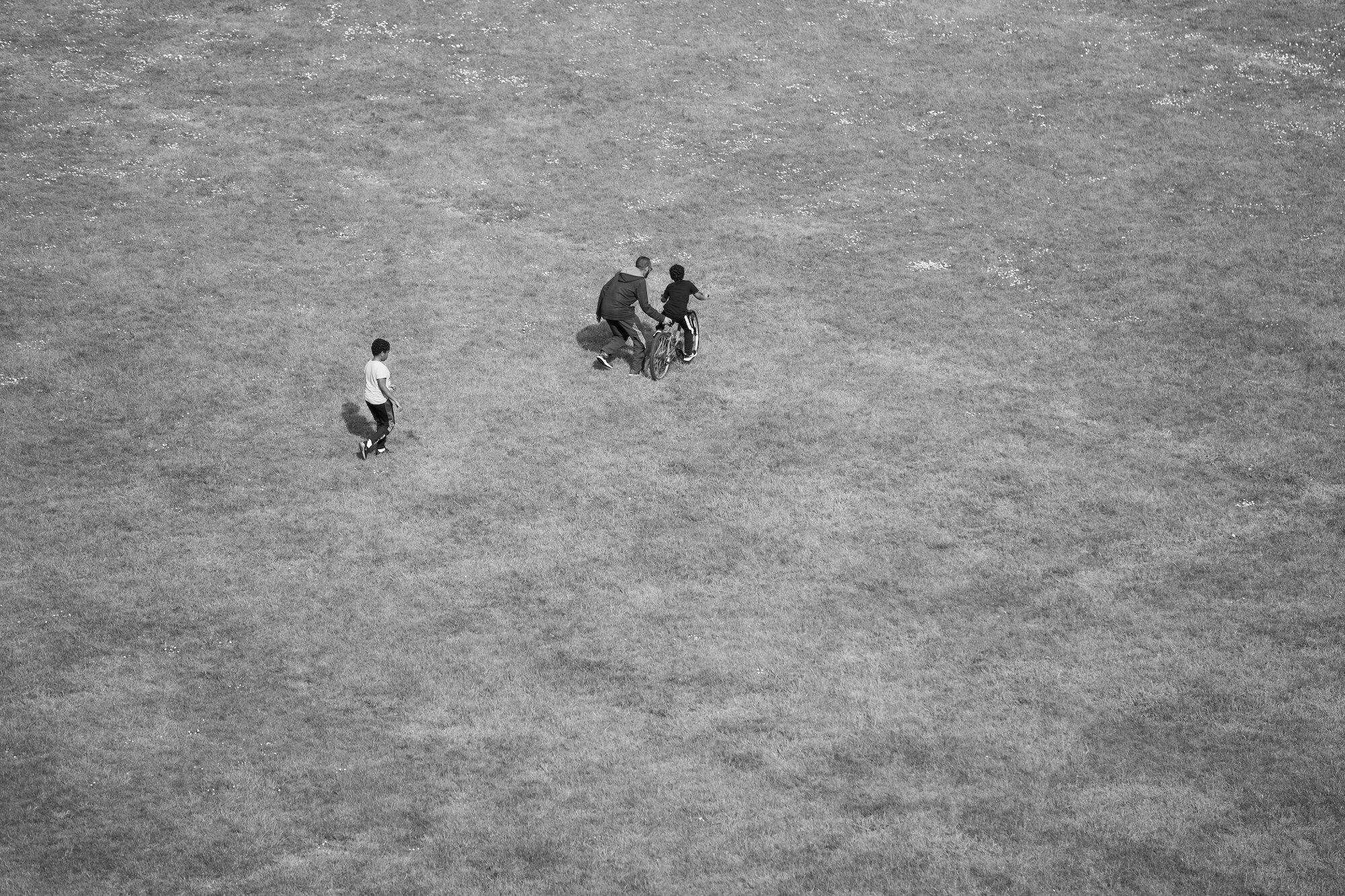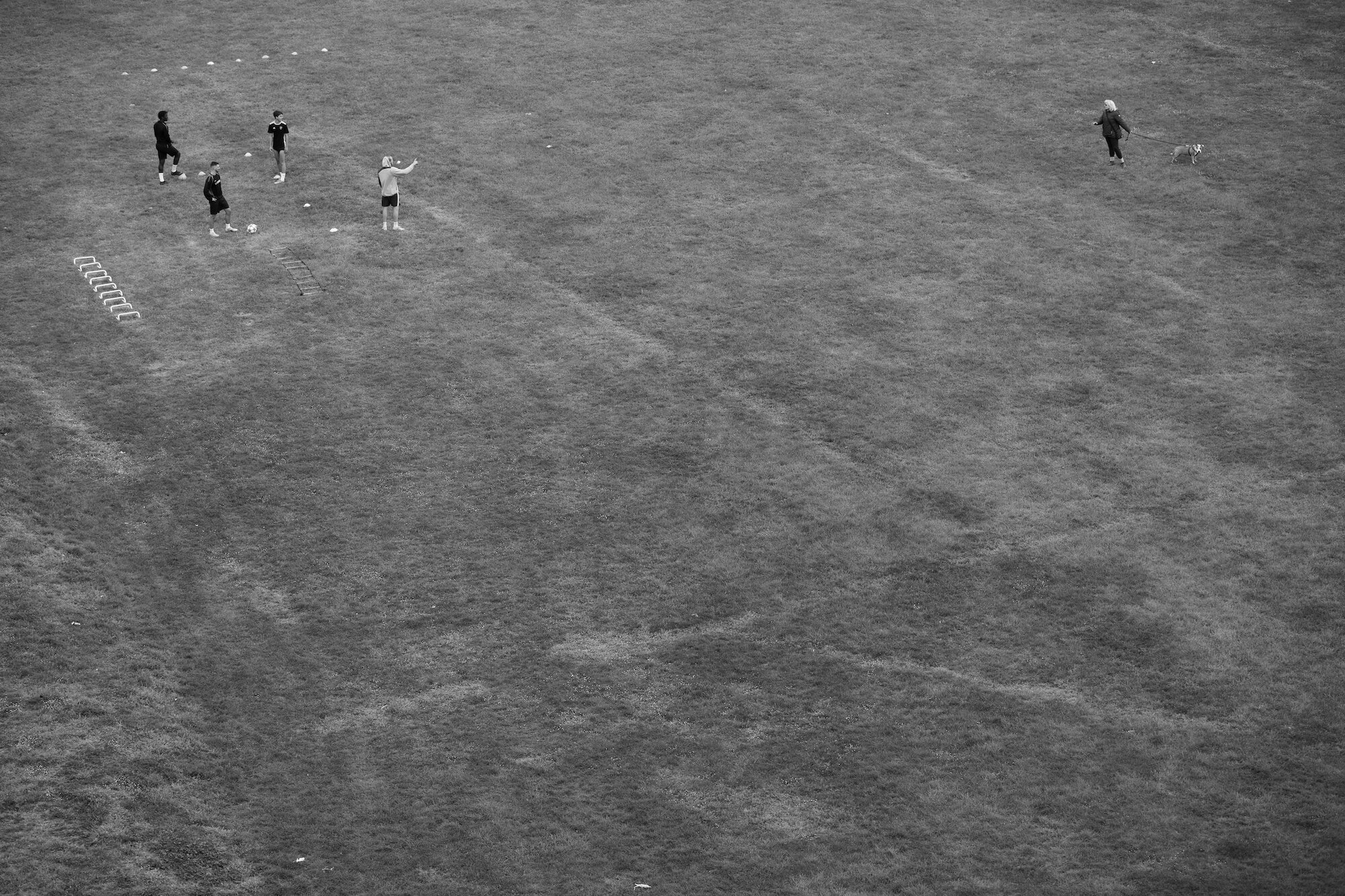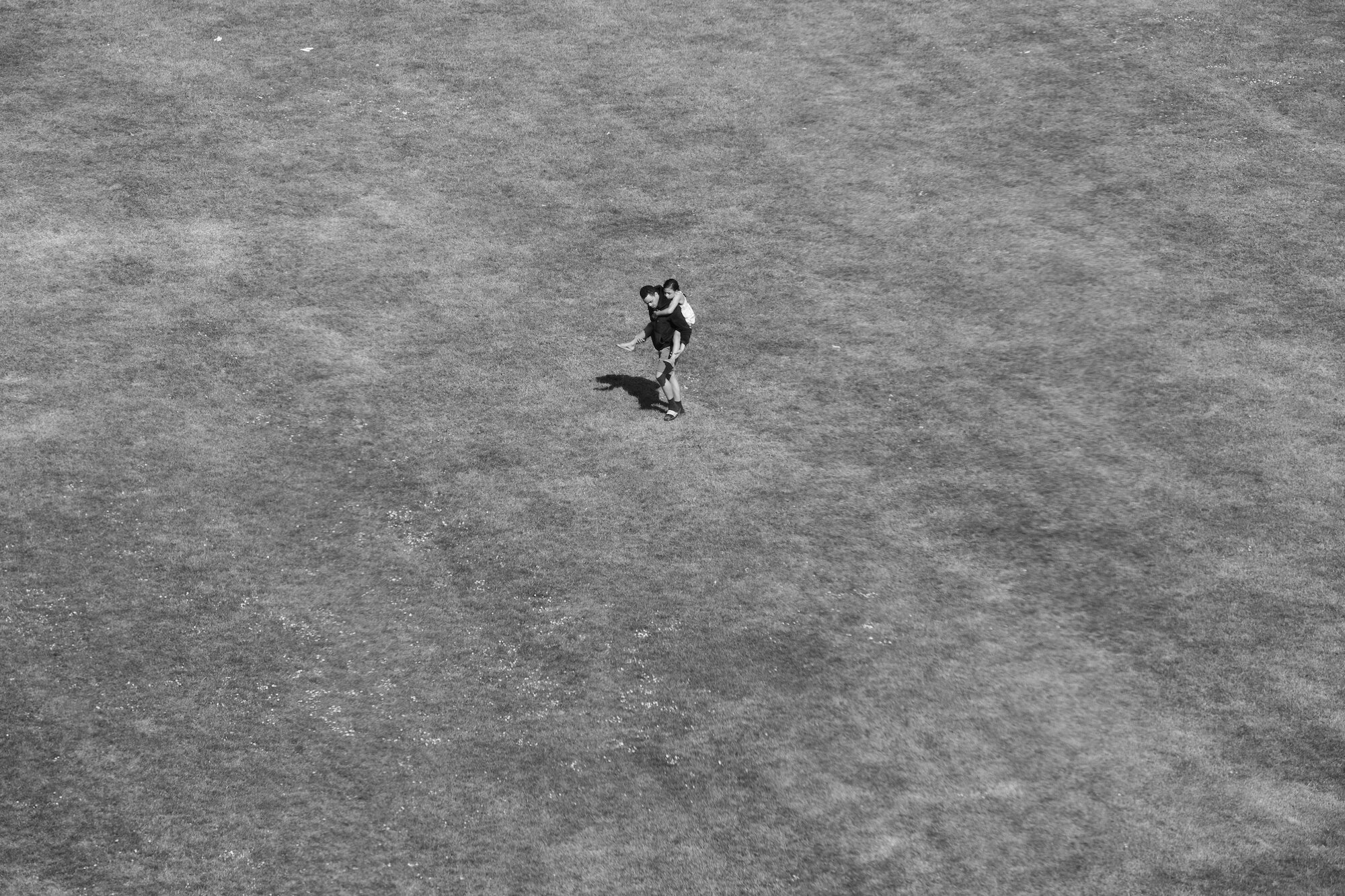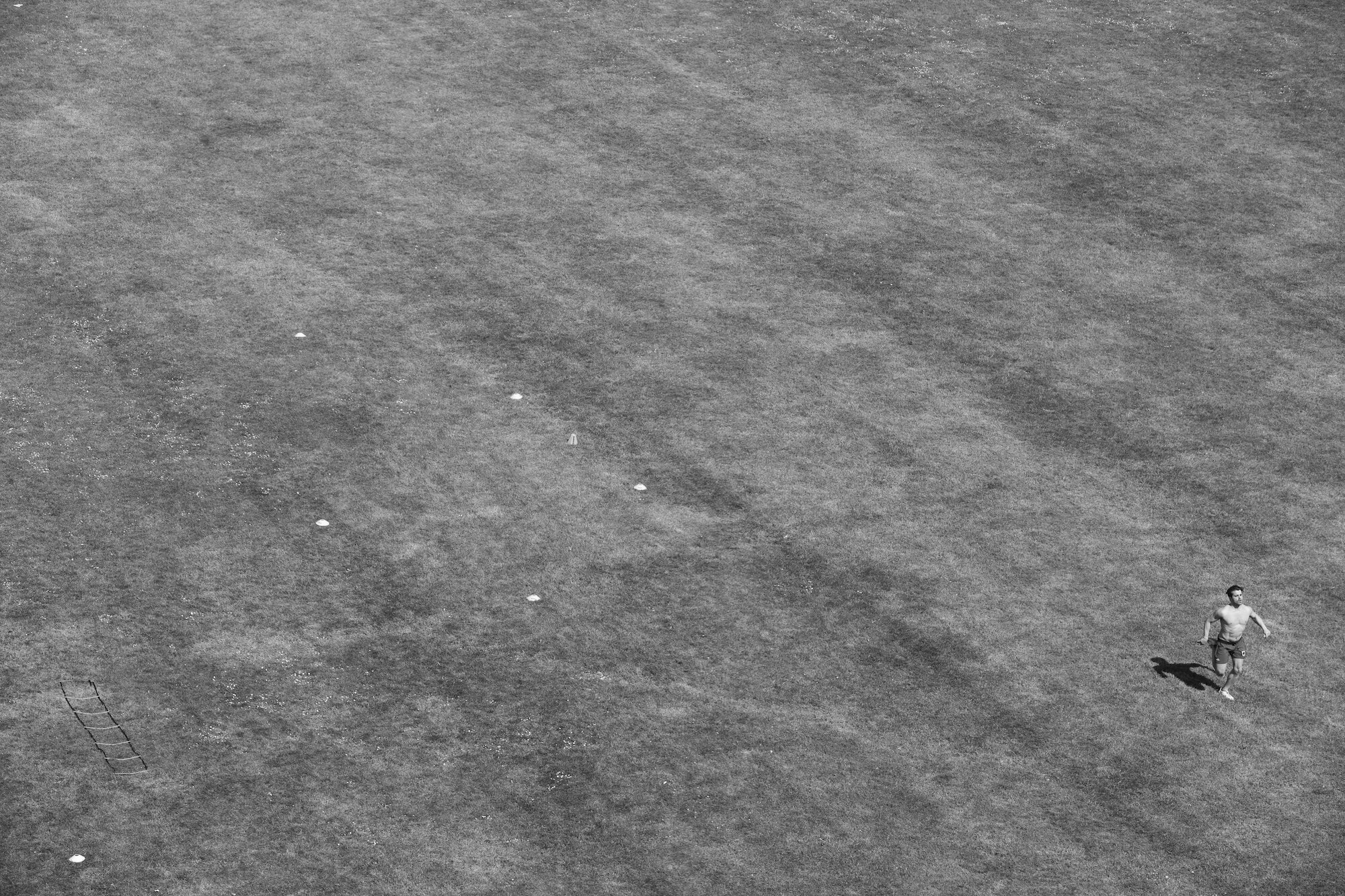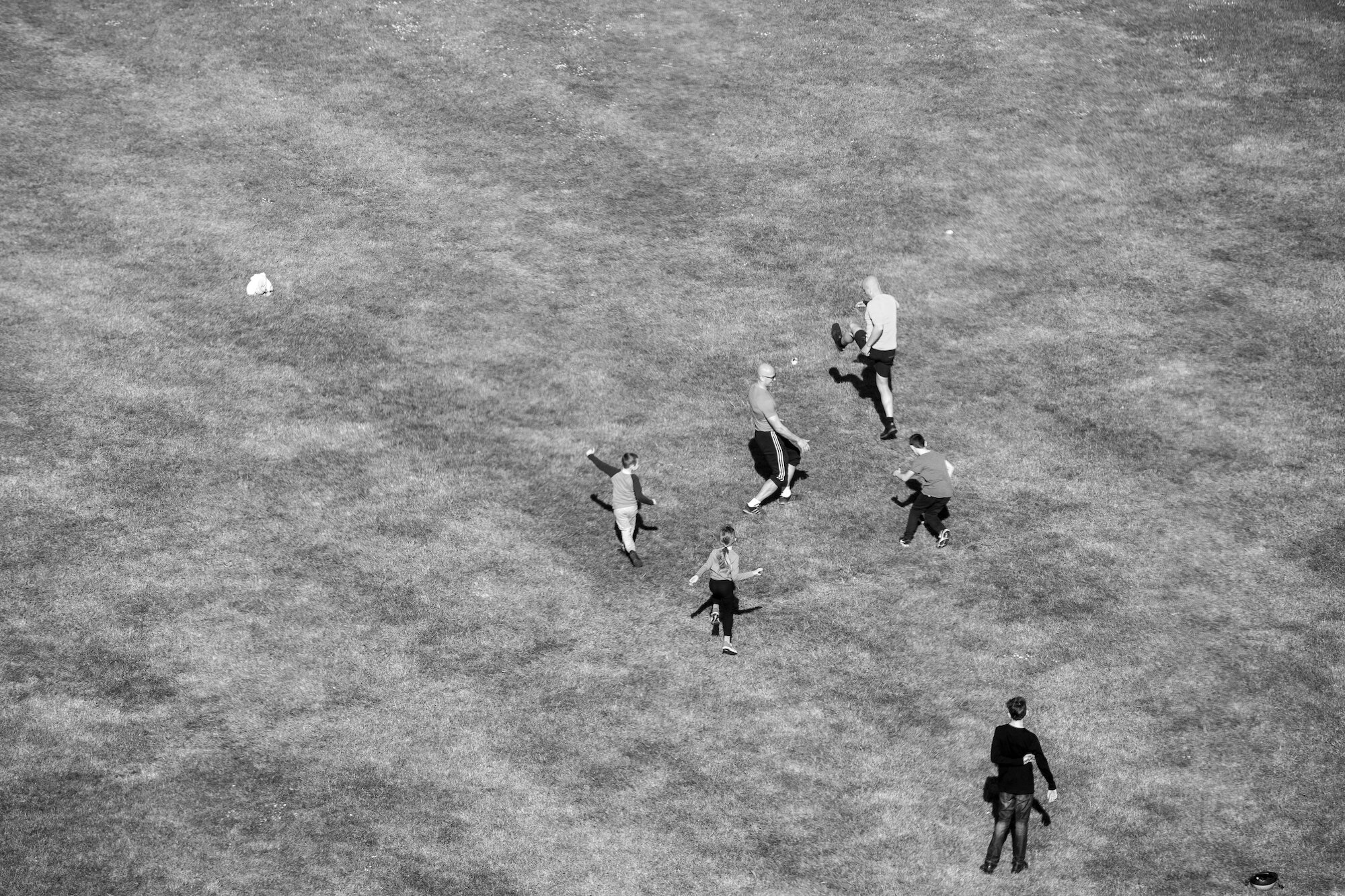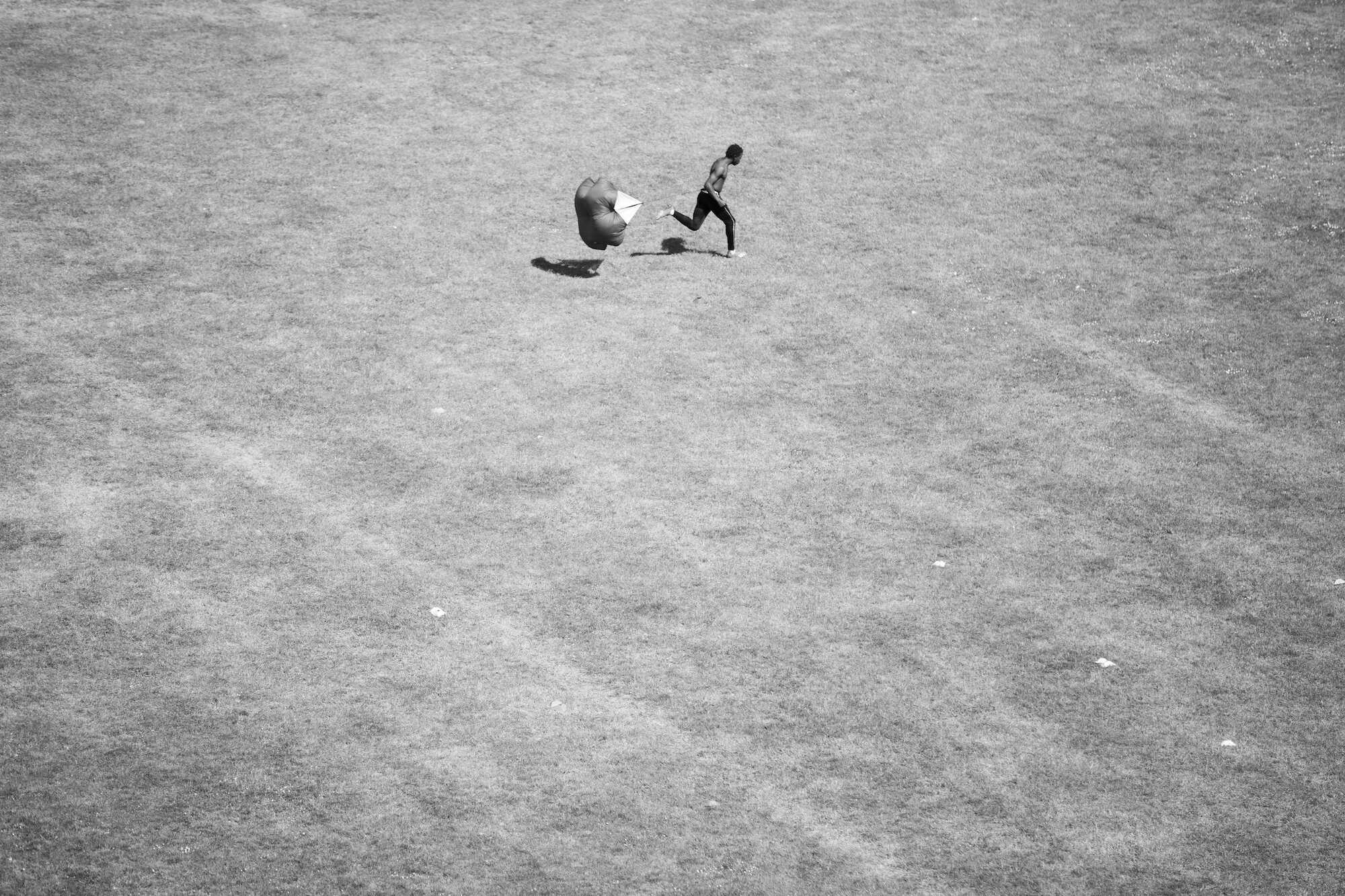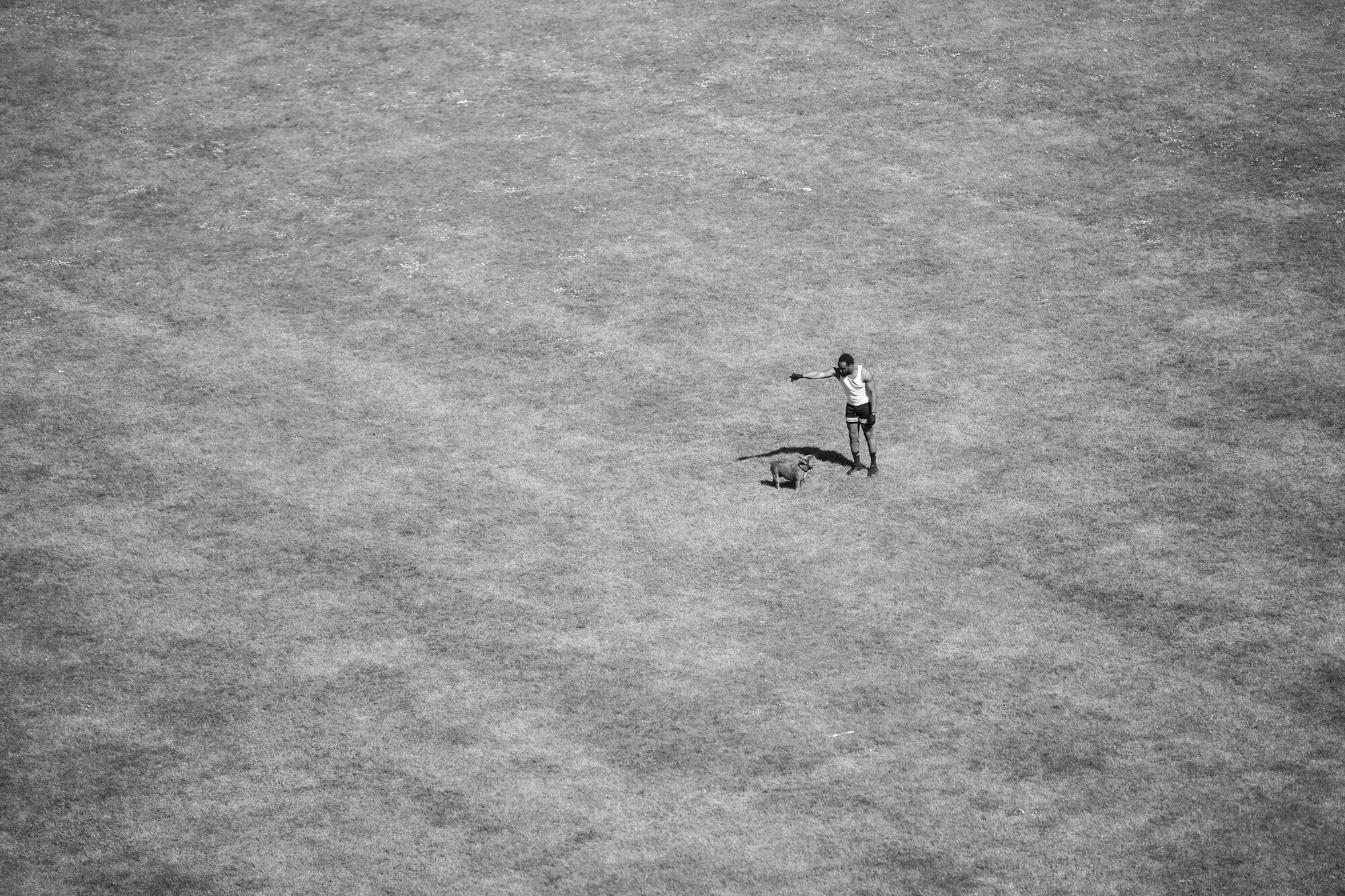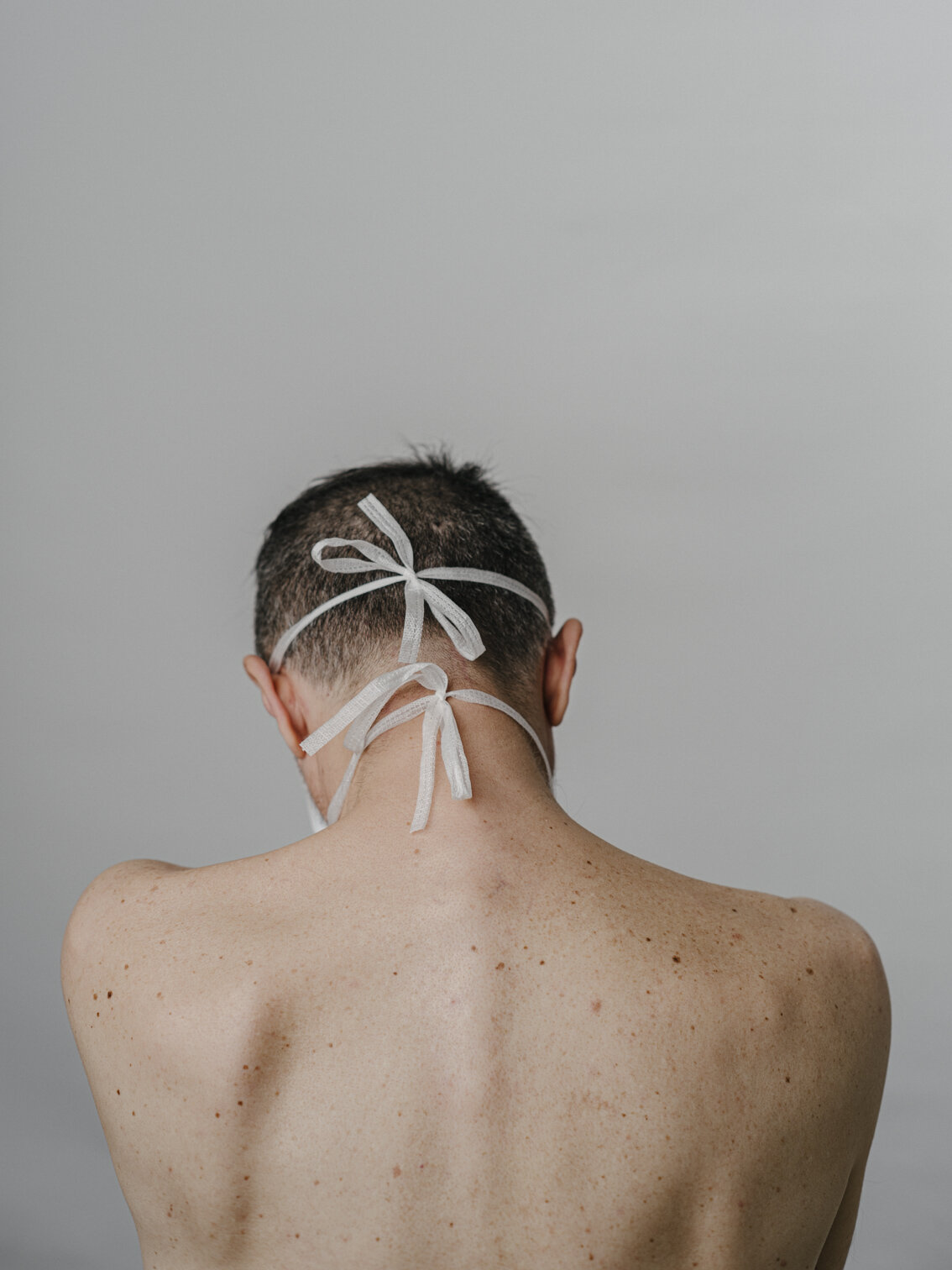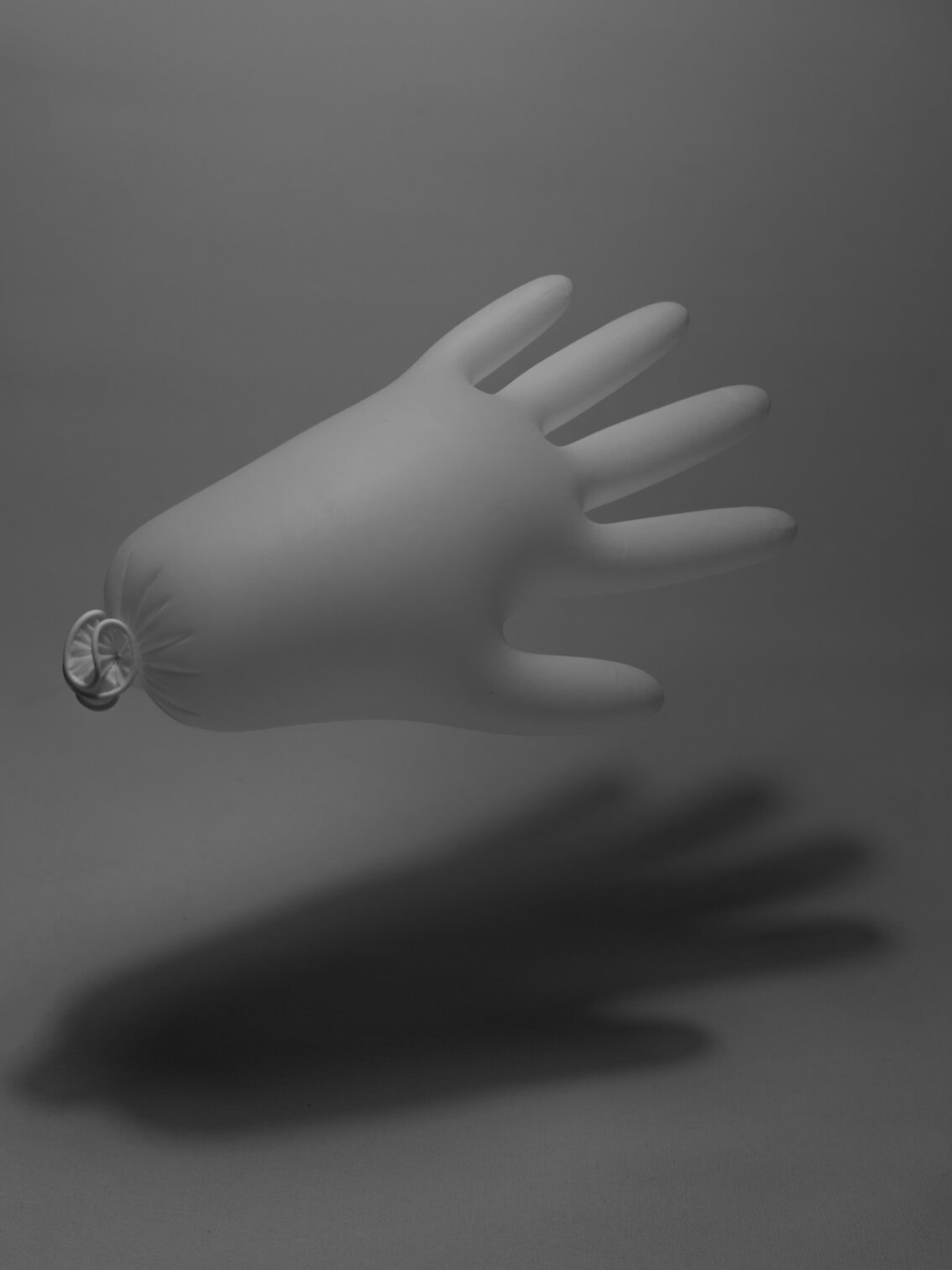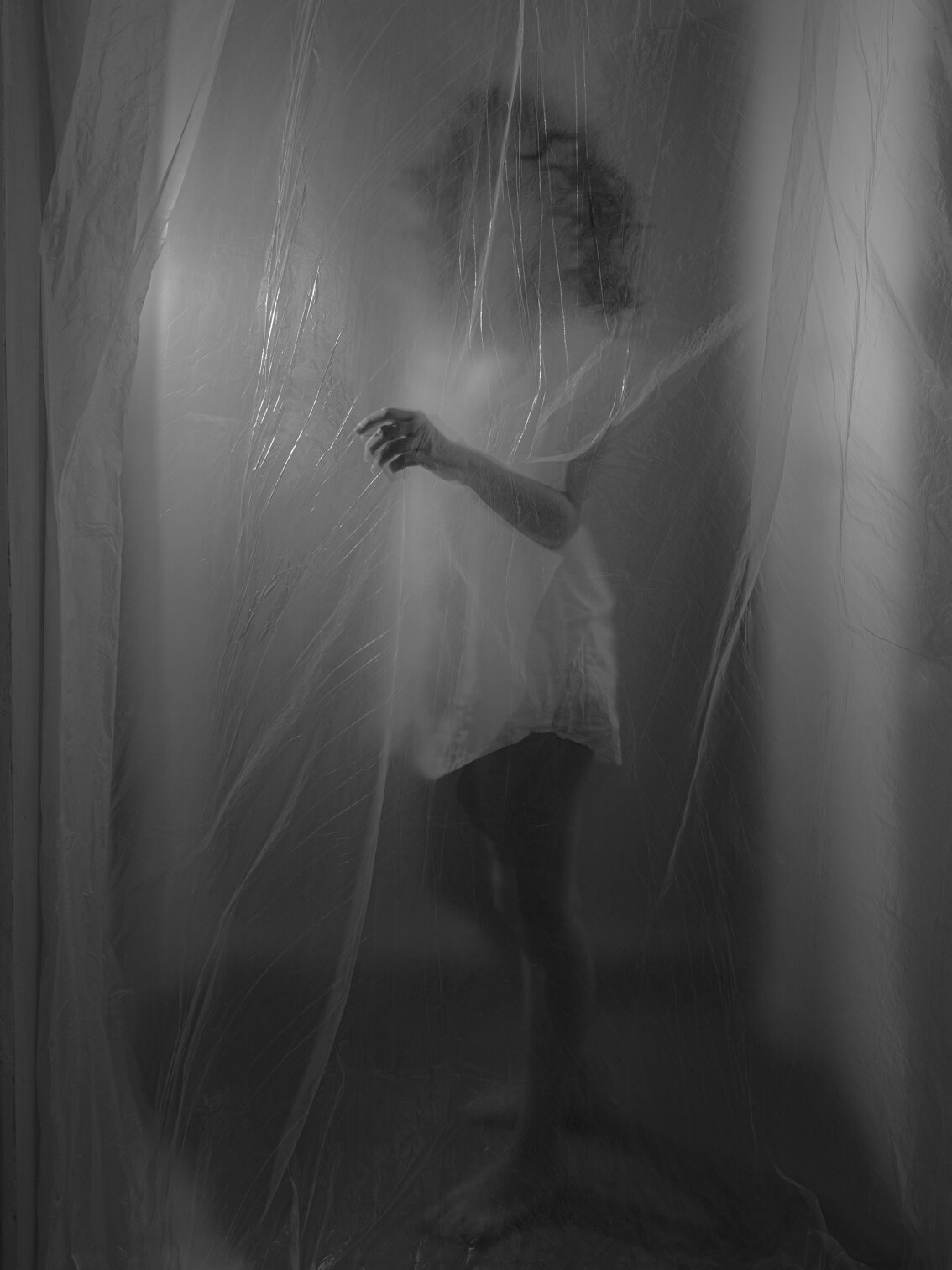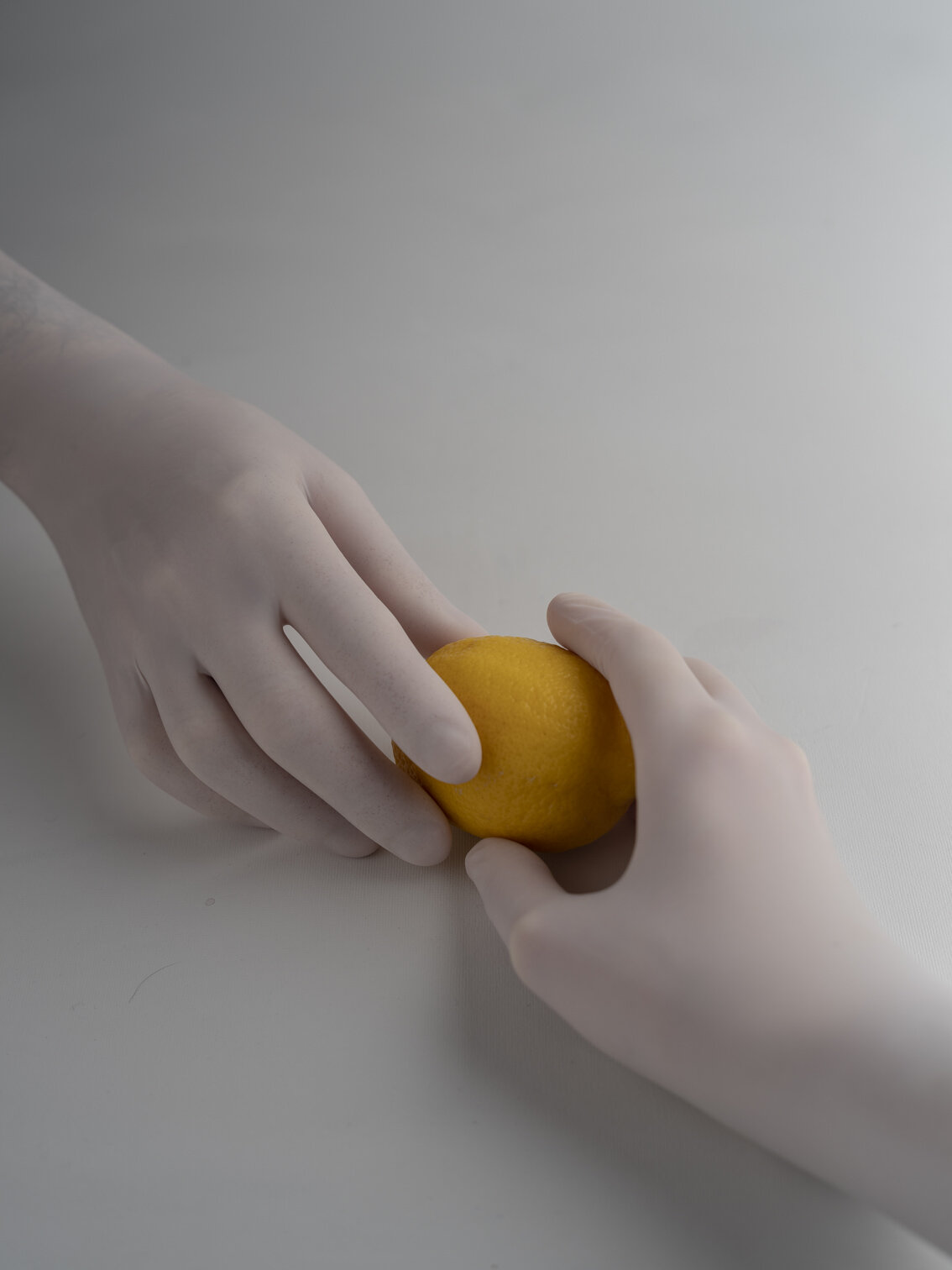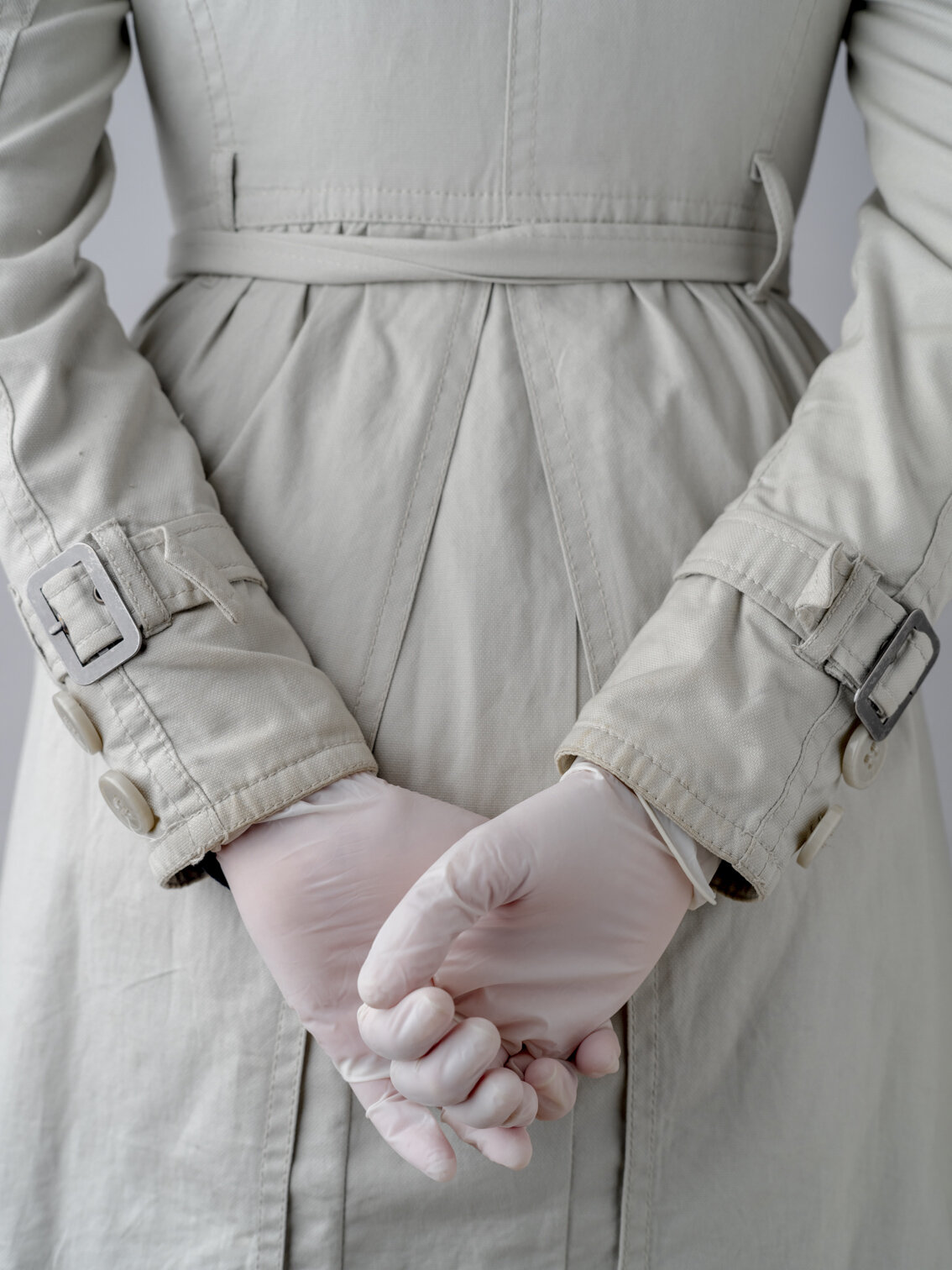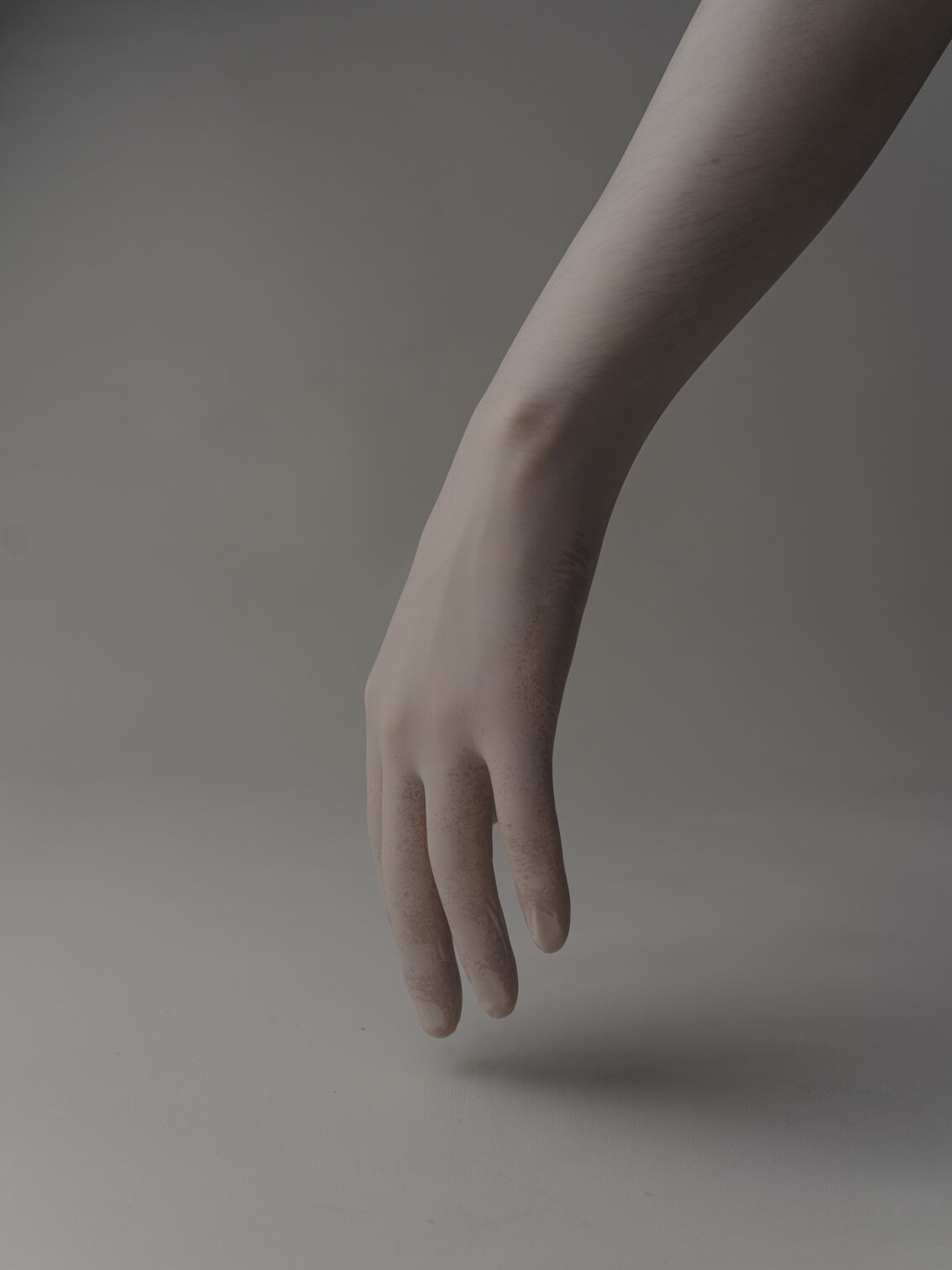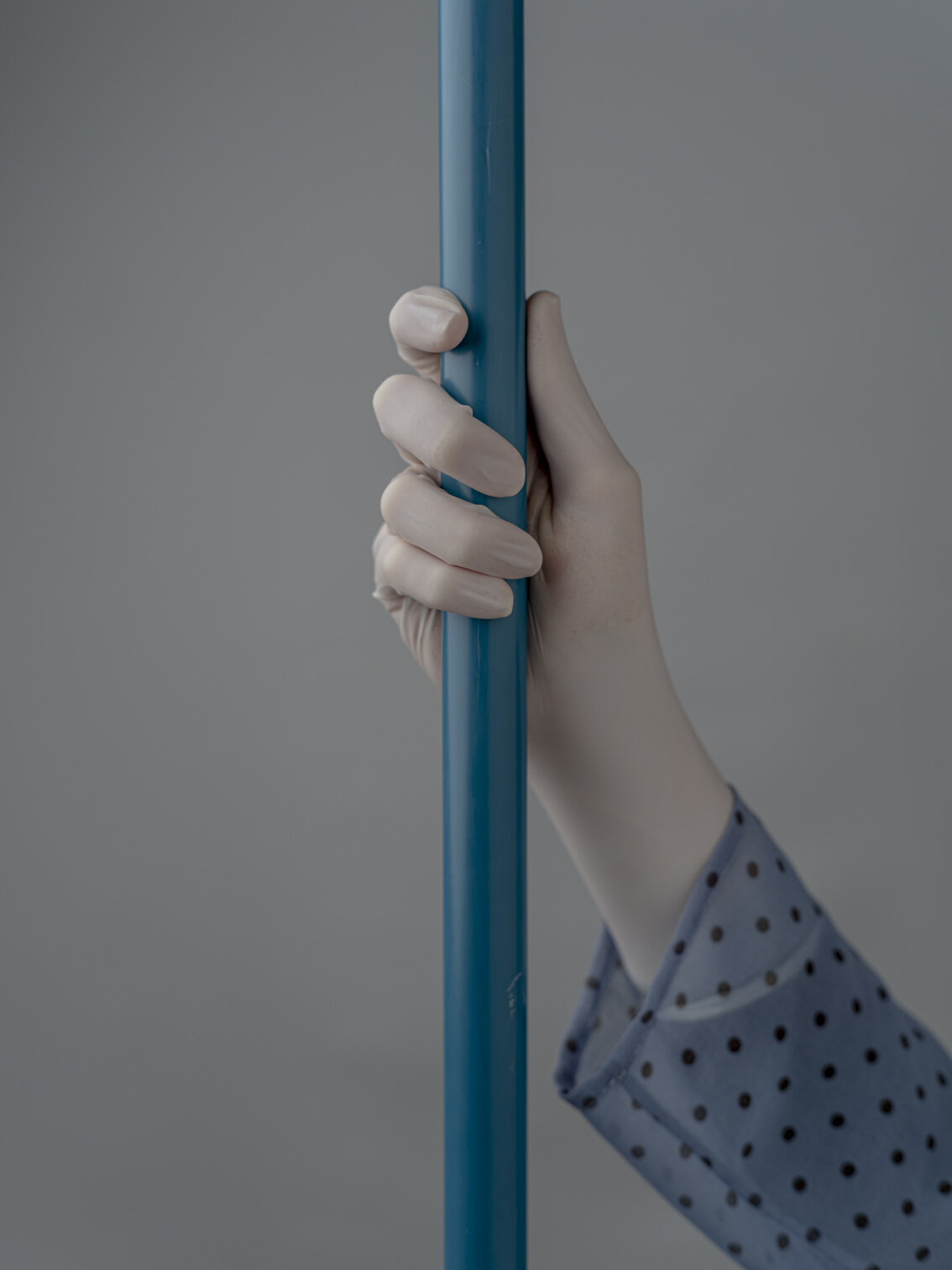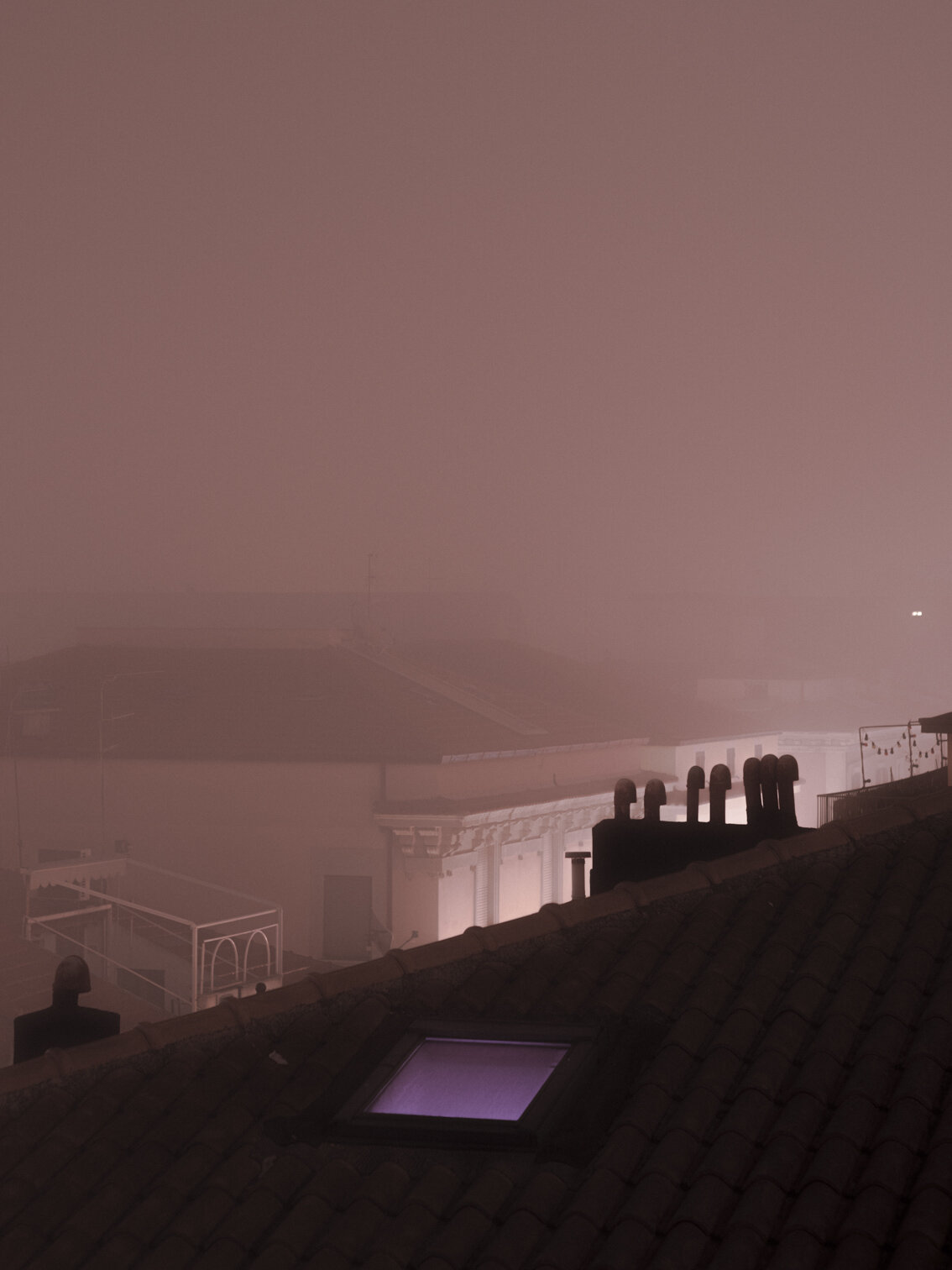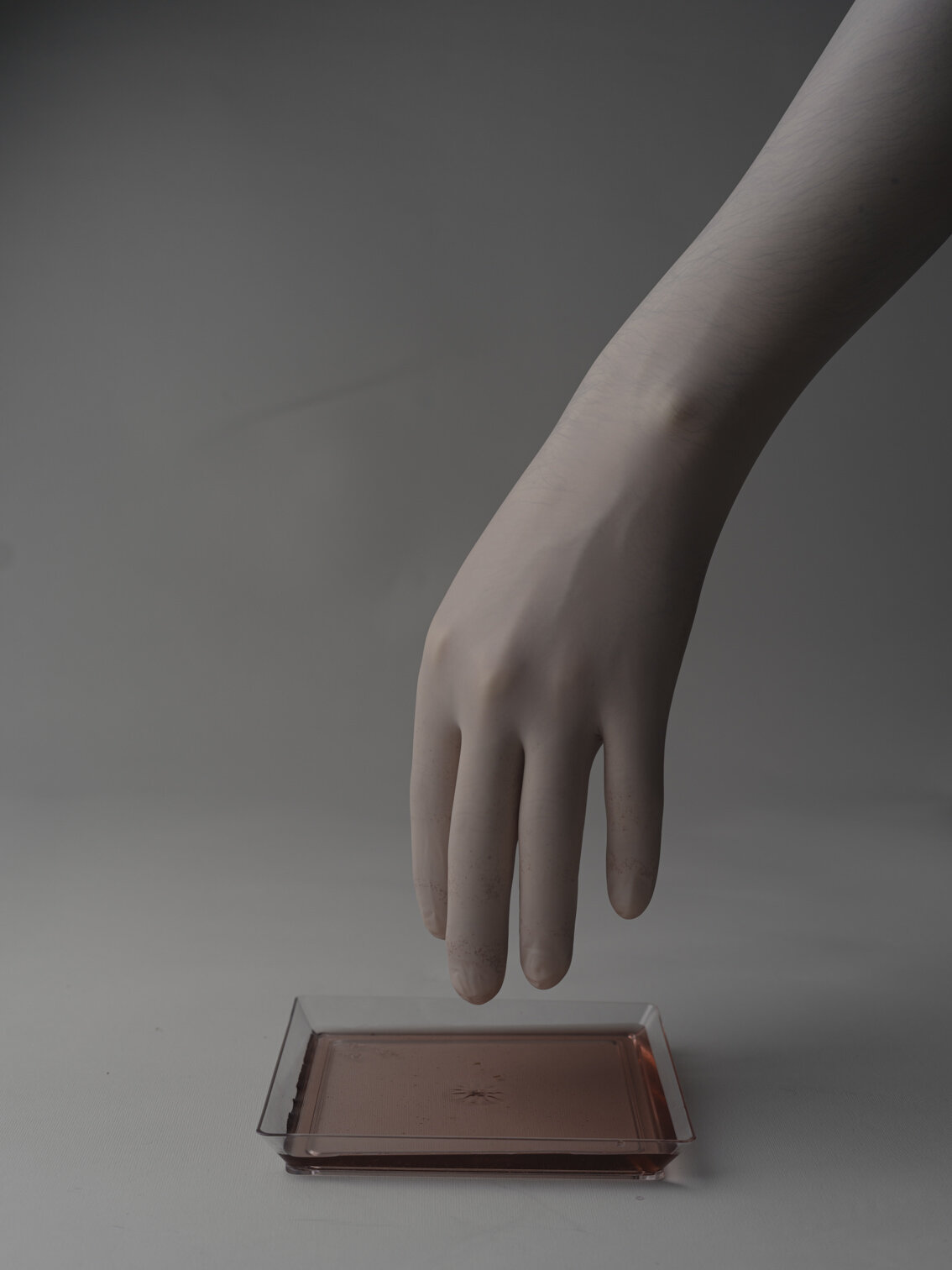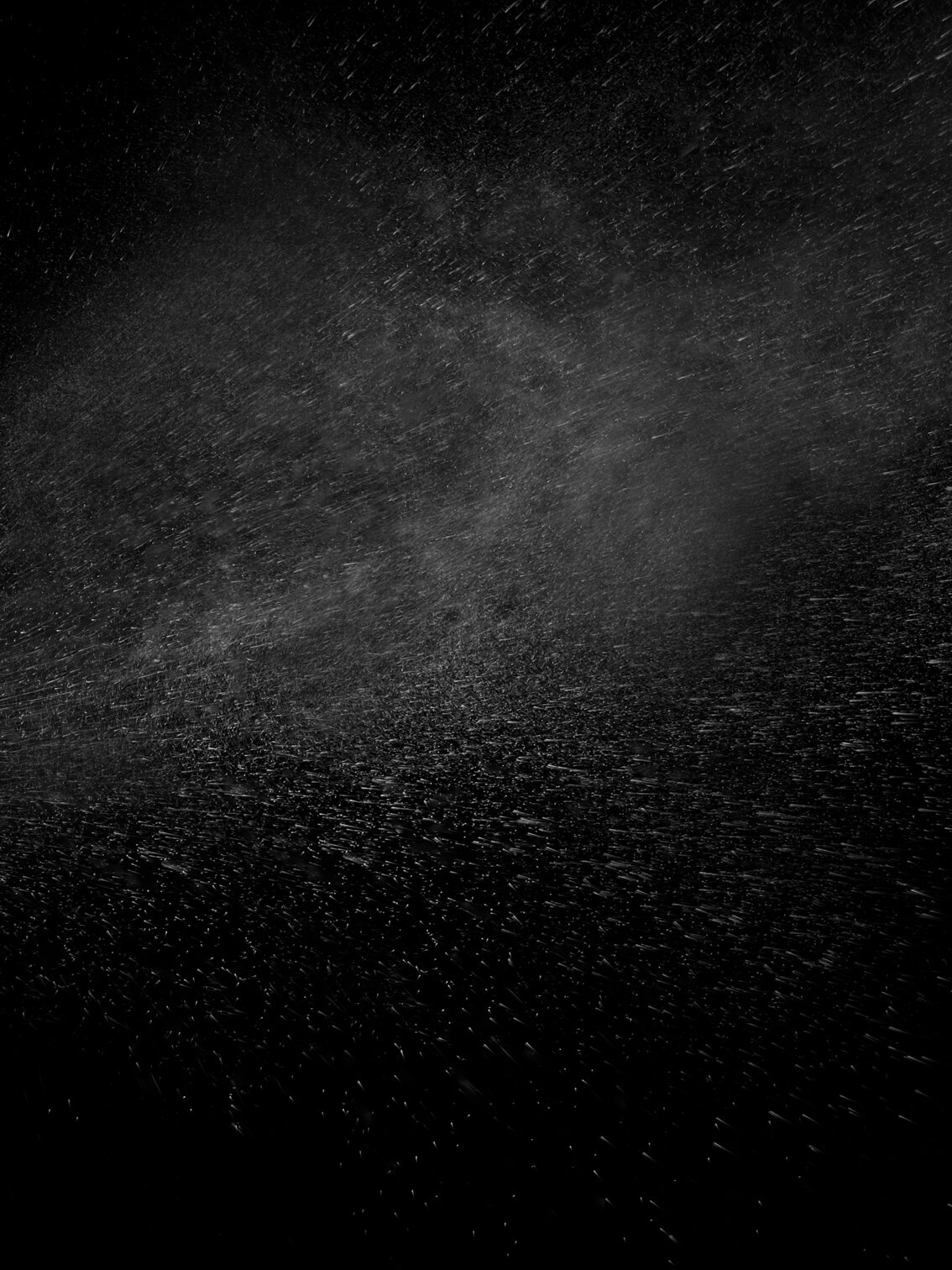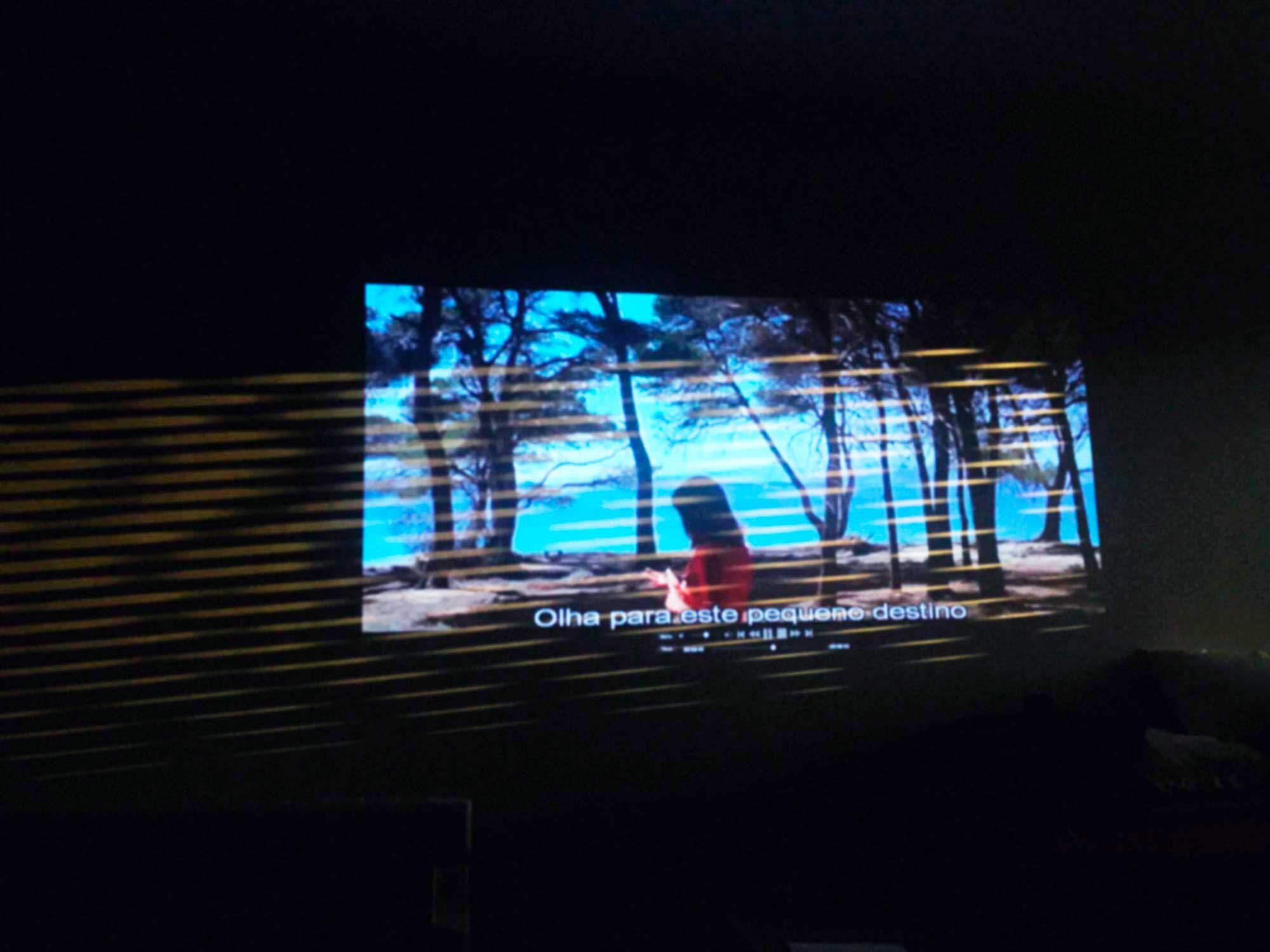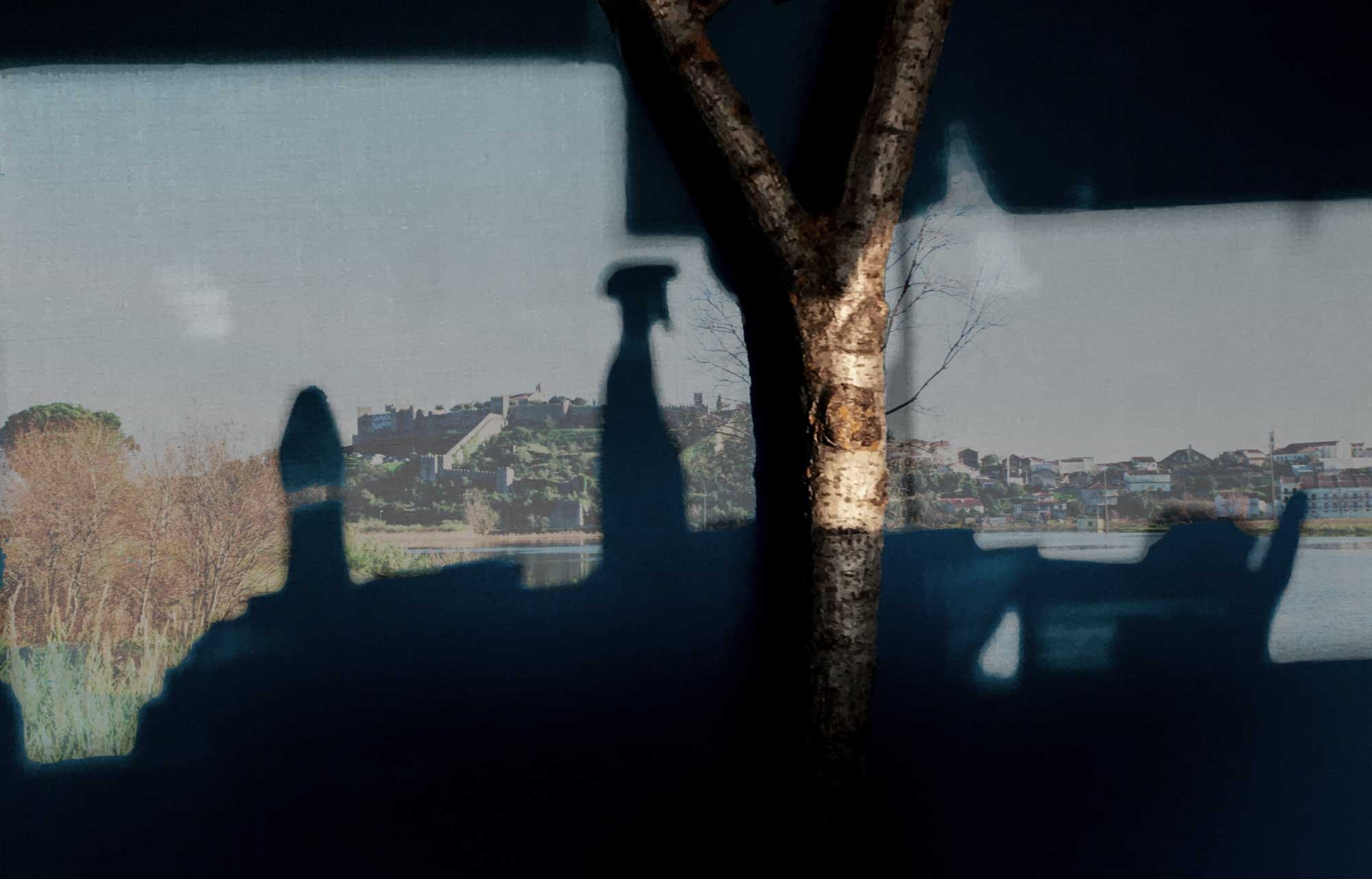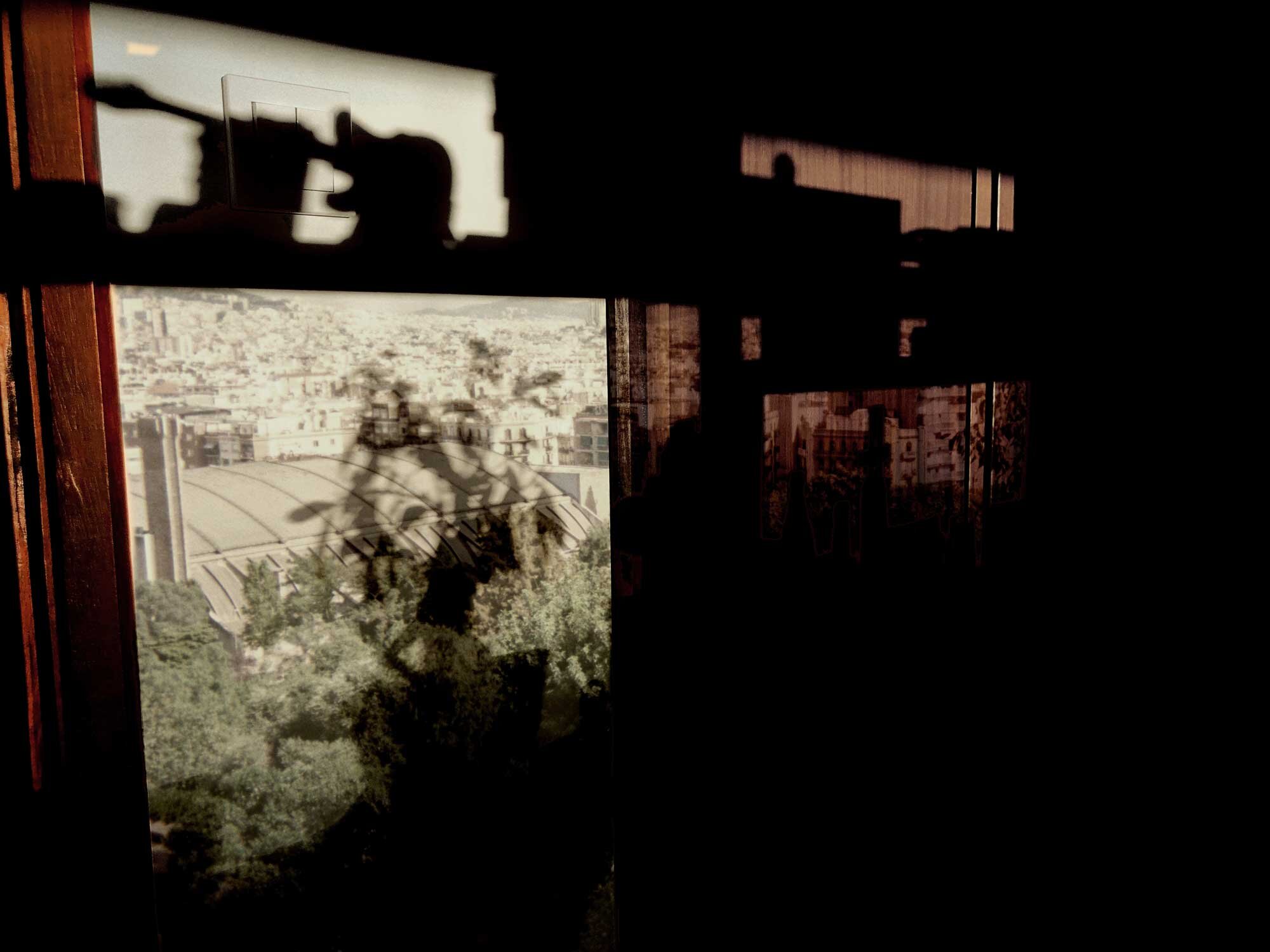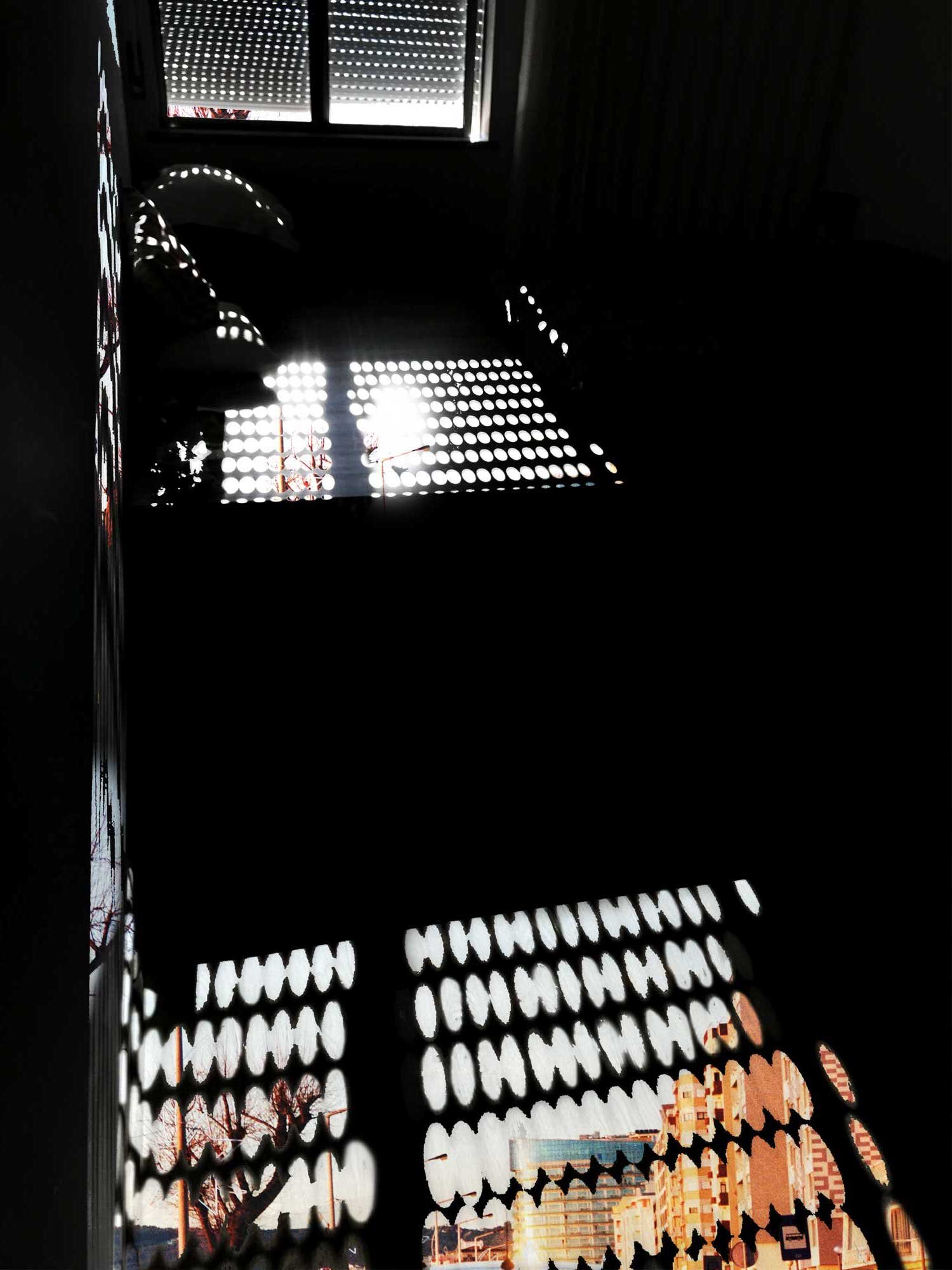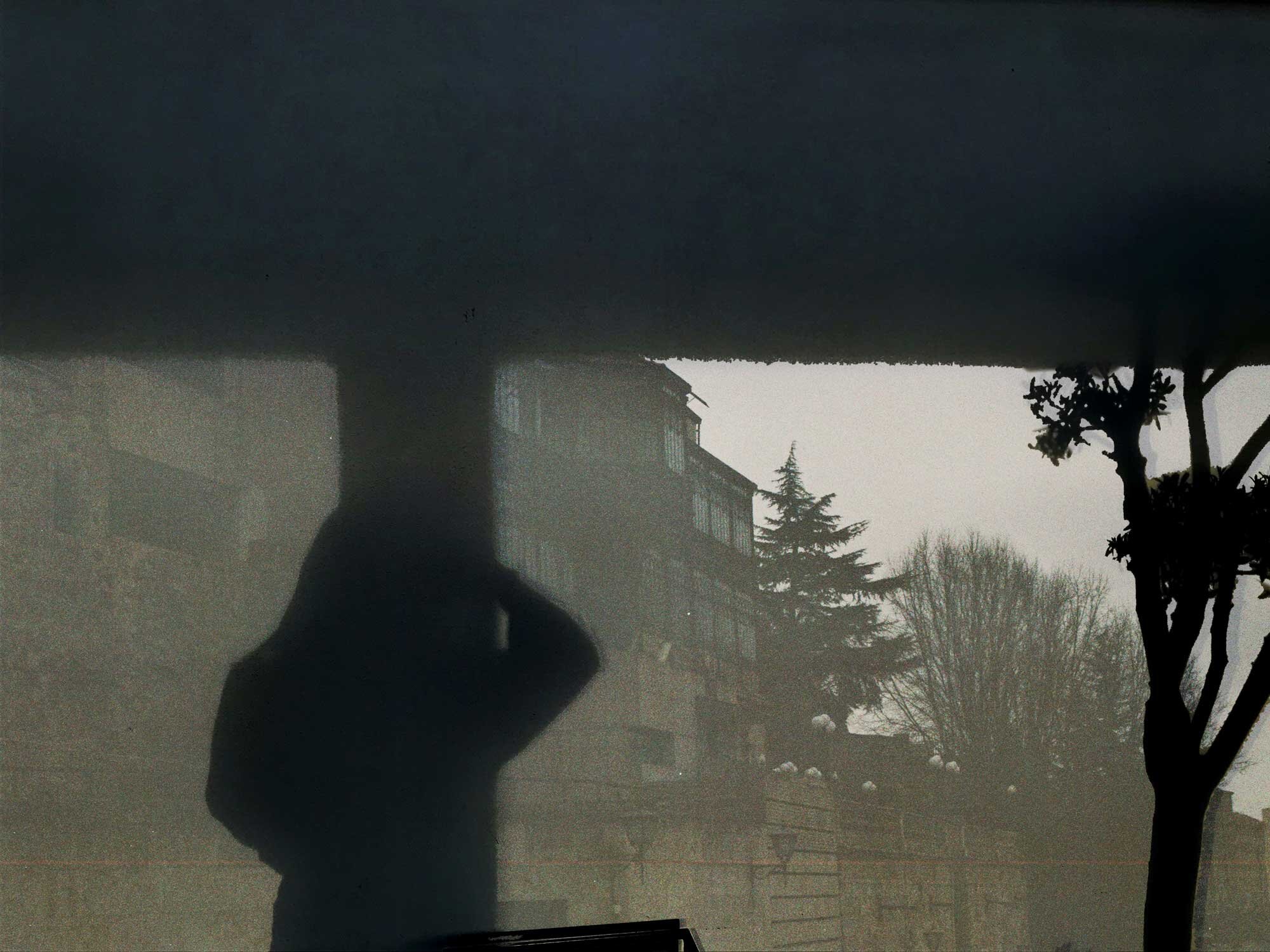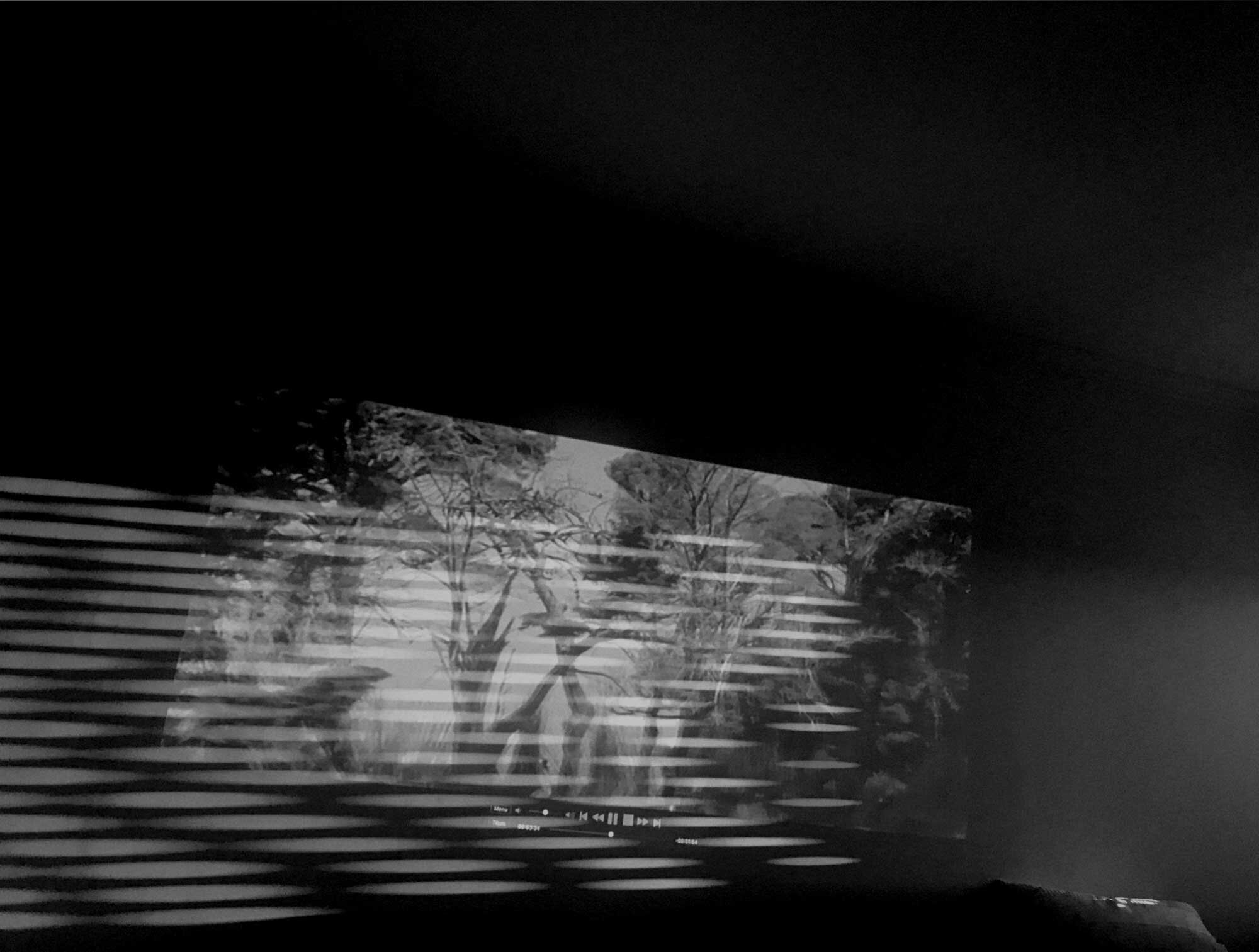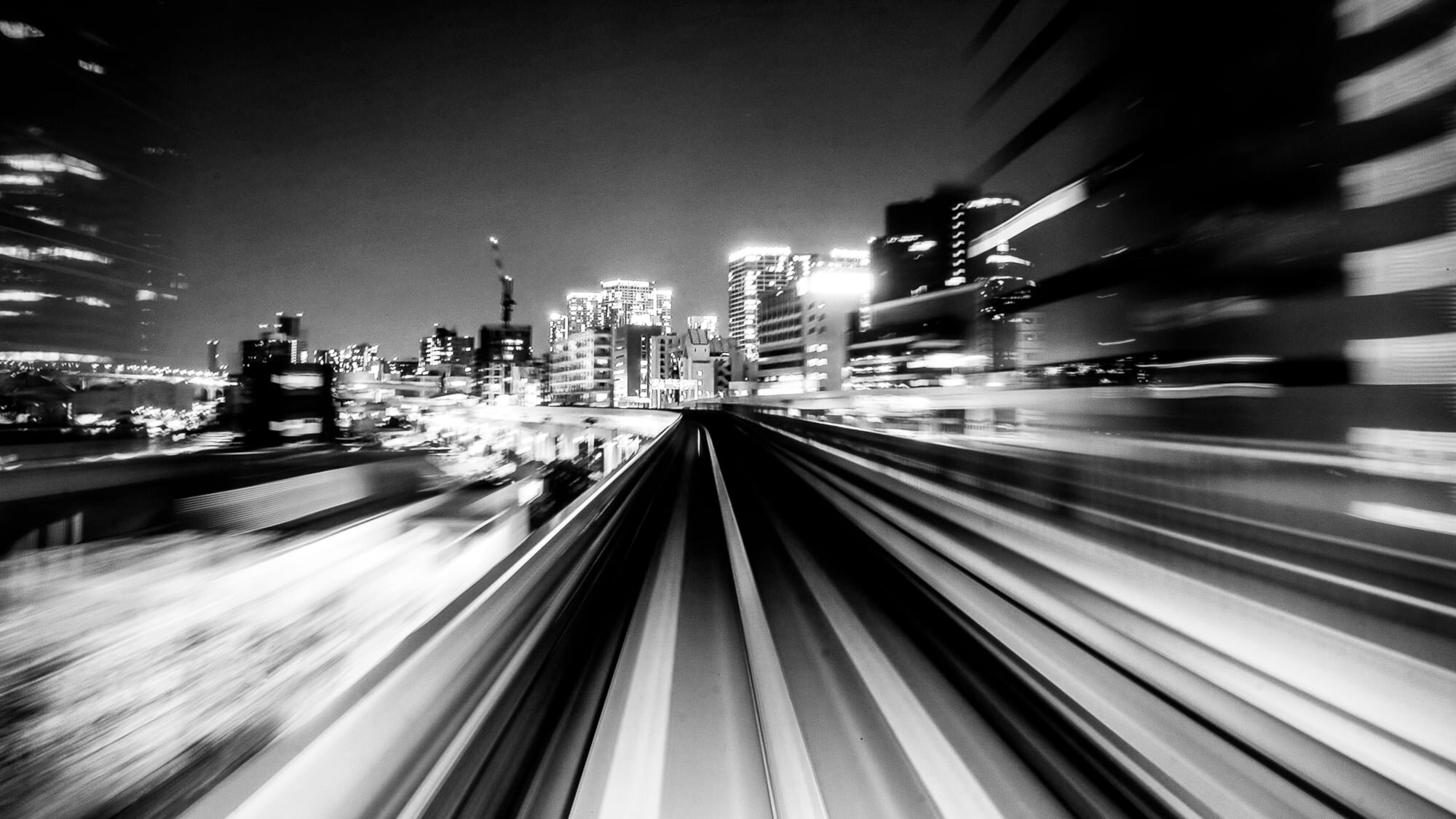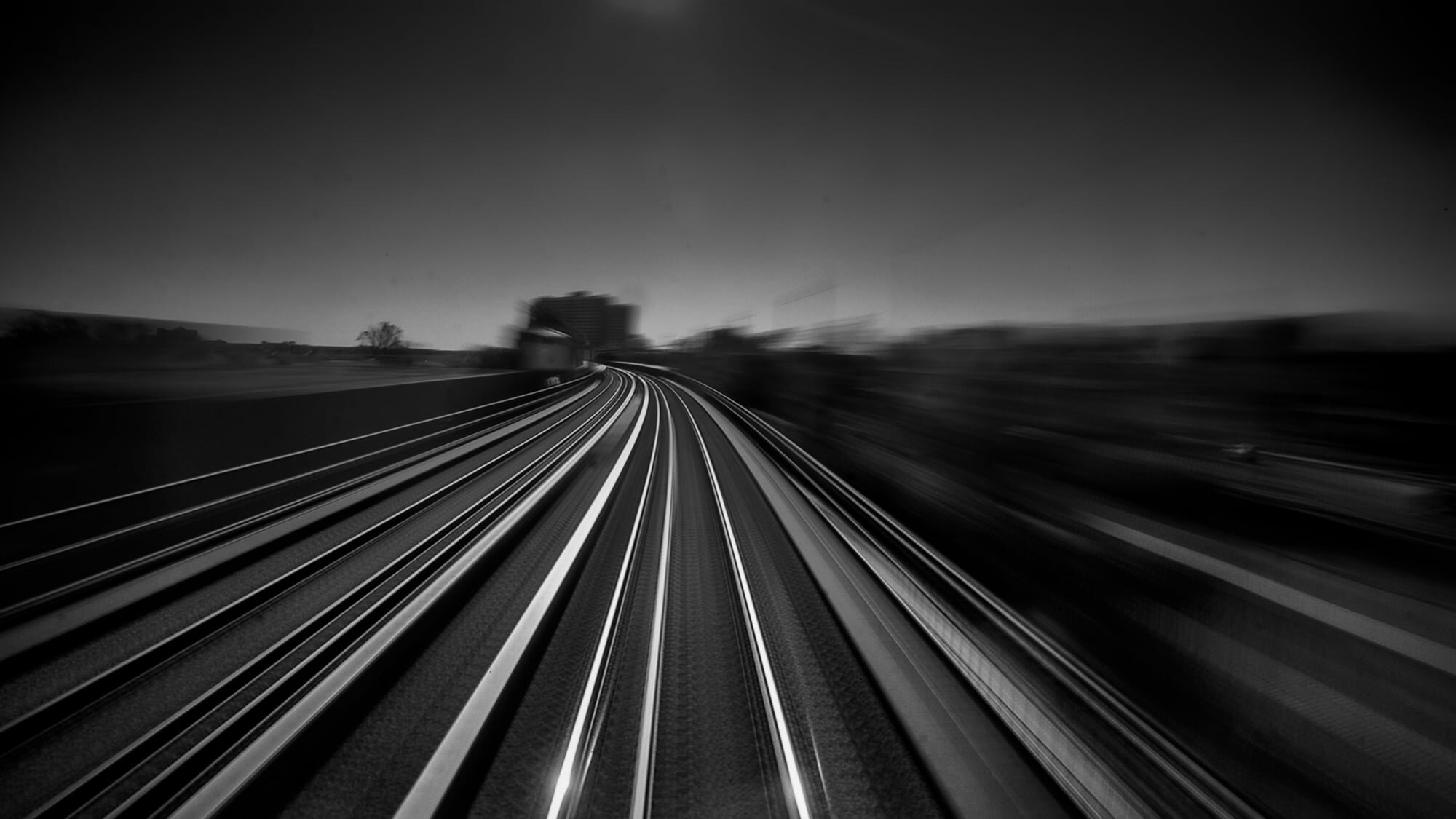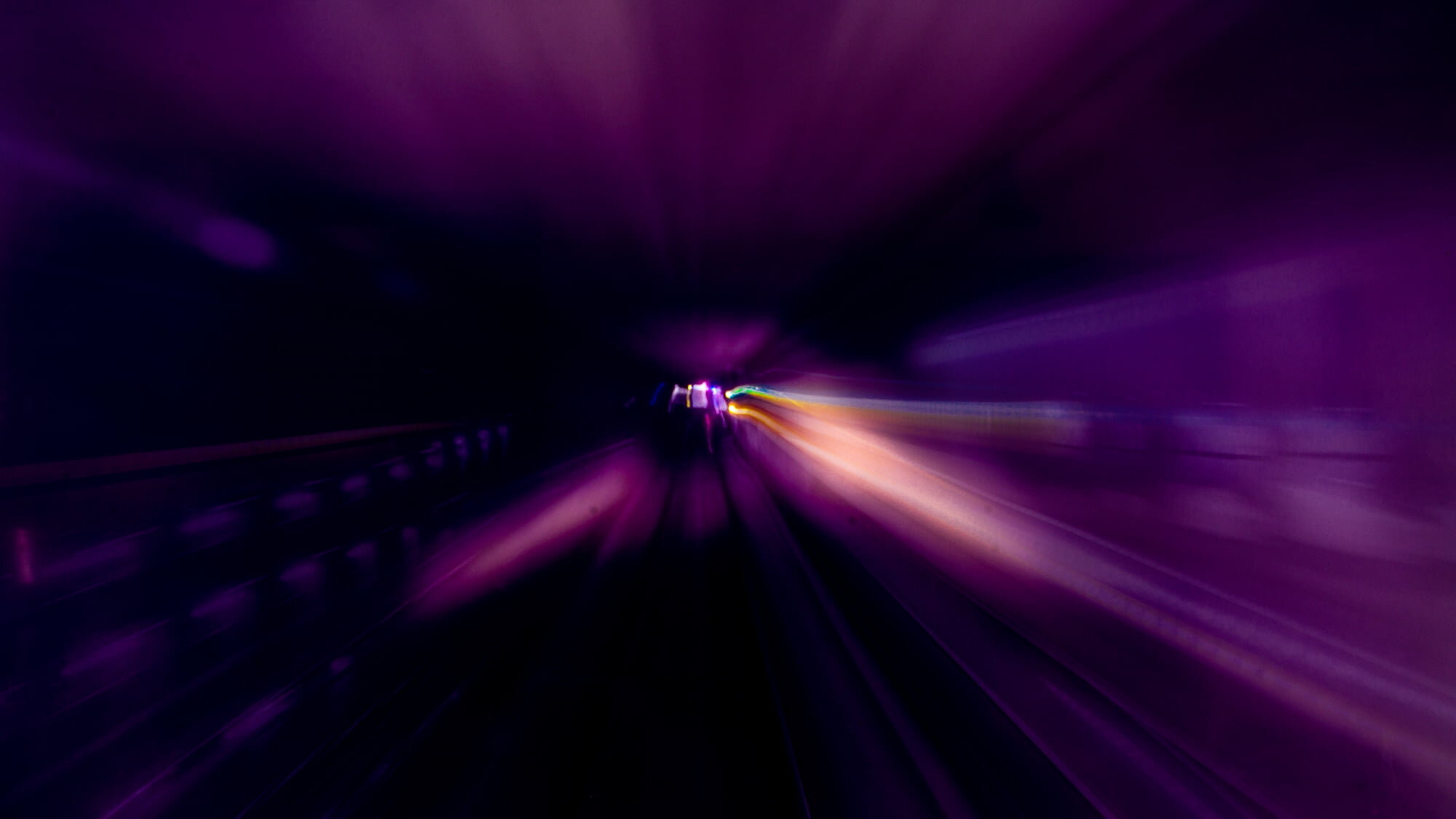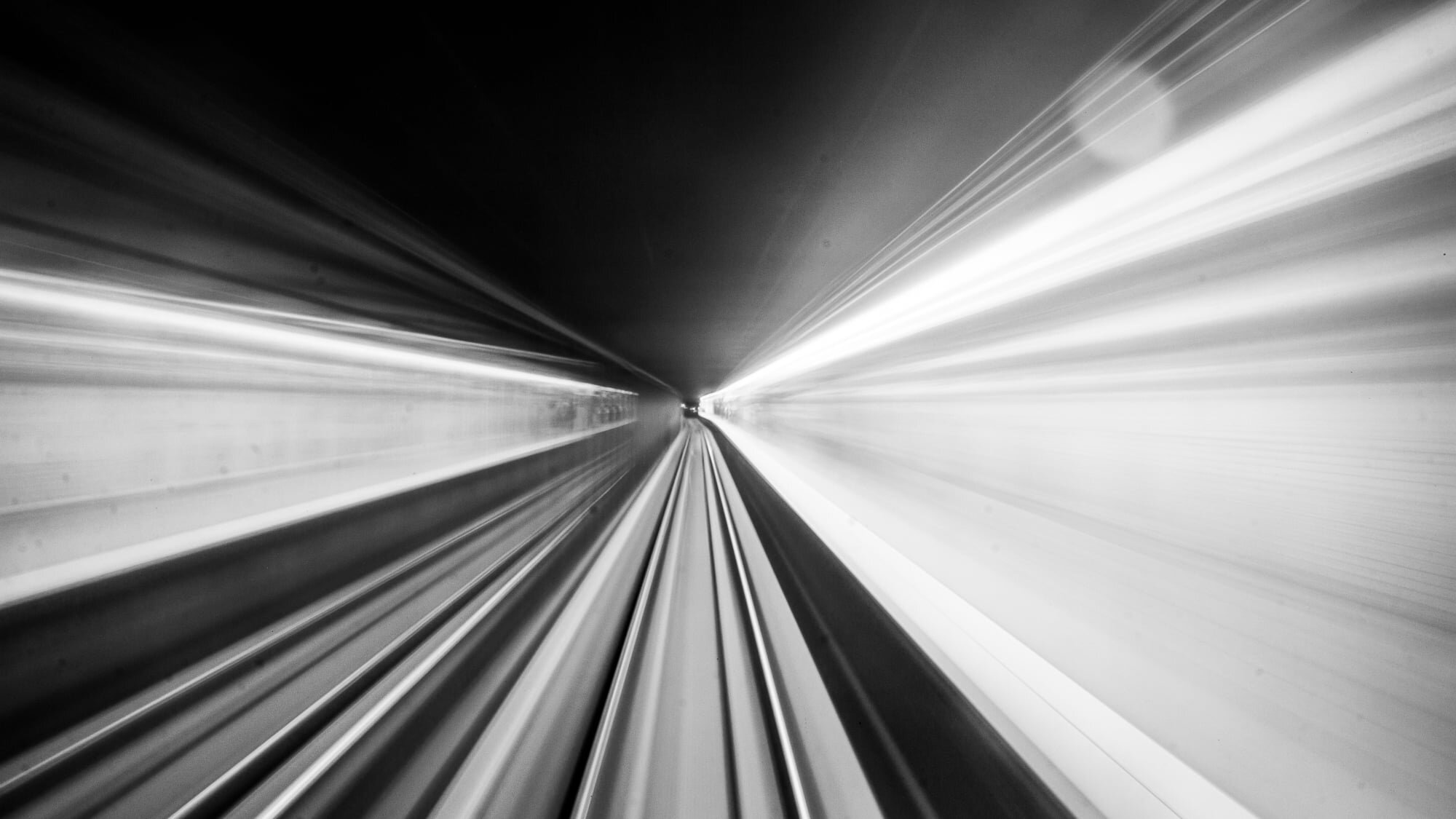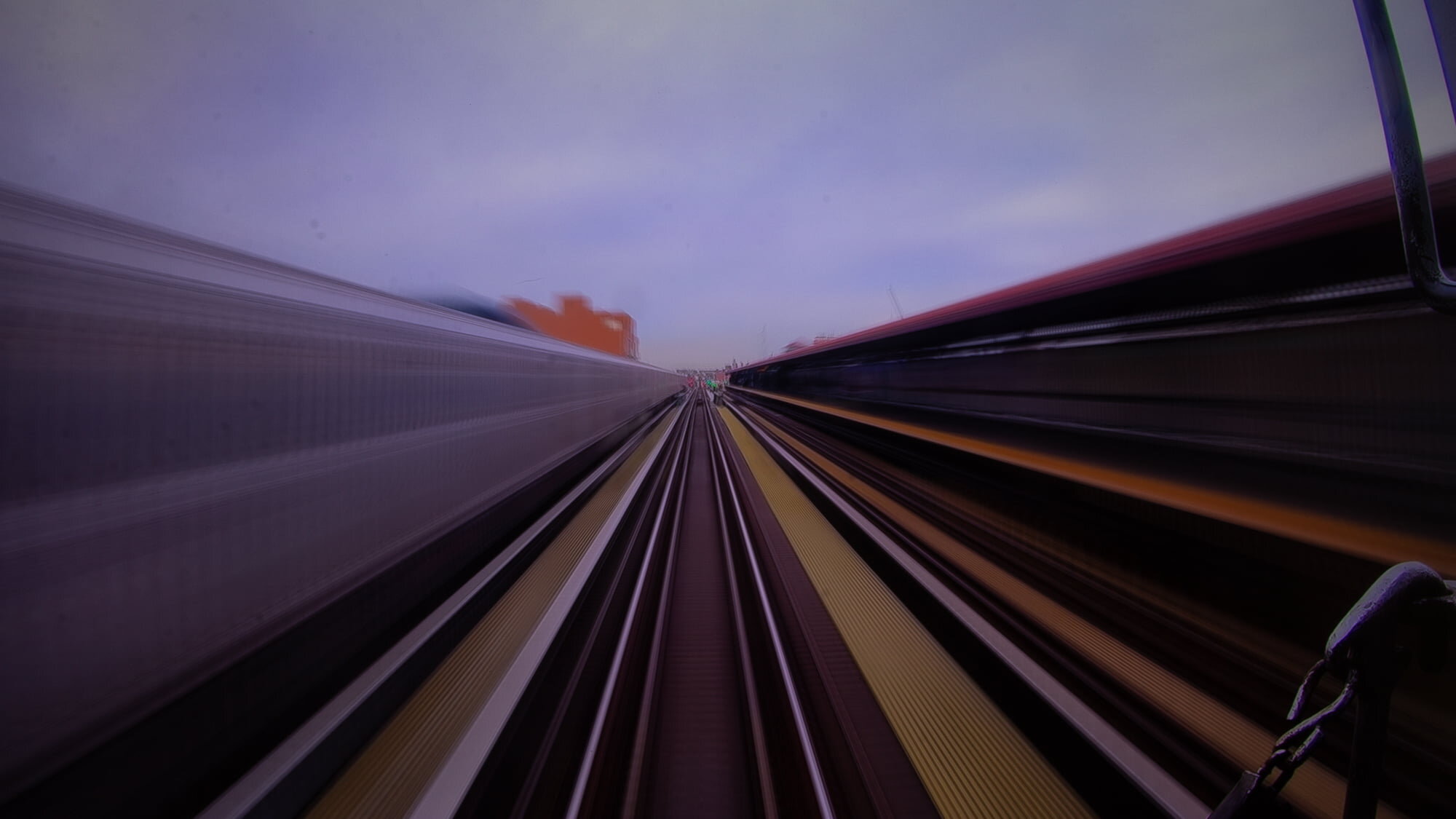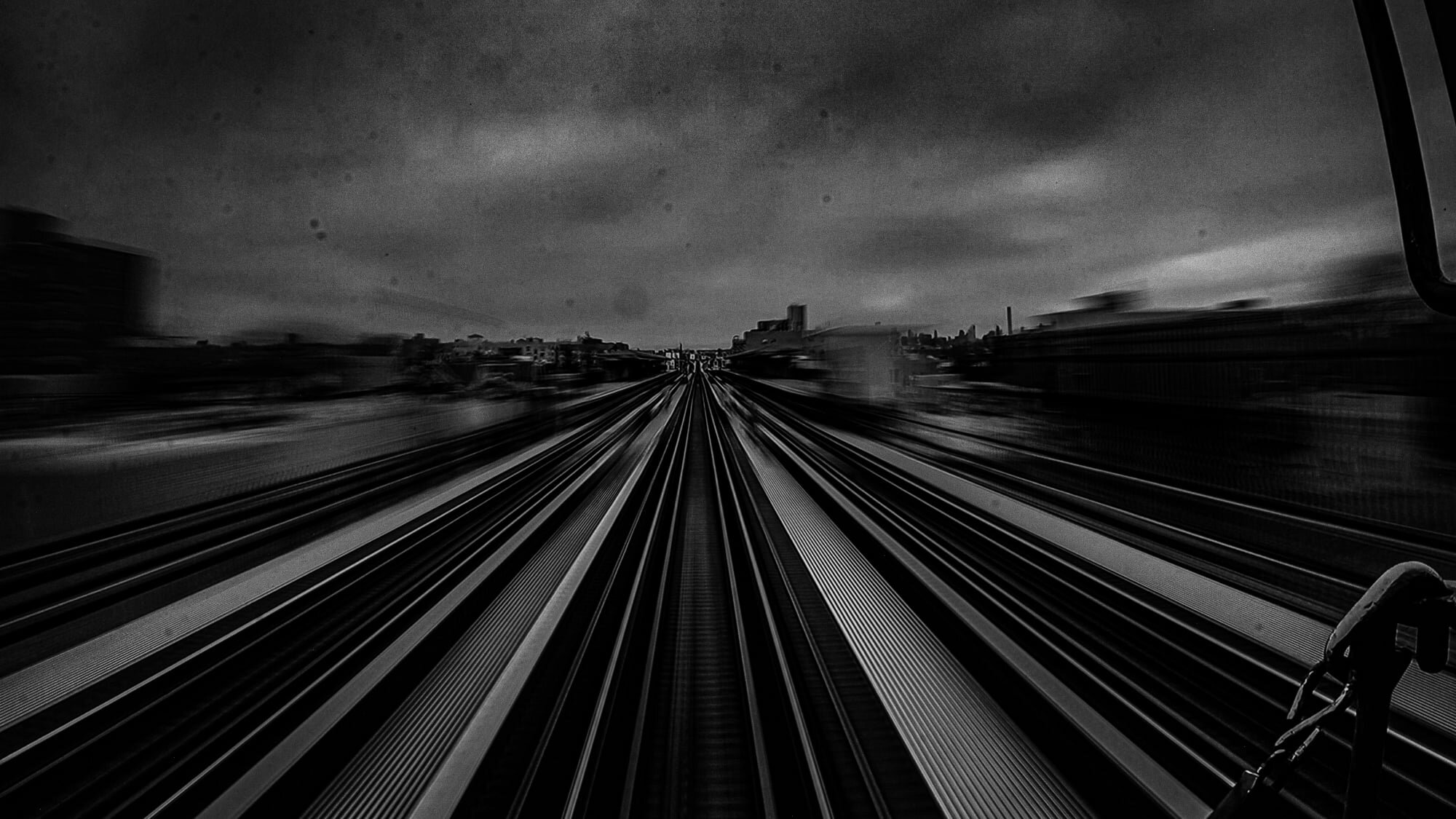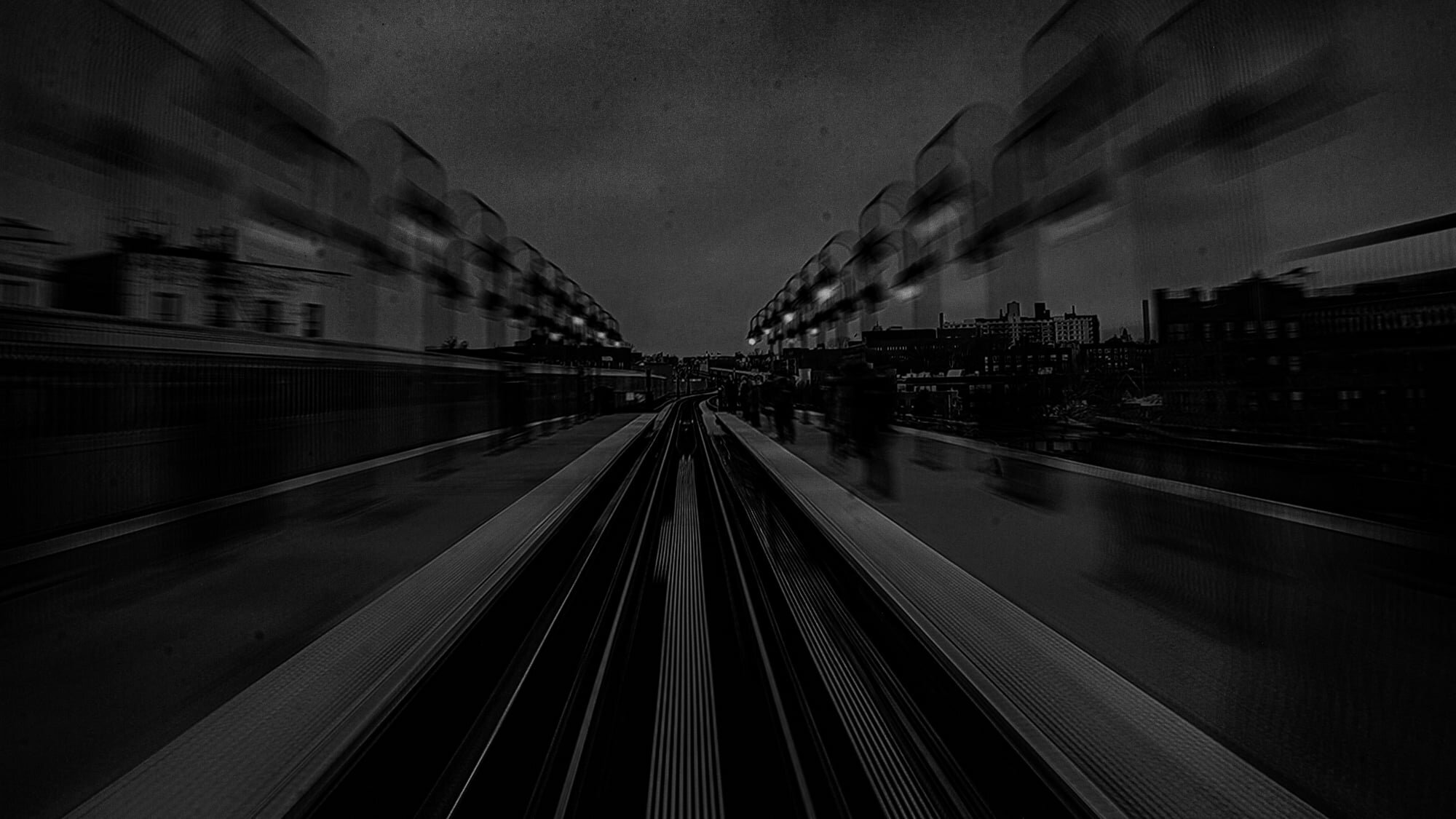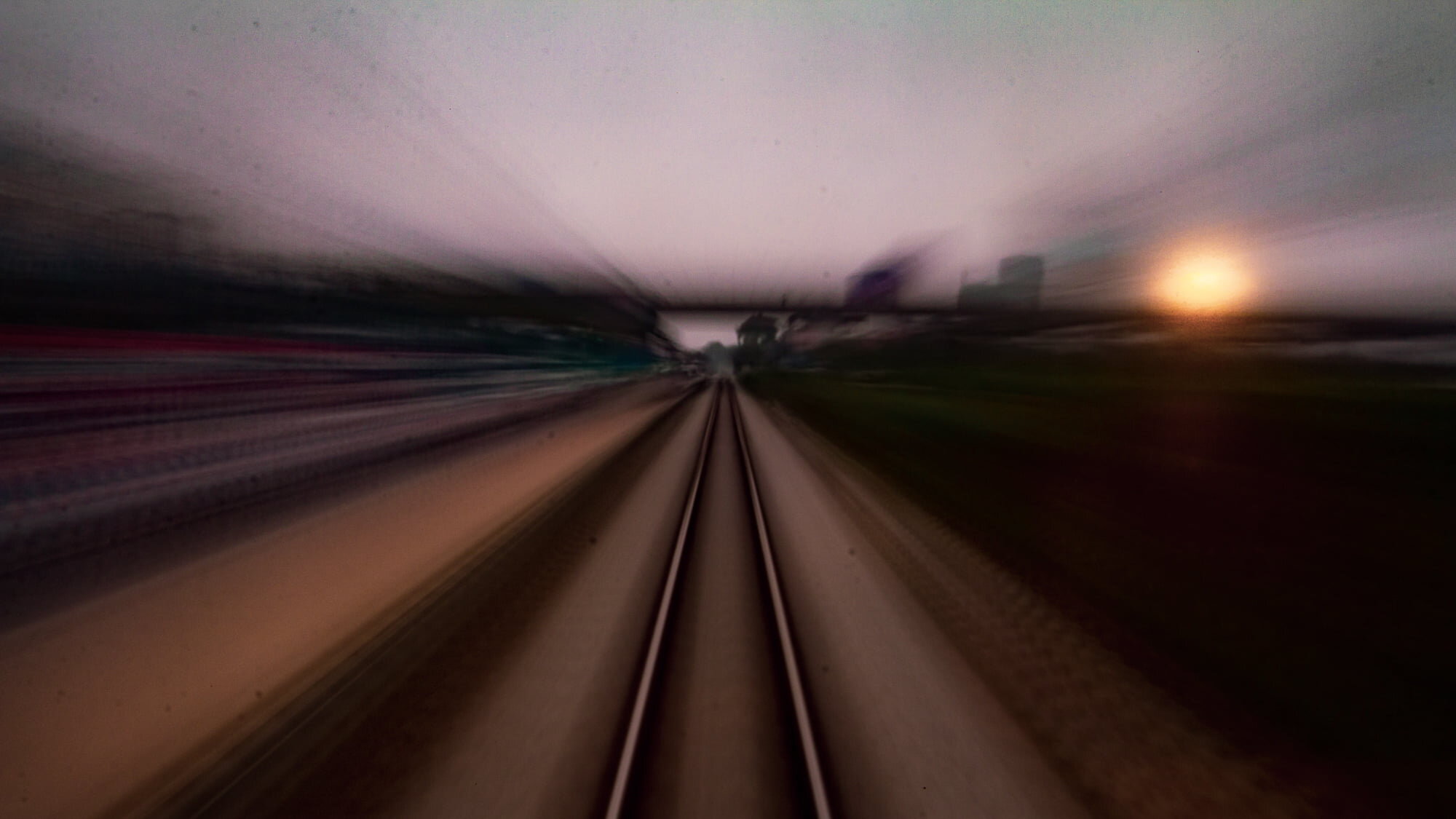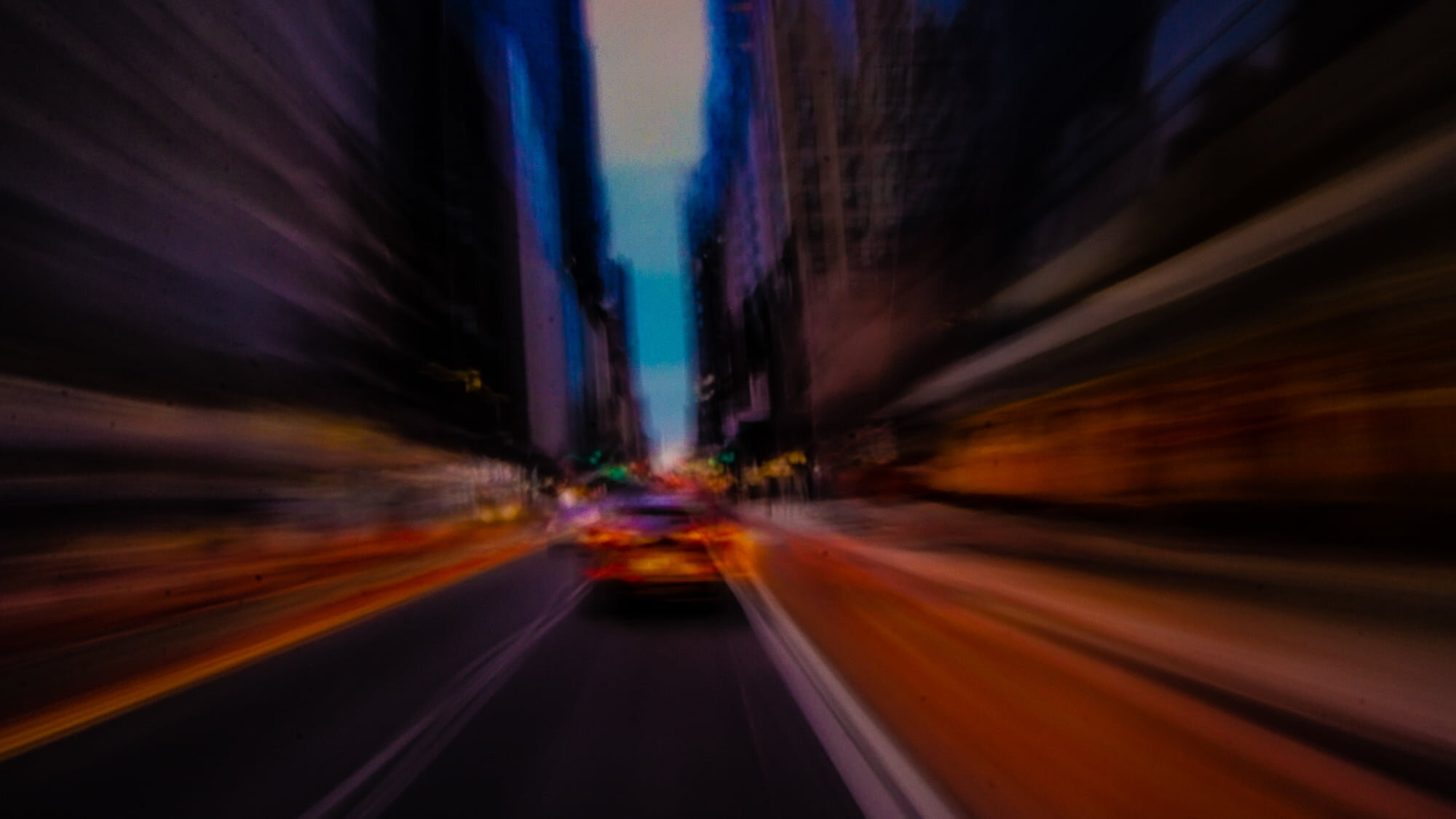The Things We Must Face
by Matt Milligan
PT | EN
When news of the shutdowns started to make the rounds, I was at the office—three floors of an eerie and quiet building occupied by me and, occasionally, the cleaning guy. It had been that way for a week or so. Everyone who had the means was leaving or preparing to leave the city, and my office was no exception.
The flight of those who could afford to leave was the first division. And it was this apparent class separation that would, at least for me, expose the rest of what was to come as a series of interlopers—unwanted visitors that keep showing up at the doorstep of America. This reminded me of something James Baldwin said, "You think your pain and your heartbreak are unprecedented in the history of the world, but then you read."
Despite what we frequently see in the media, there is nothing unprecedented about 2020. We are experiencing problems that have been with us for generations, problems that stem from divisions. And those divisions are rooted in money, politics, religion, race, and other things one should not talk about in polite company. But these social taboos are the very things we must talk about—and face—as Mr. Baldwin also said, or they will keep splitting us in two over and over again.
A couple of weeks after the stay-at-home order had gone into effect, the half of us who remained in the city had to navigate a familiar but unknown landscape. My neighborhood had become as empty and quiet as my office had been. When I went on walks or the occasional errand, I photographed the changes I saw. I also turned my camera inside (because we were inside all the time!); it seemed an instinctive response to the confinement. I began to see repeated images and symbols, sometimes subtle and sometimes overt. I realized that if I was sensitive to them, they could bolster the symbols of the past that Baldwin talked about and help me navigate what I was encountering and feeling. As Thomas Merton, an American Trappist monk, said, "the true symbol does not merely point to something else. It contains in itself a structure which awakens our consciousness to a new awareness of the inner meaning of life and of reality itself."
Making these photographs is a cathartic experience for me. It brings to the fore my human "constant preoccupation with pleasure and pain... our pursuit of this happiness," as fourteenth-century Japanese writer Yoshida Kenkō says. It also—thankfully—brings Merton's new awareness that, without his and Baldwin's help, I would not have found. This process and these writers have taught me that before I say anything about the problems I see out in the world, I must first look inside and face myself.
Bio
Matt Milligan is an American artist based in New York City working with digital and film photography. He uses photography and prose to explore personal experiences and how they are shaped by our surroundings, relationships, and the indirect symbols we encounter every day. He layers his visual imagery with interiors and exteriors—both physical and mental—that give nuance and subtle emotional complexity to his work.
Milligan's latest project, The Things We Must Face, is a personal reflection on life in New York City during the pandemic and how James Baldwin, Thomas Merton, and fourteenth-century Japanese writer Yoshida Kenkō influenced his experience and understanding.

